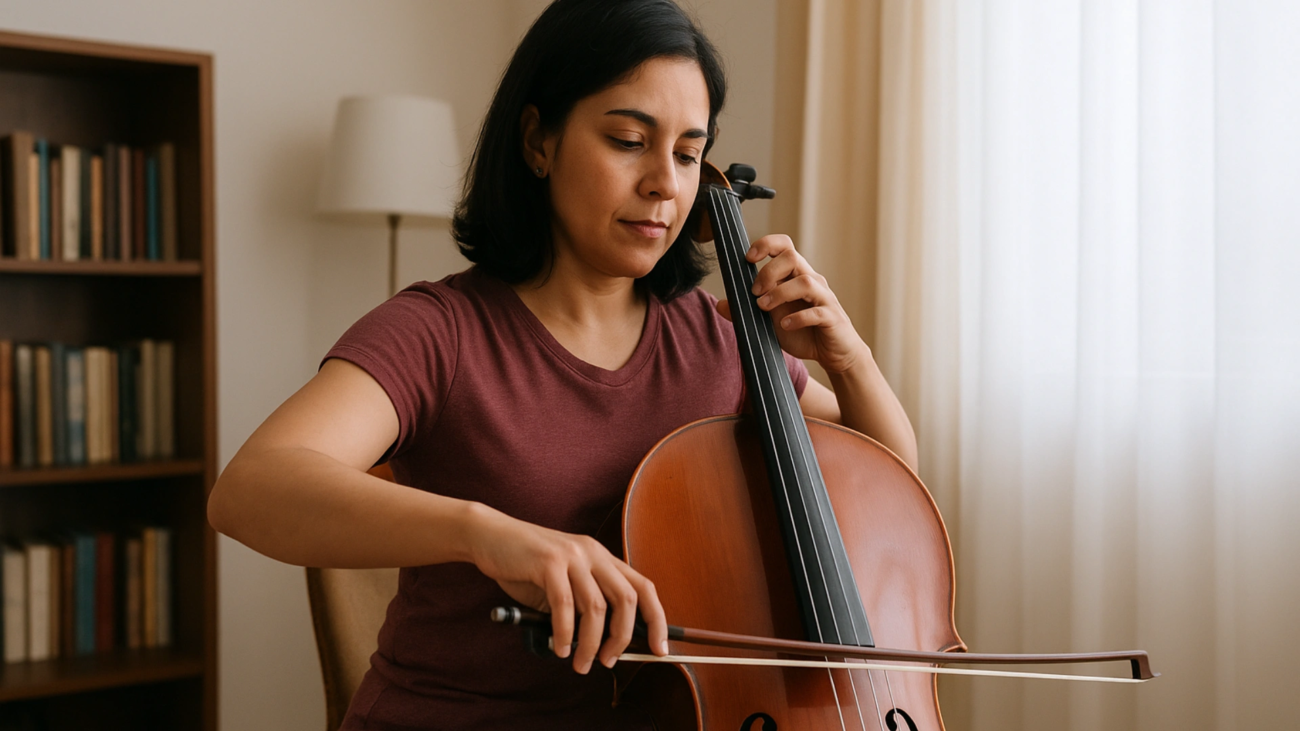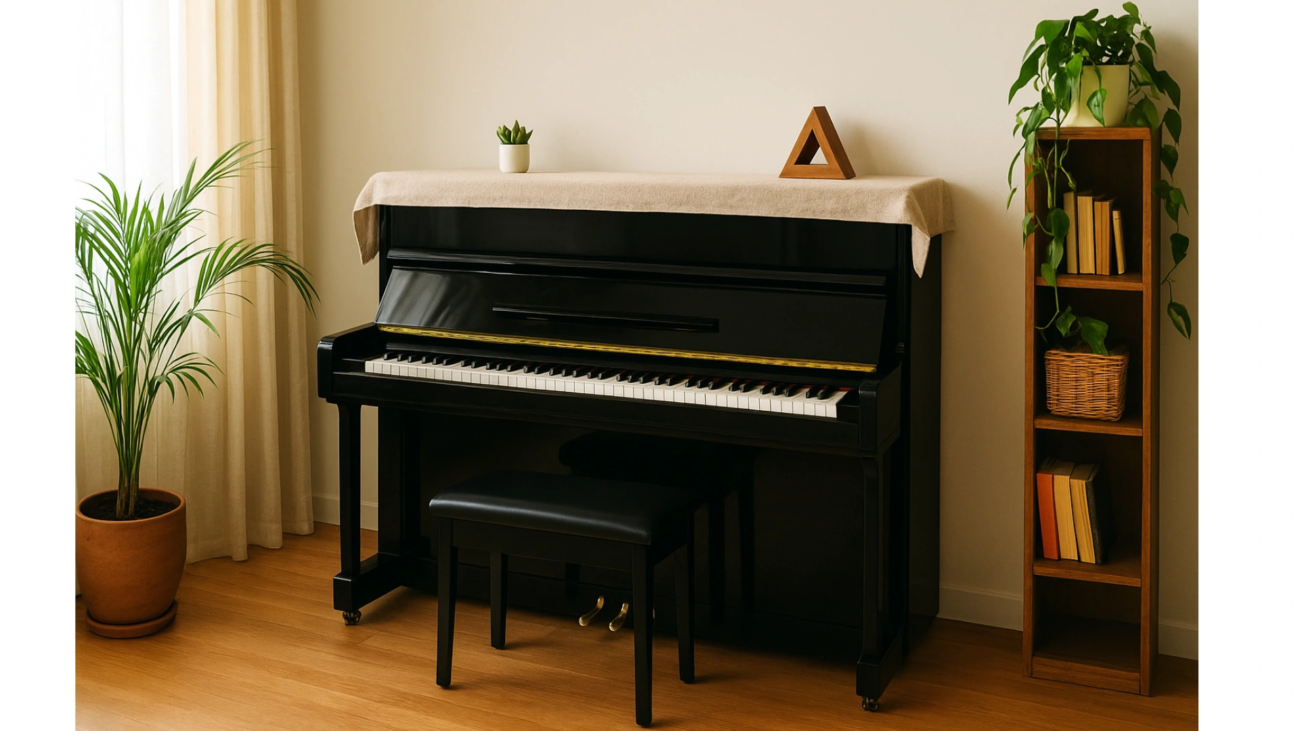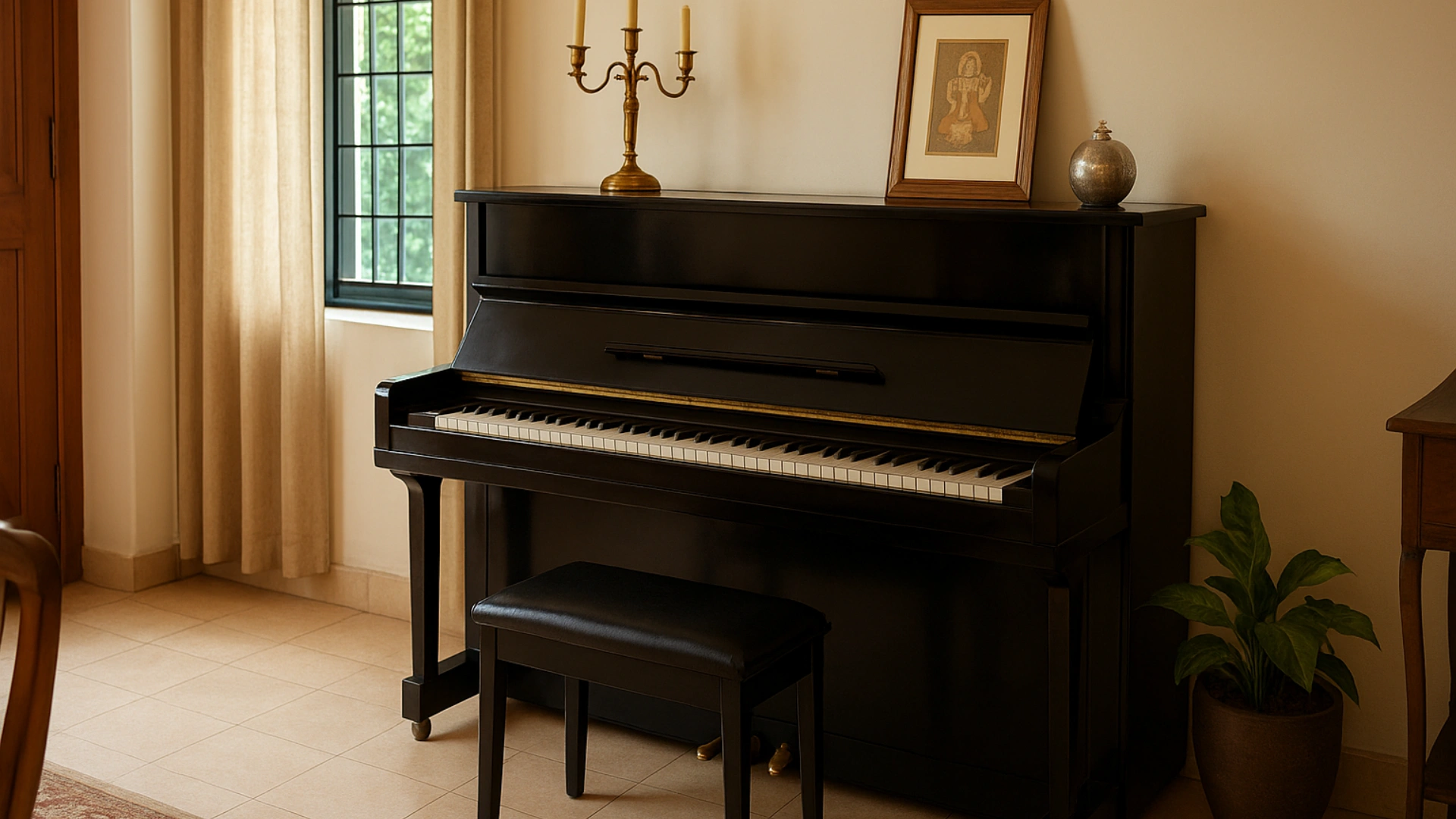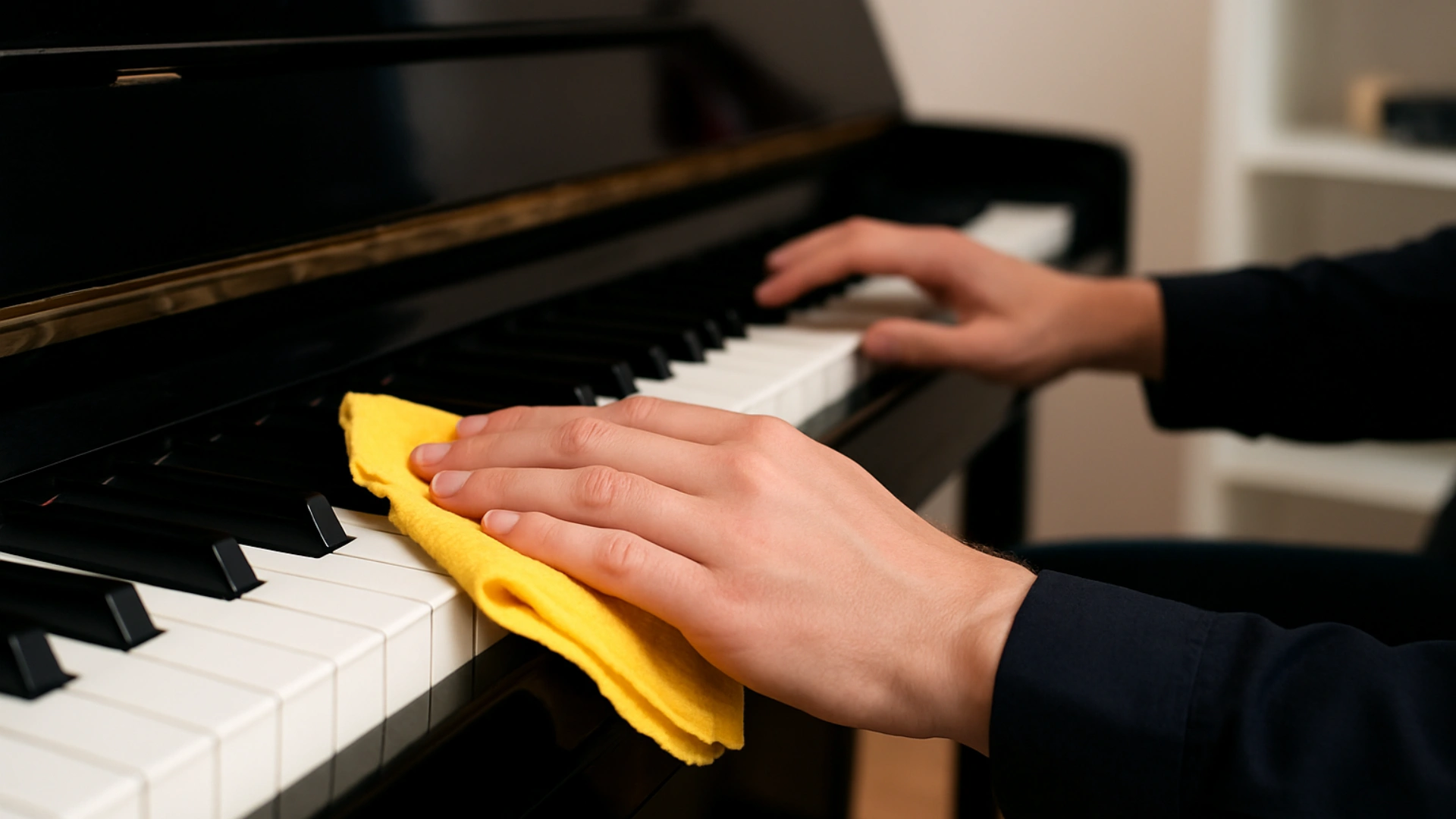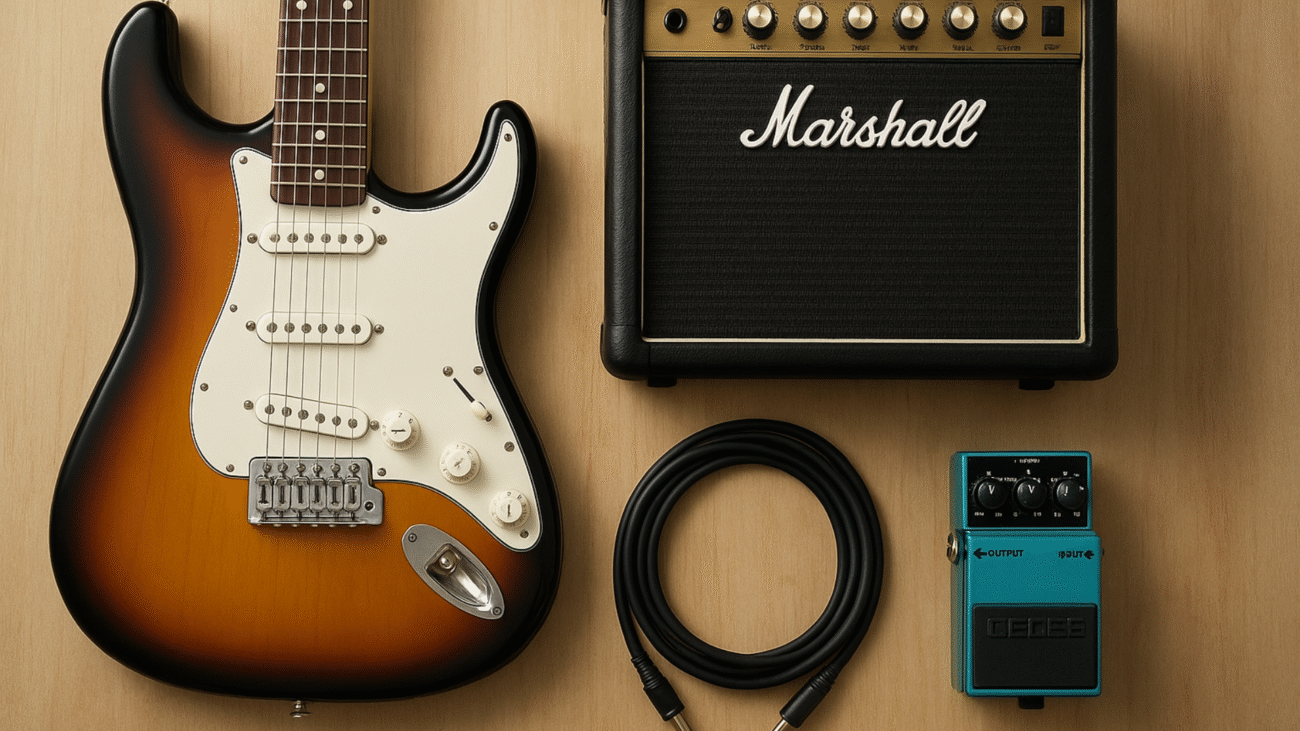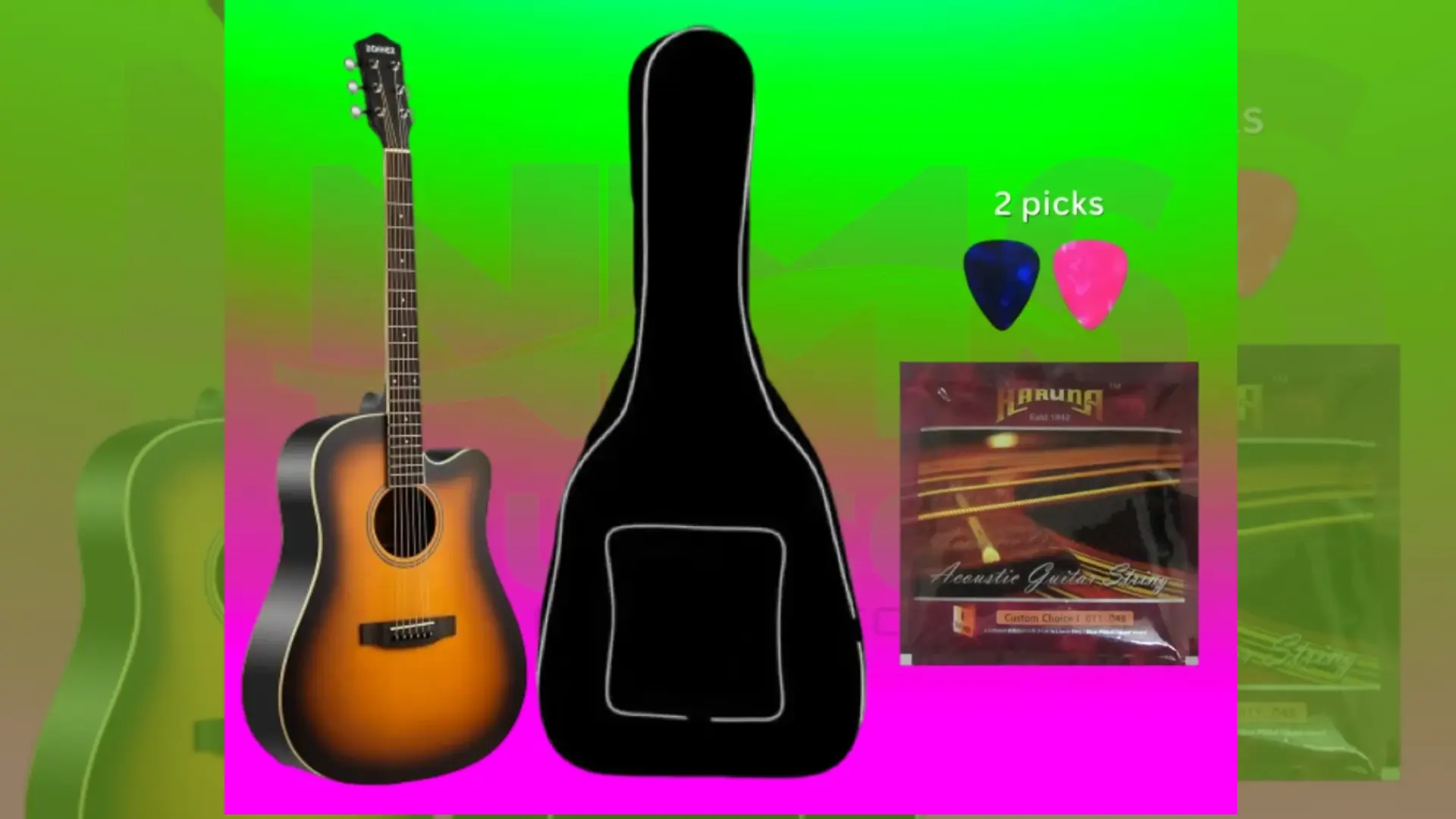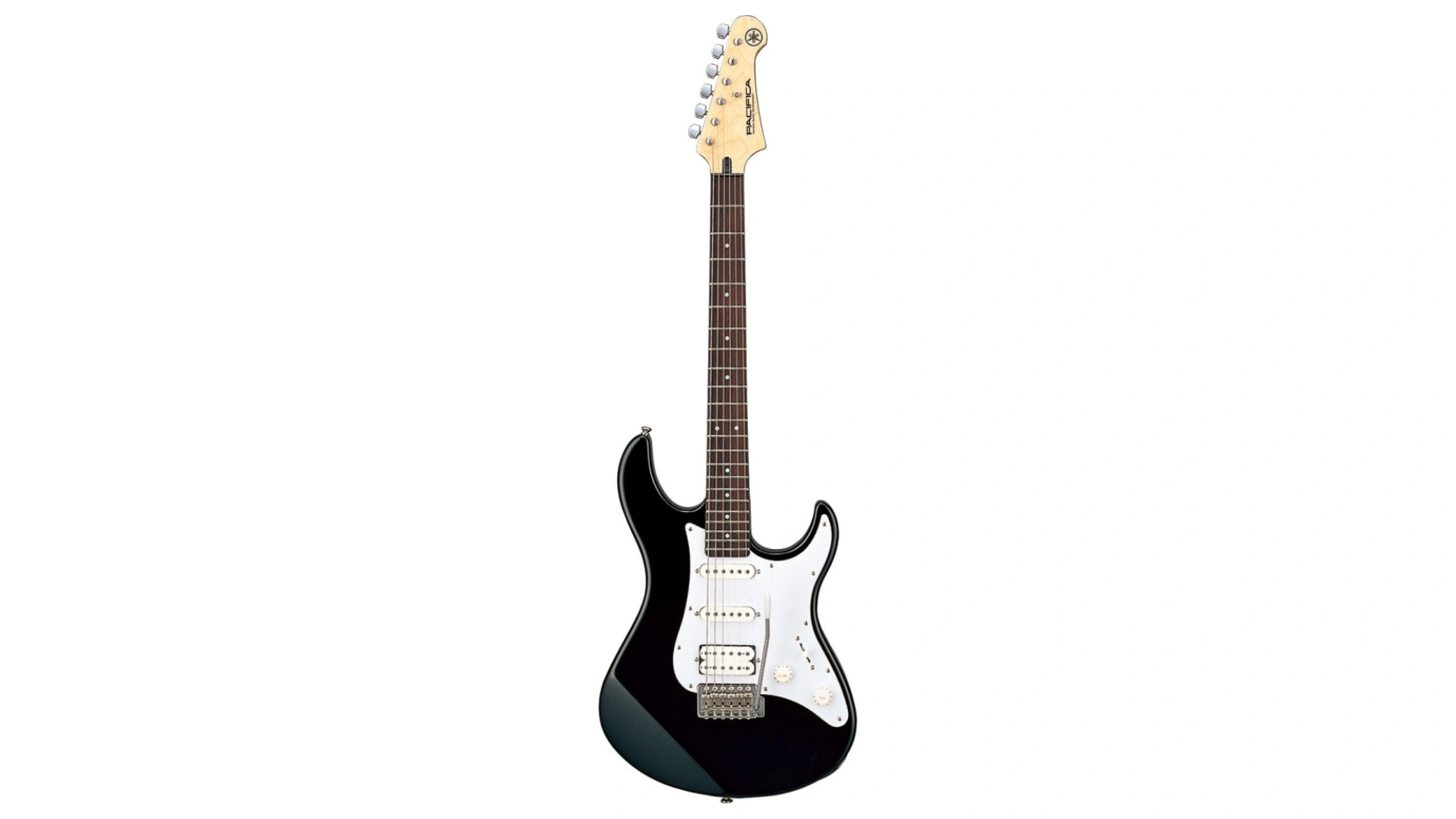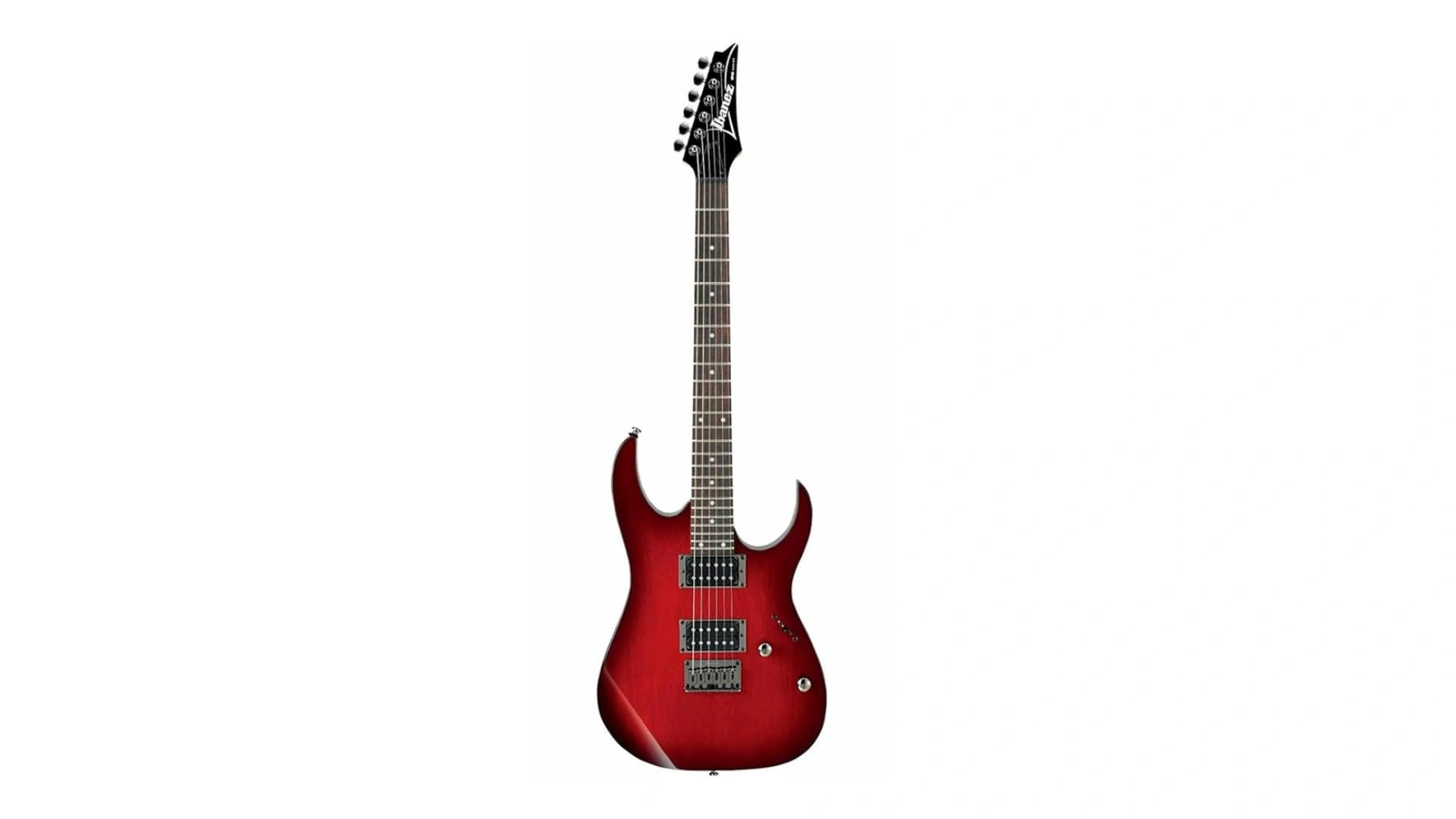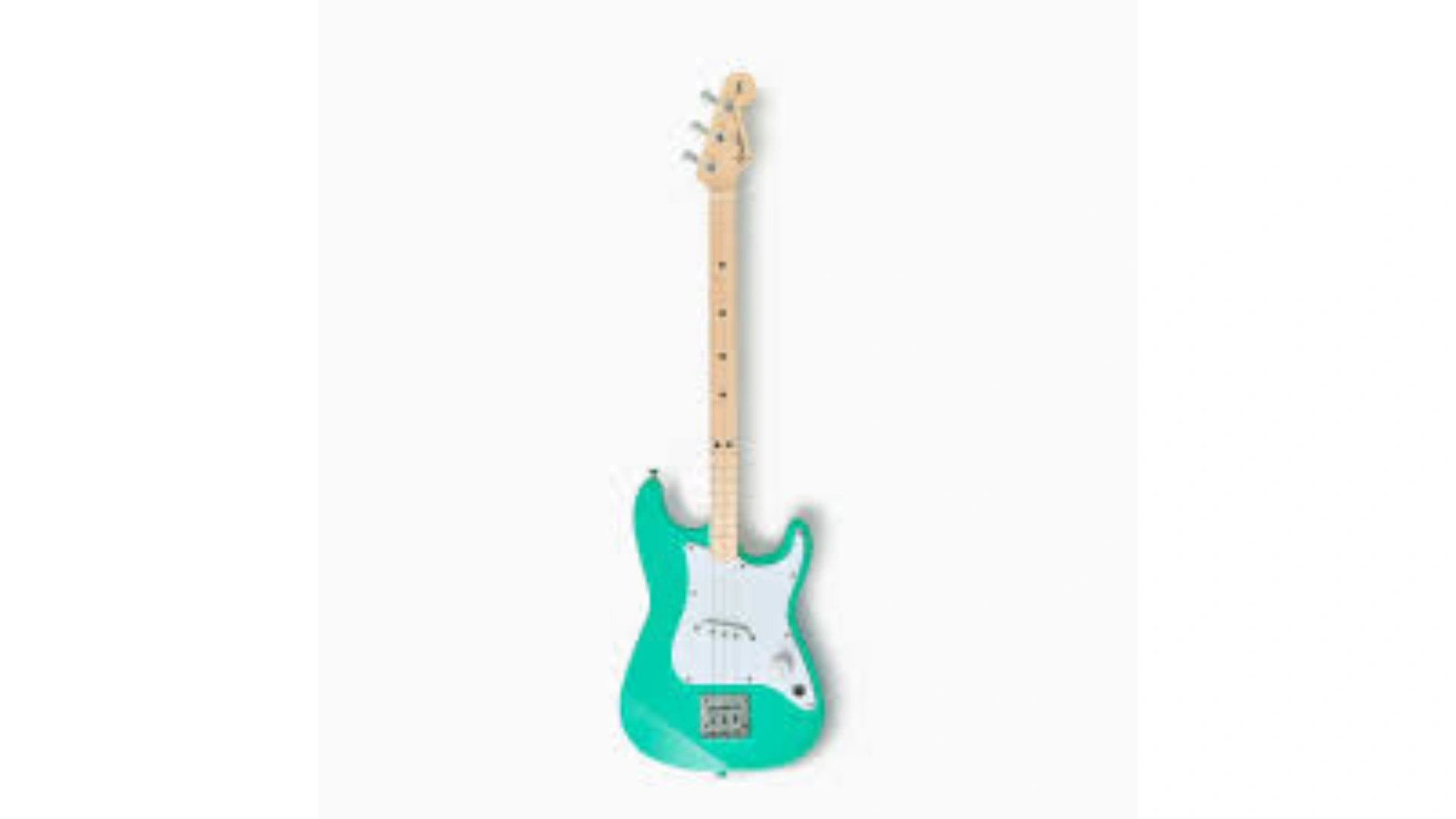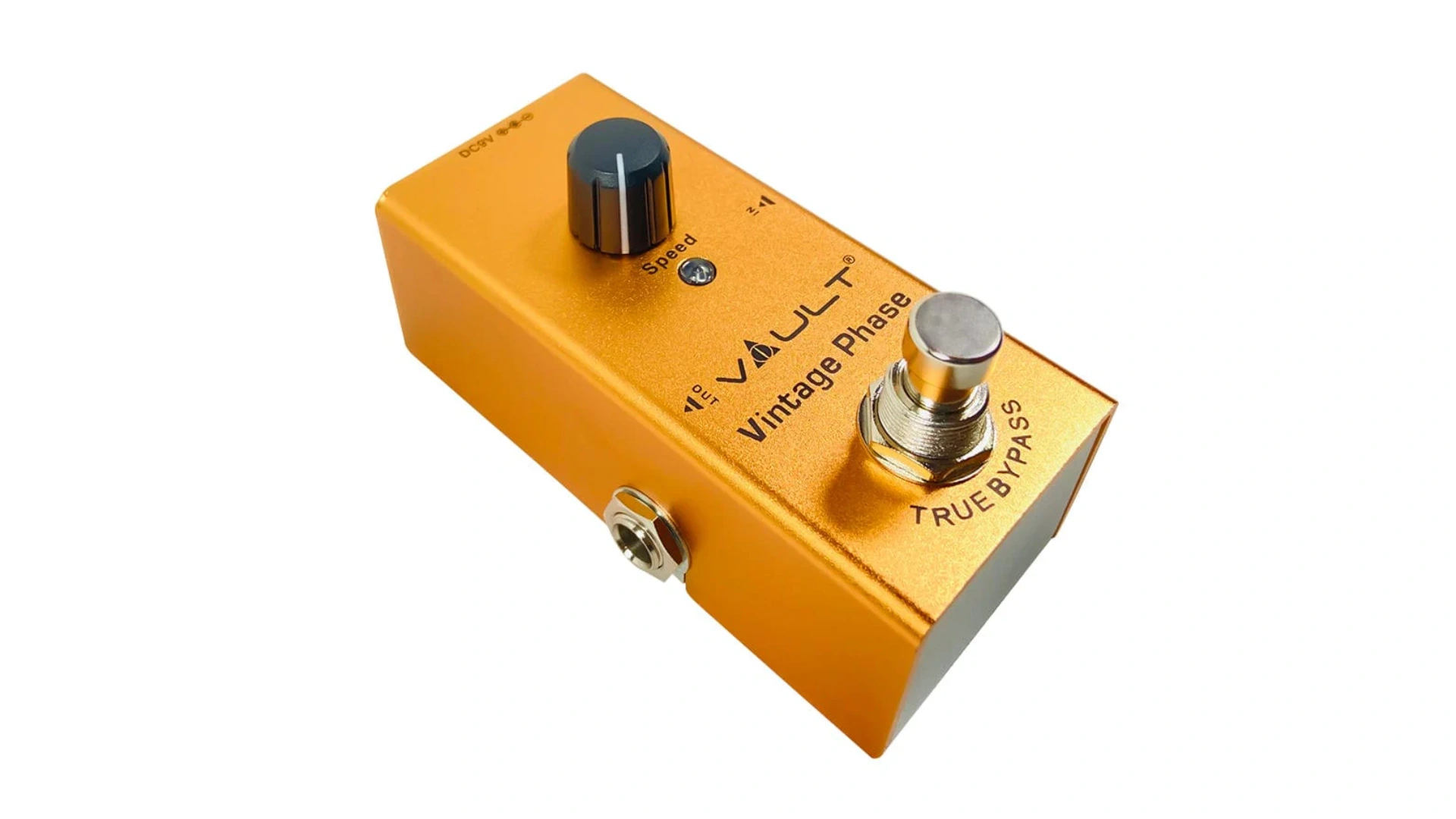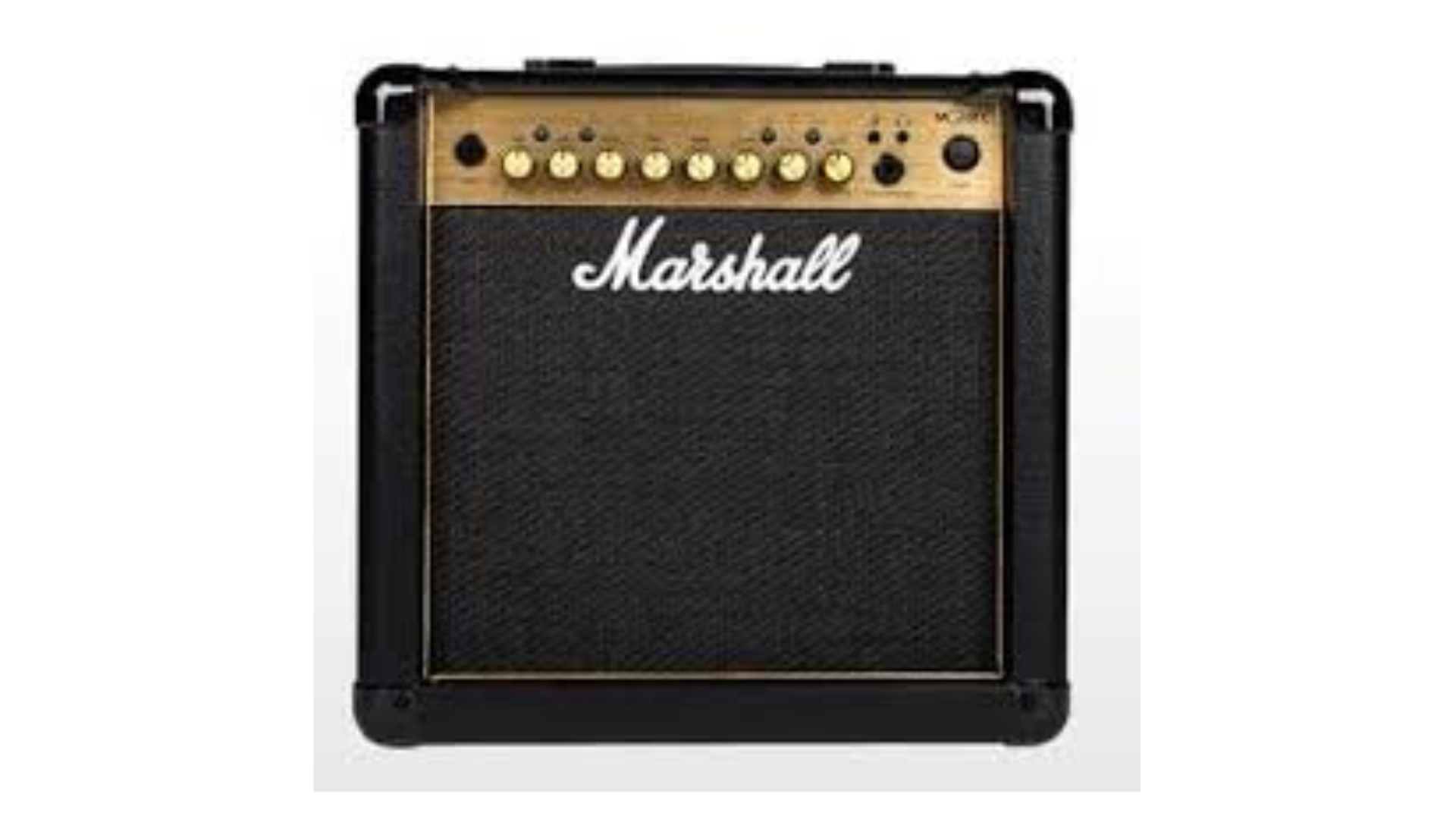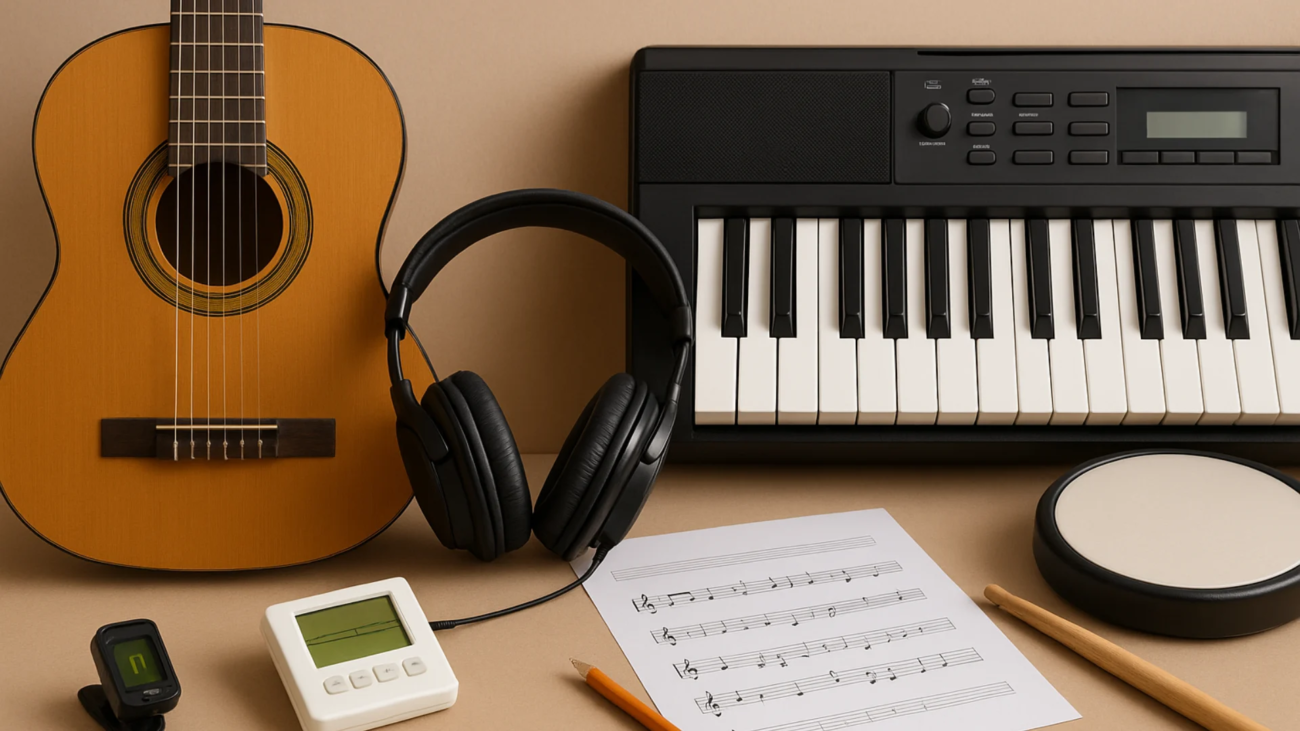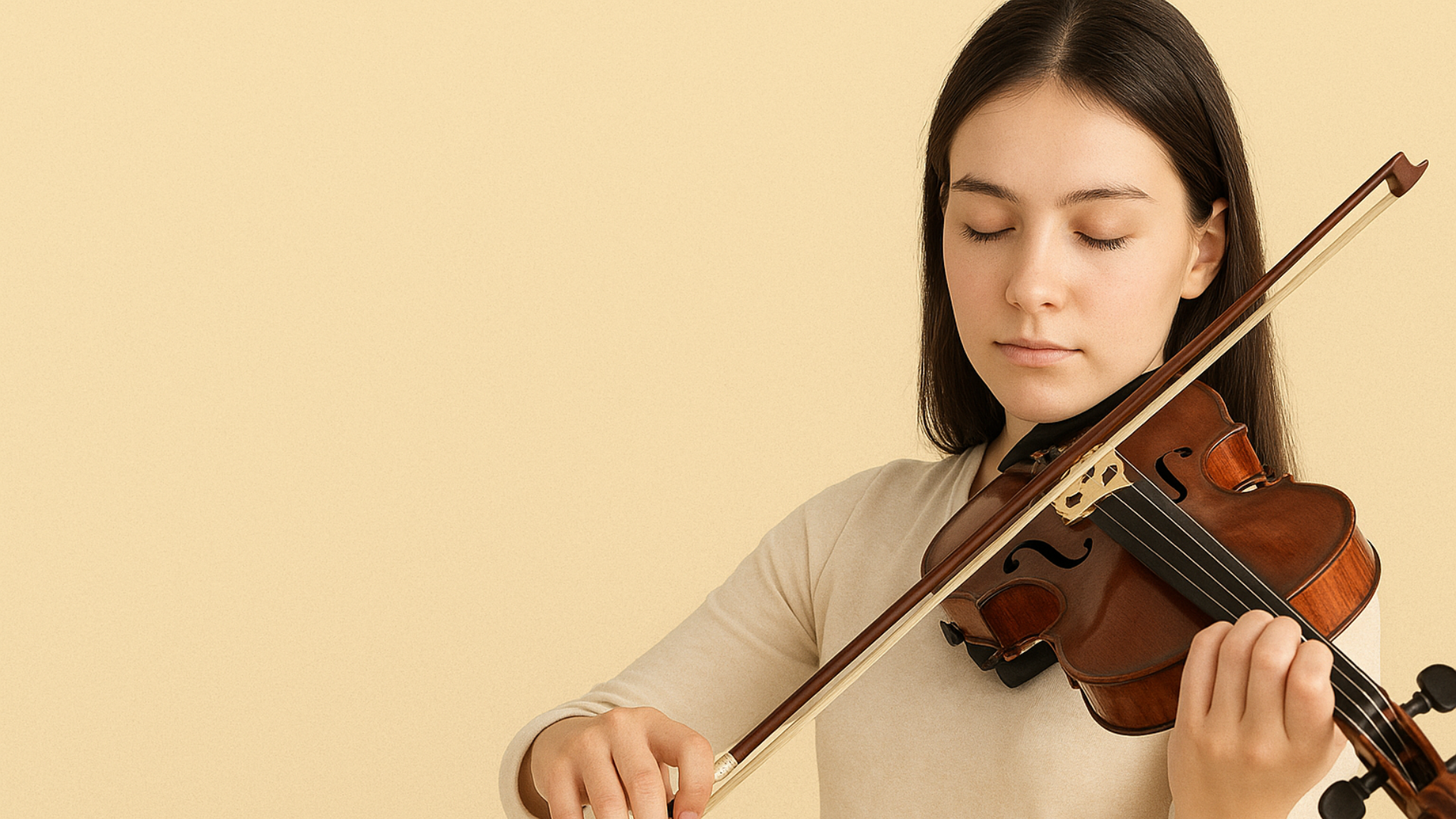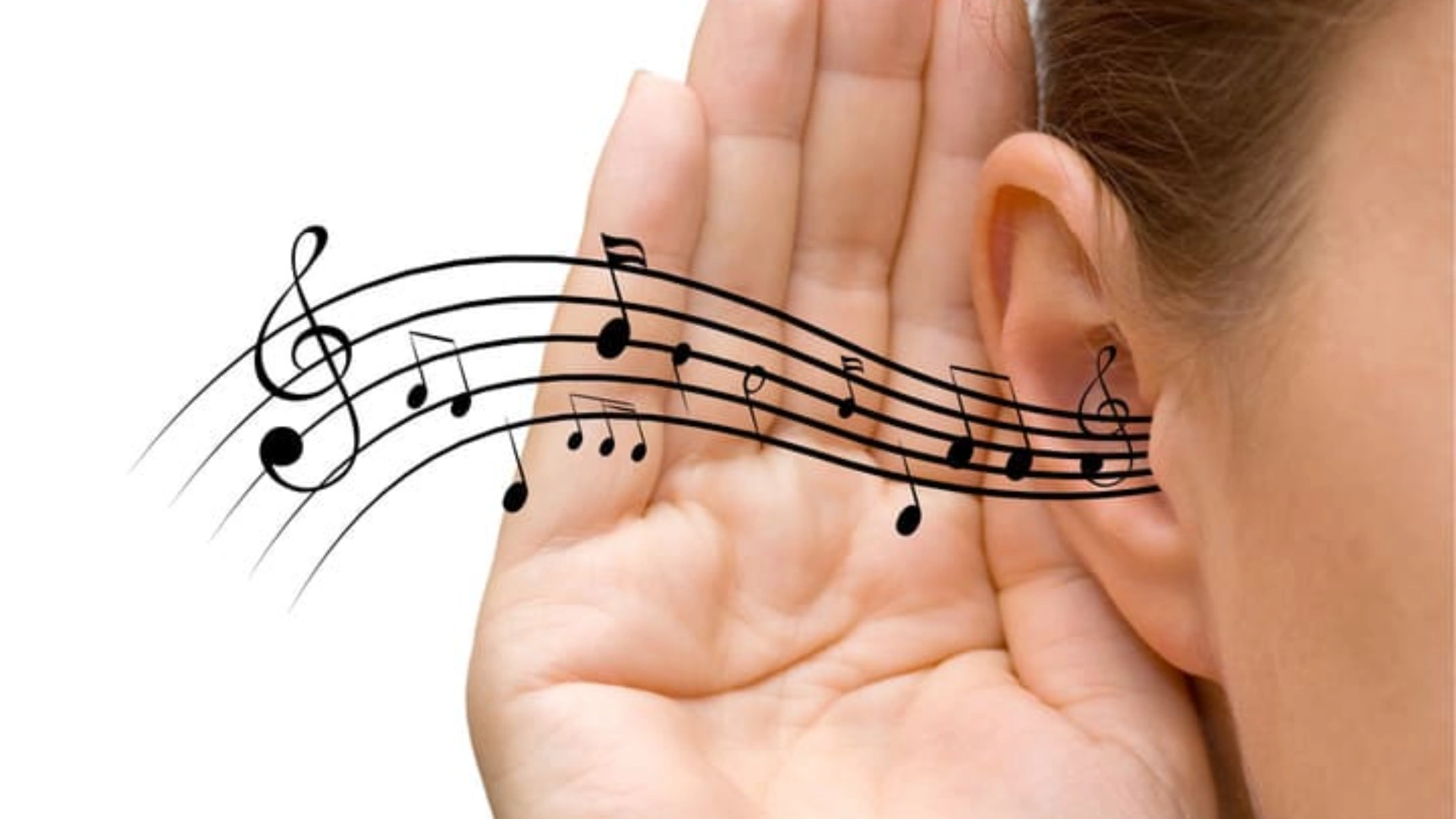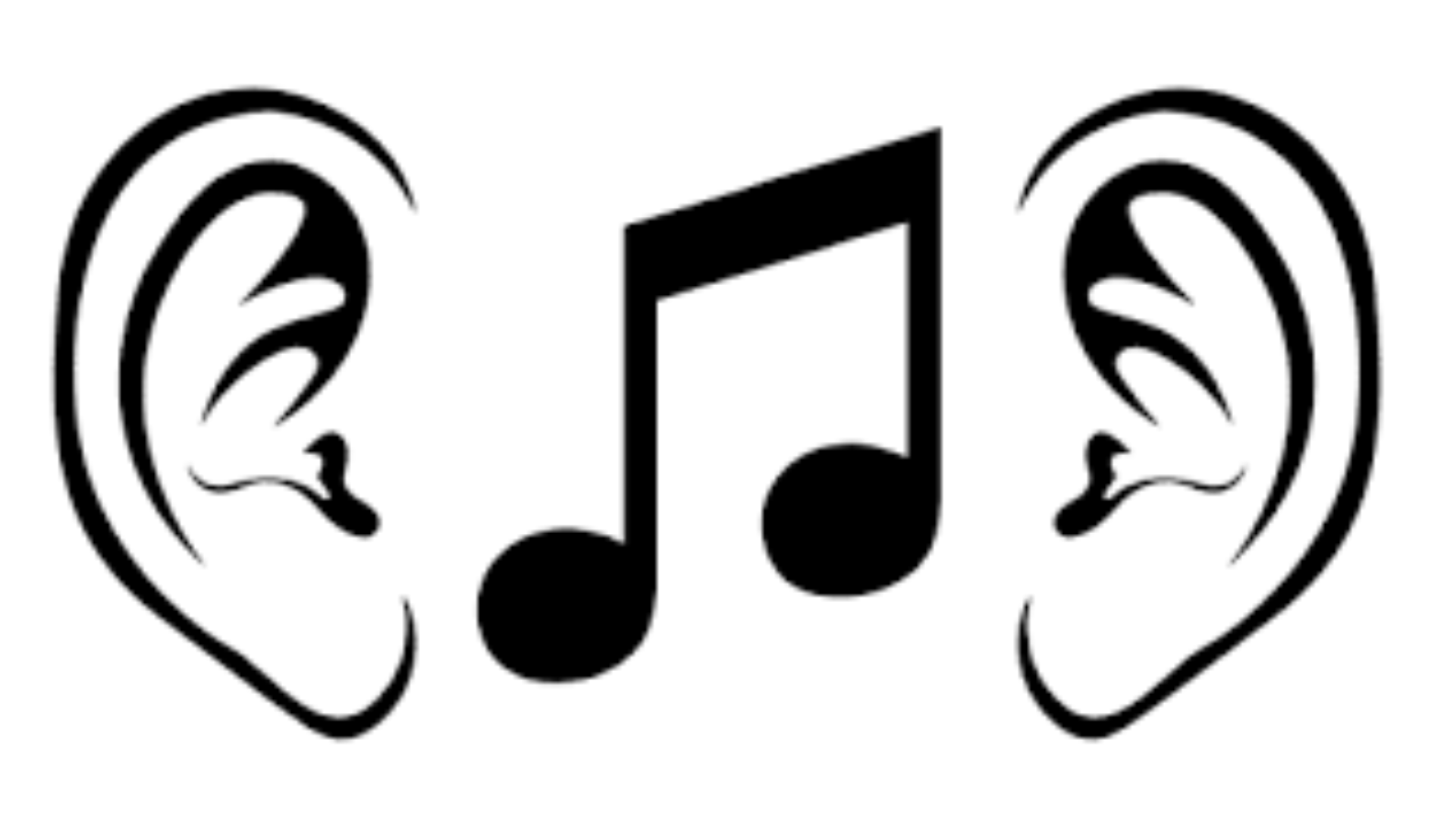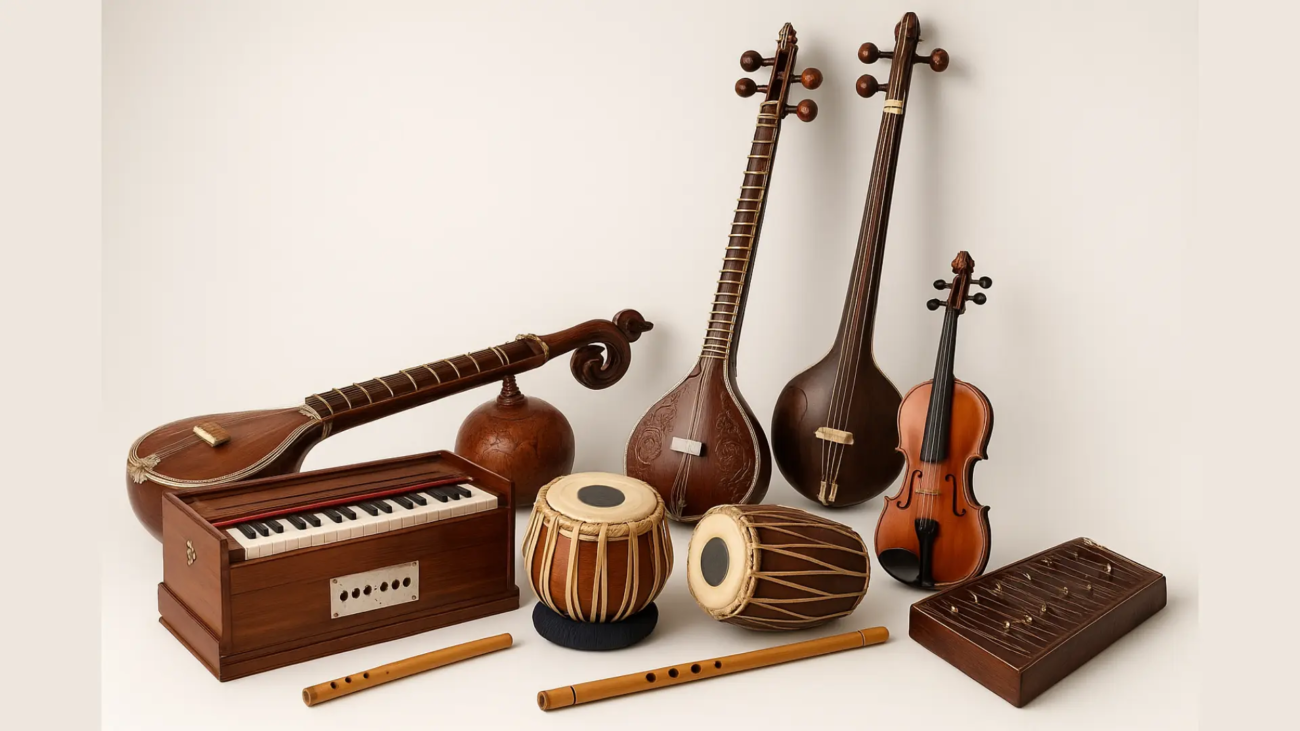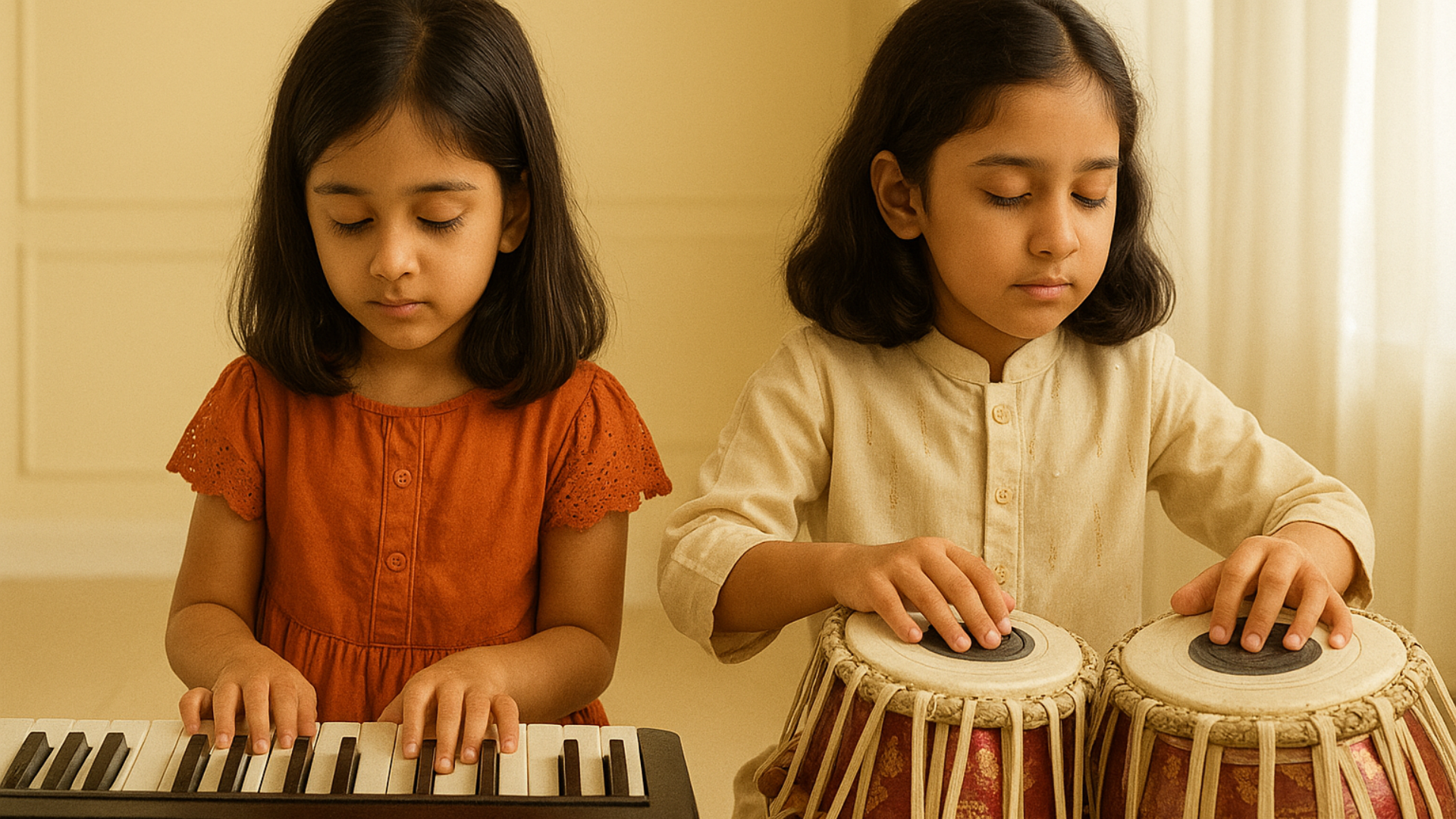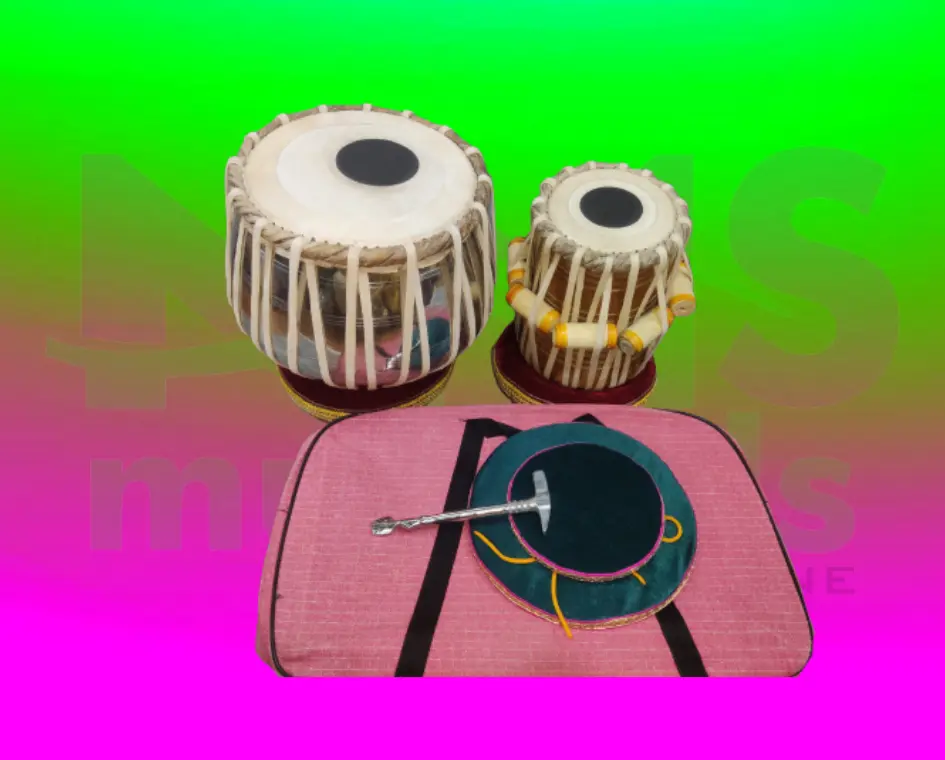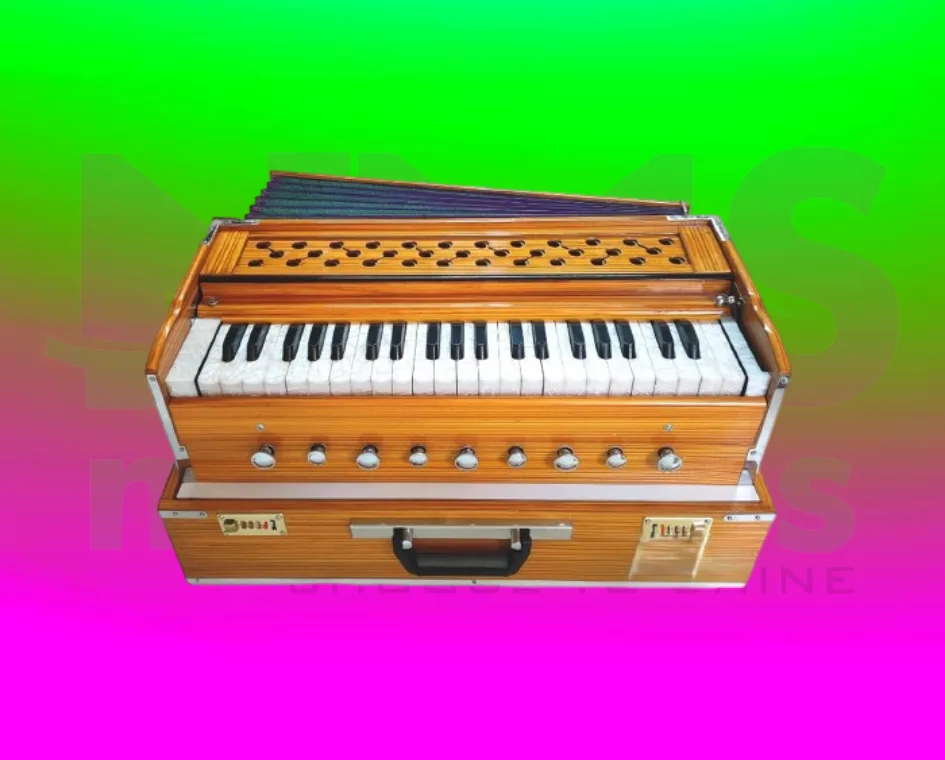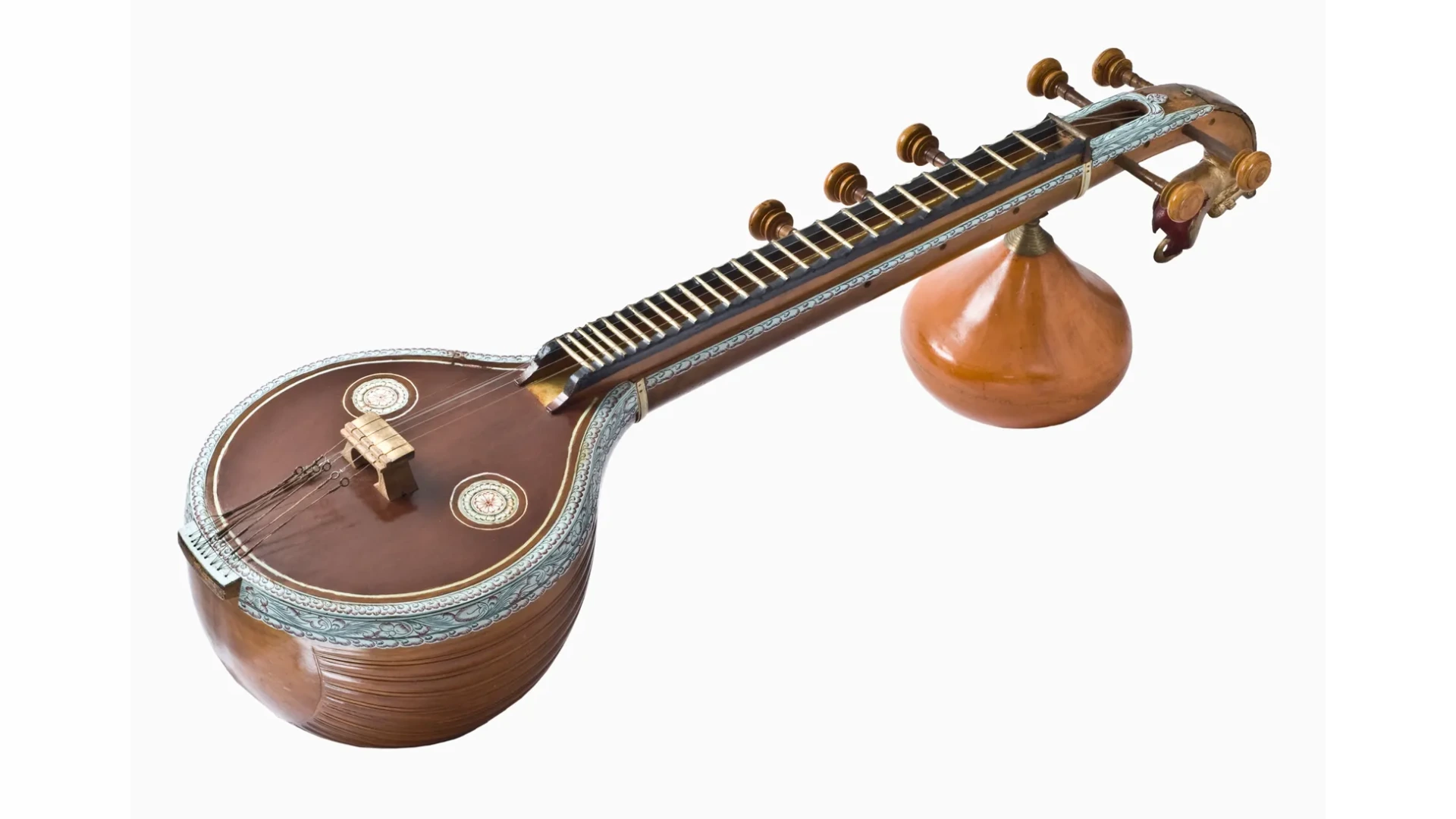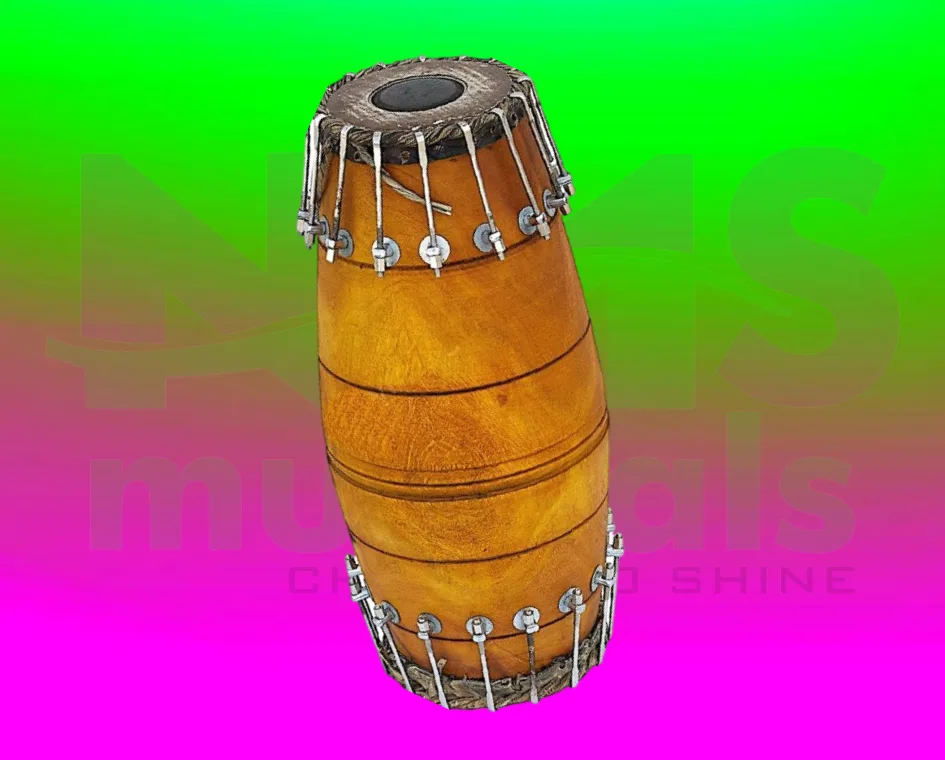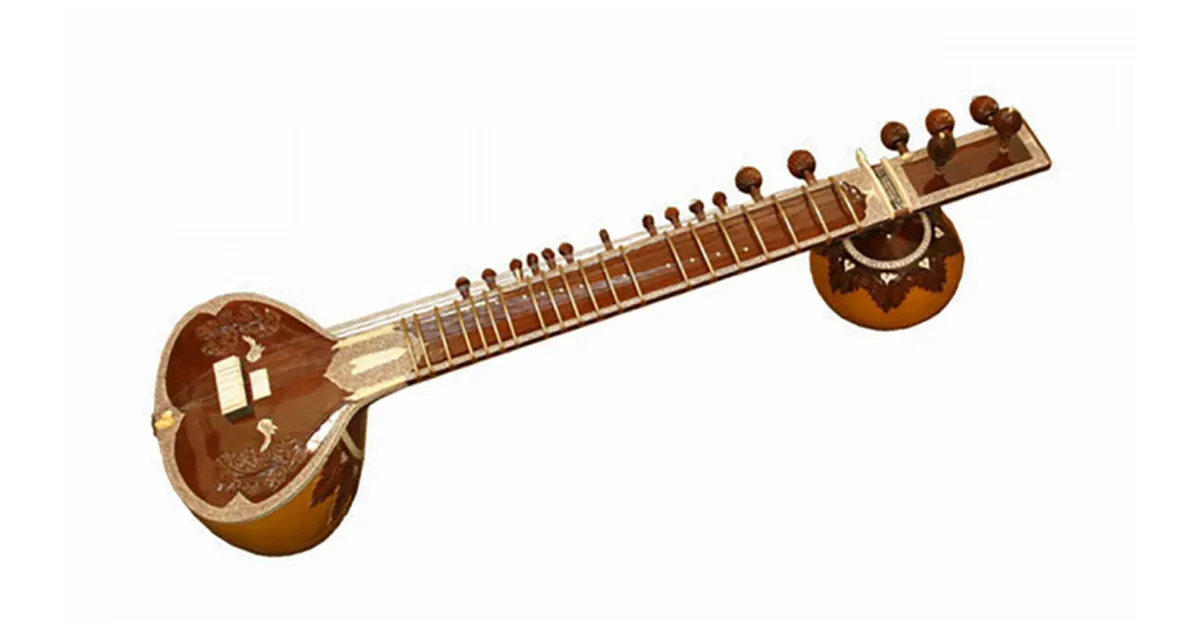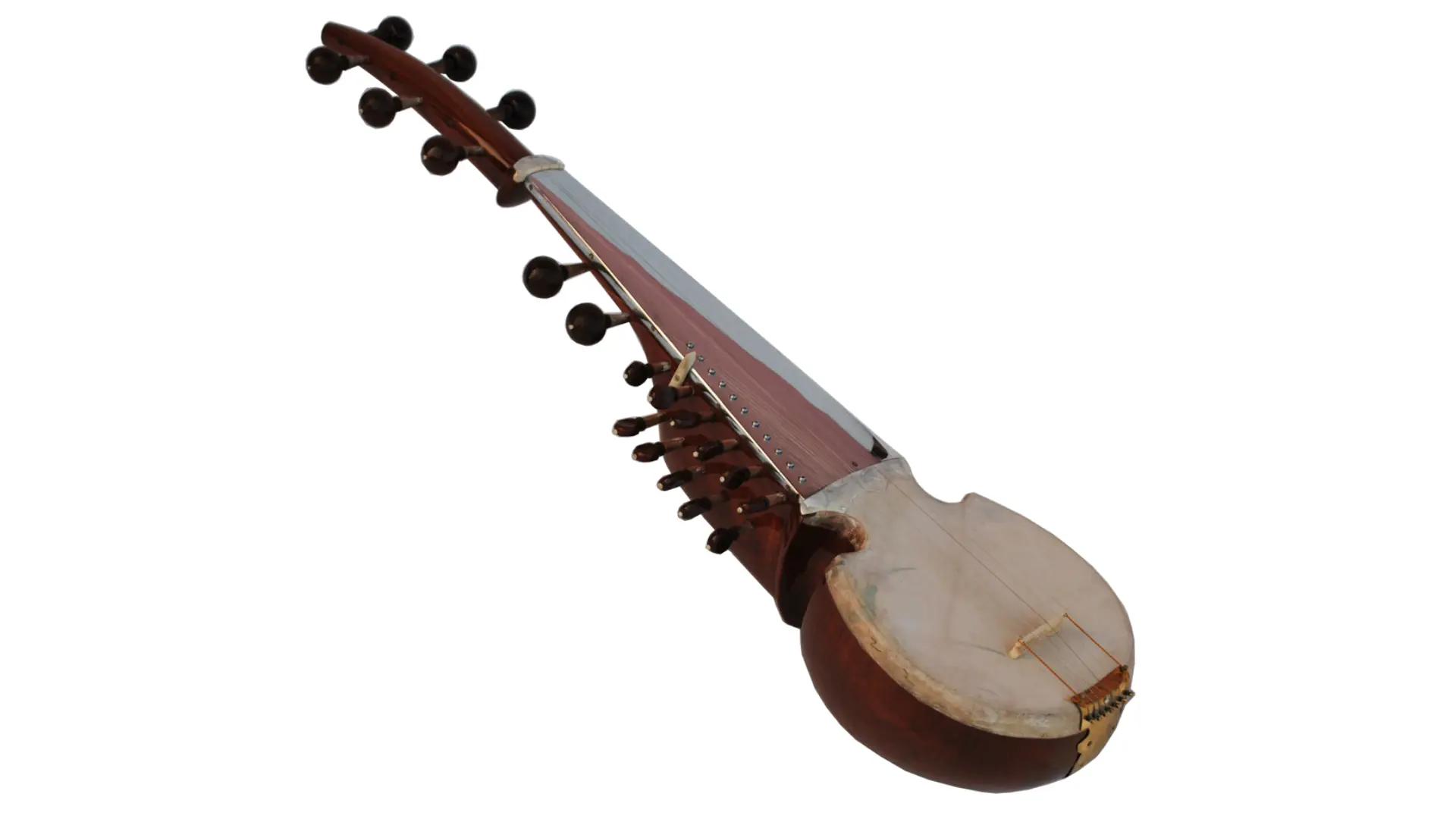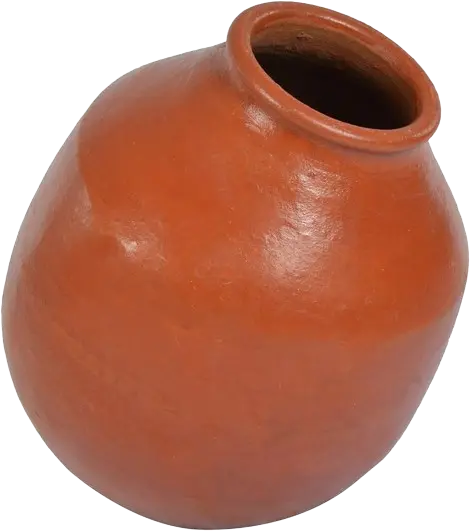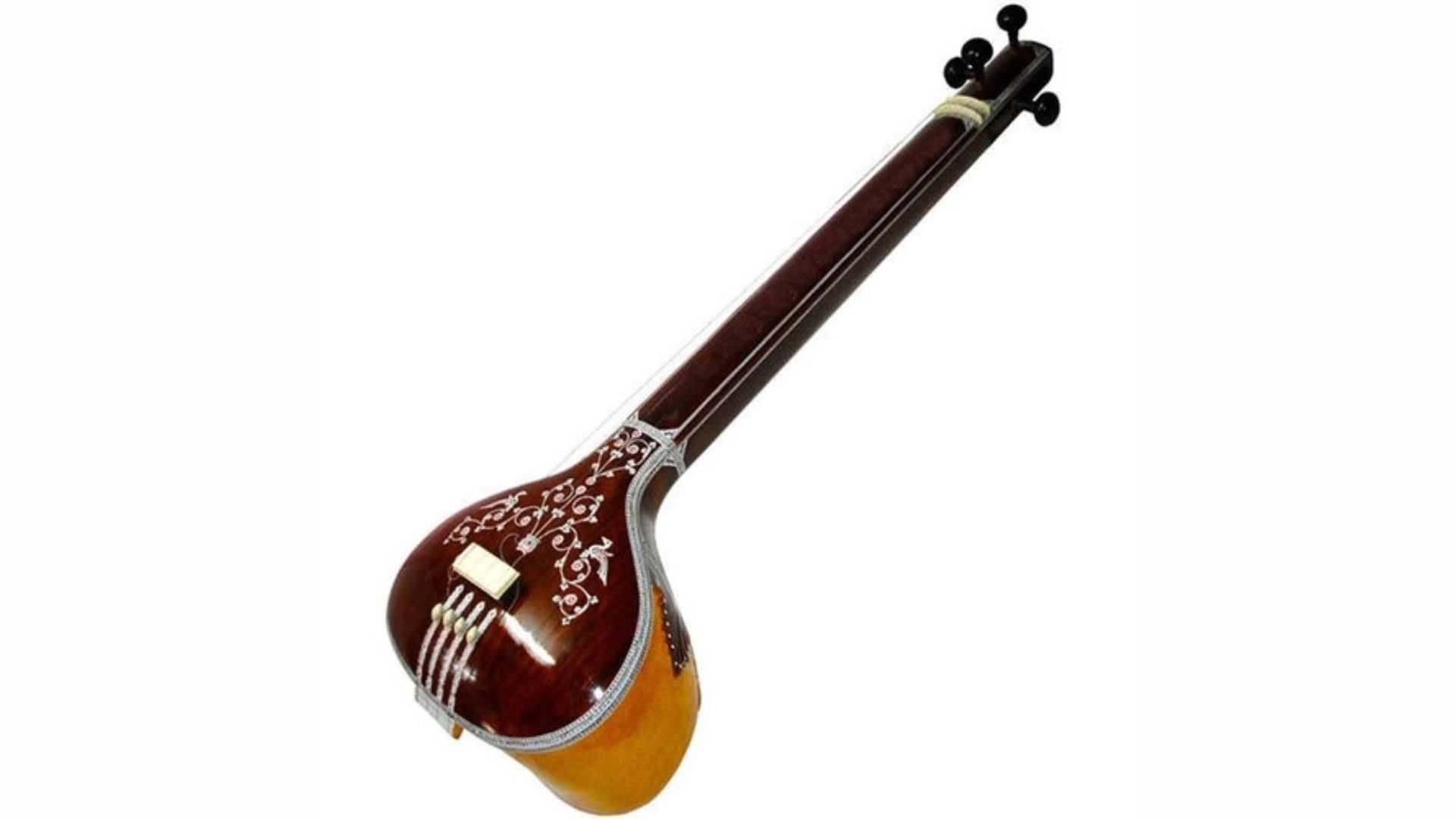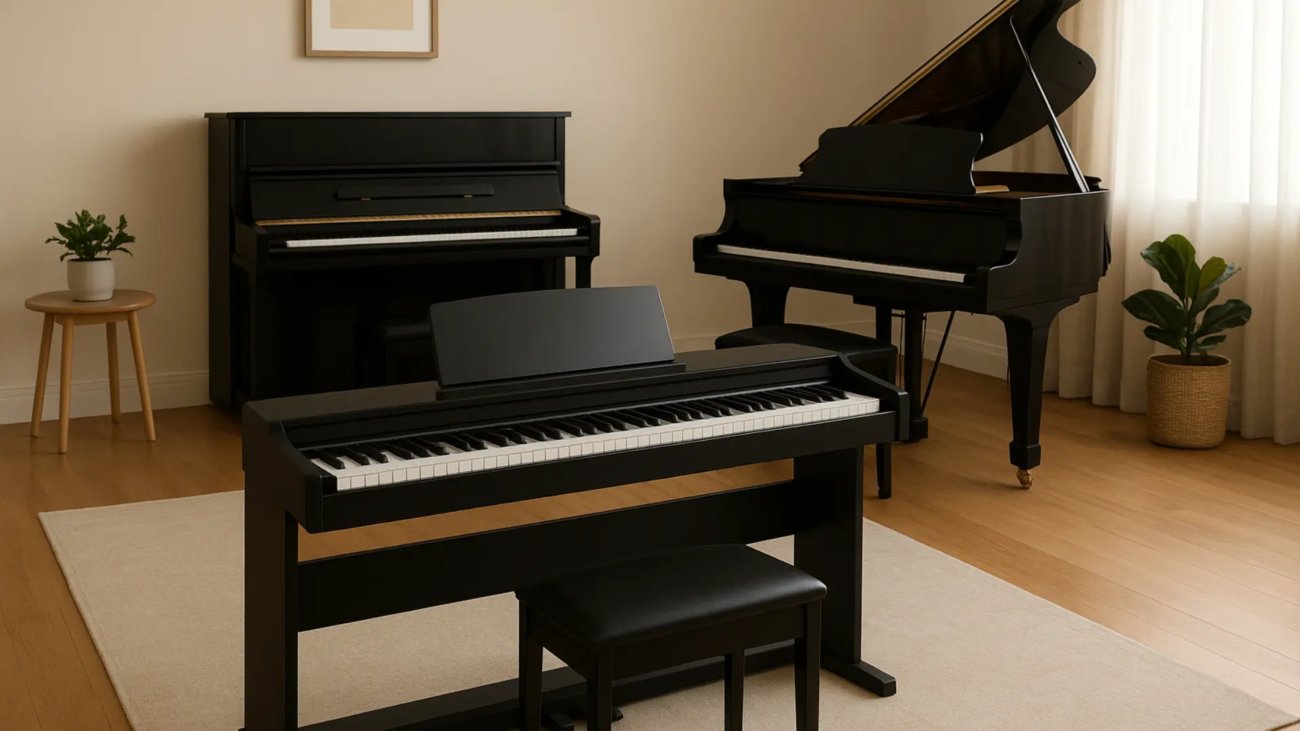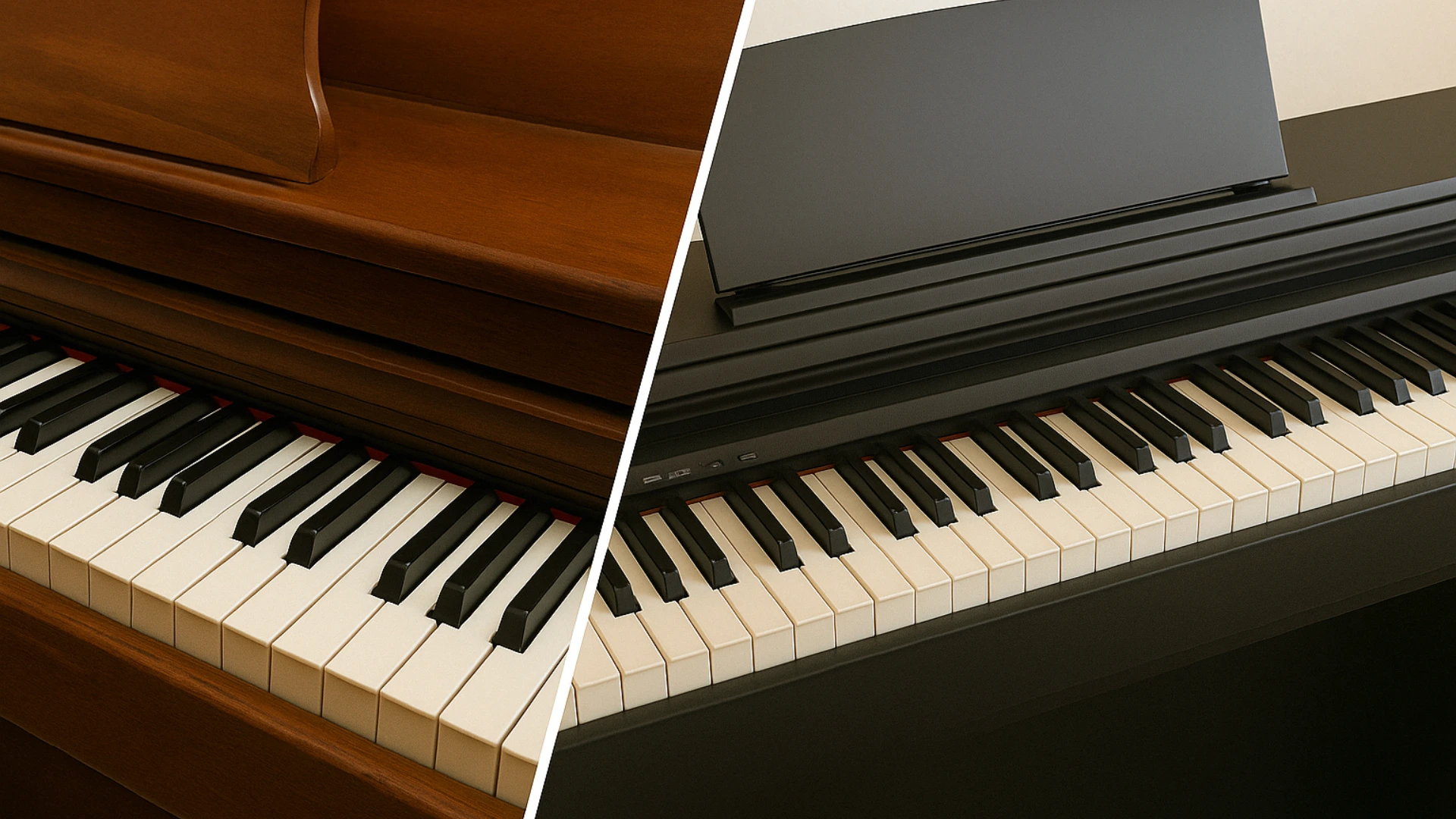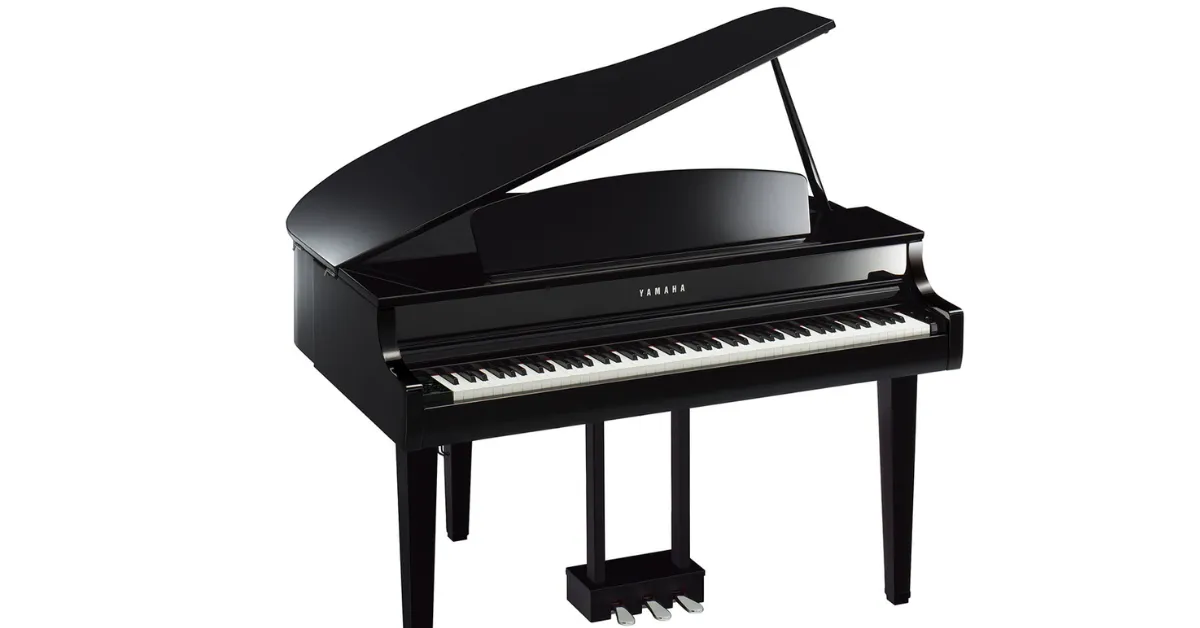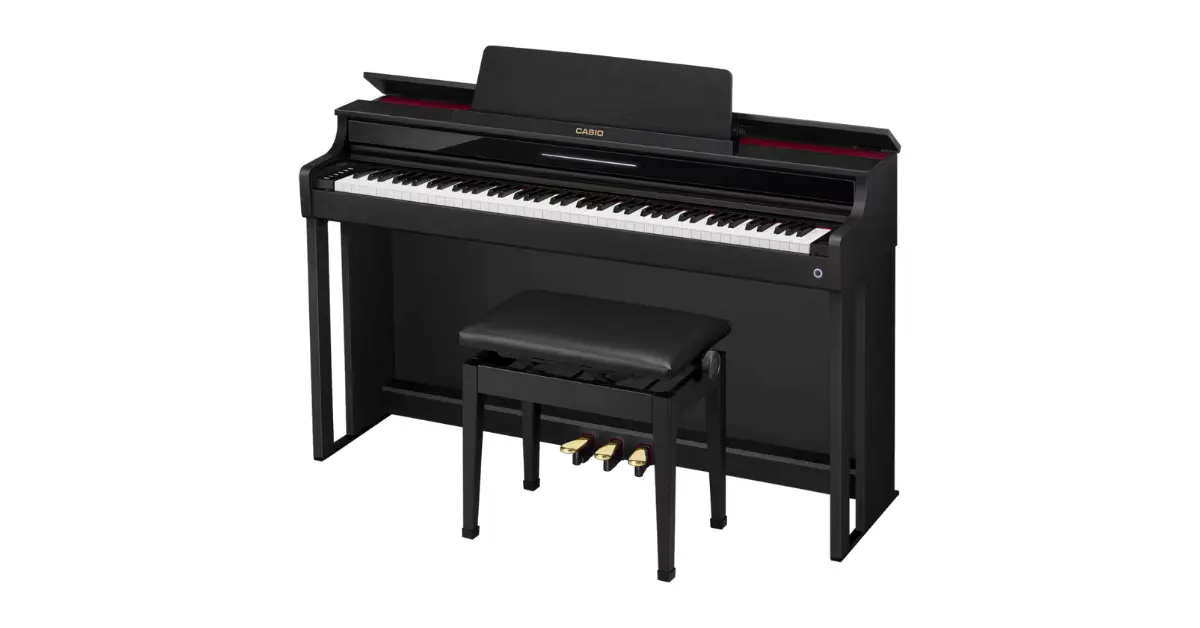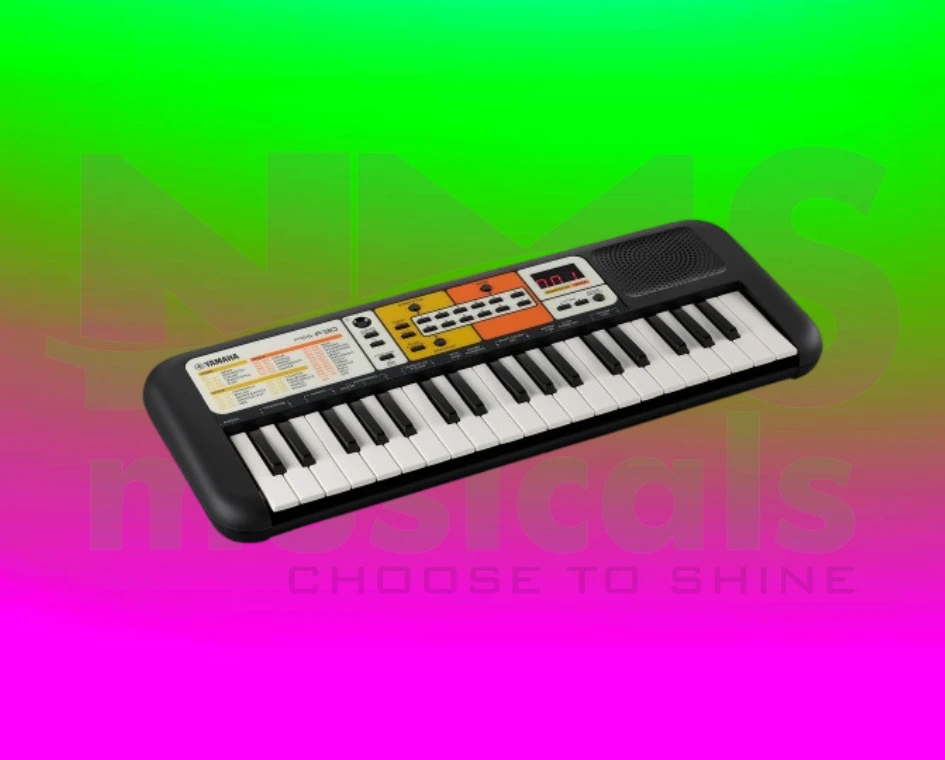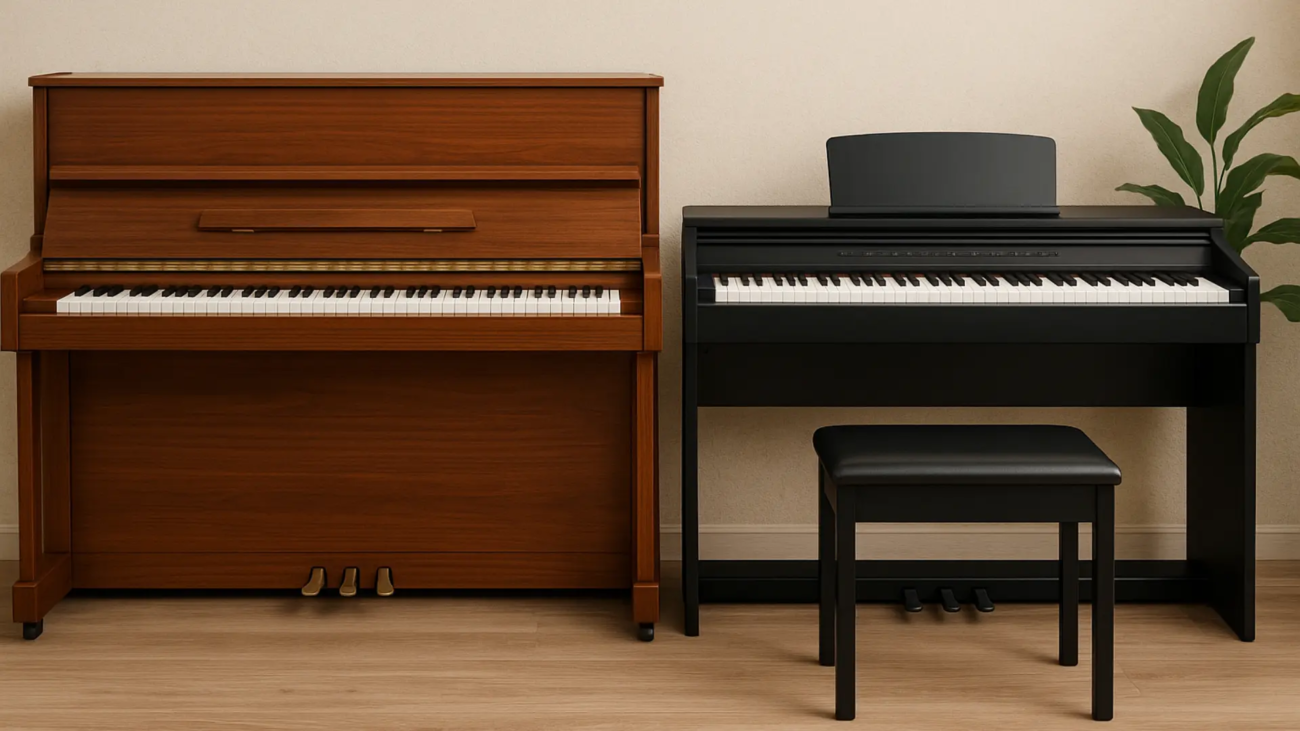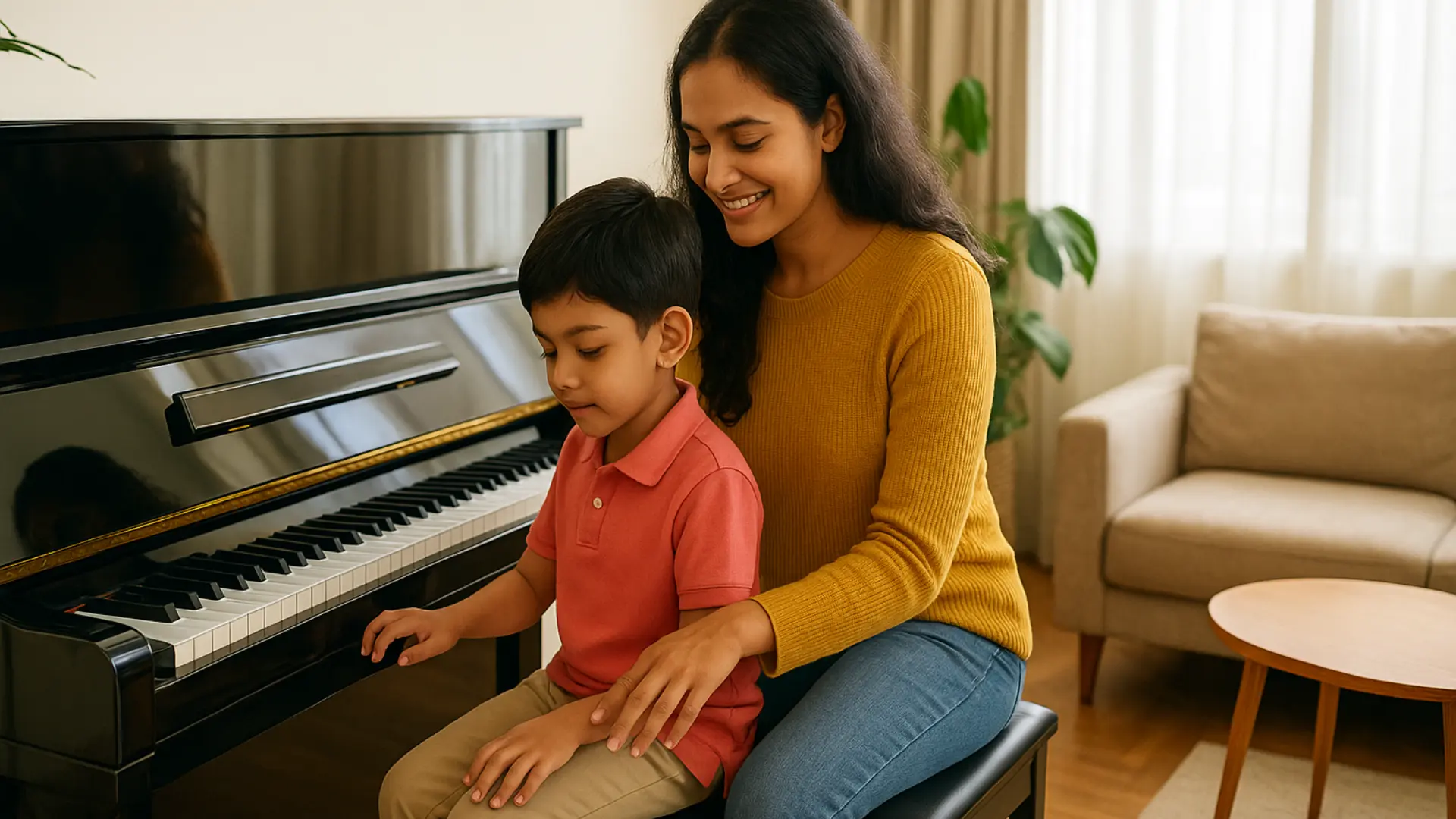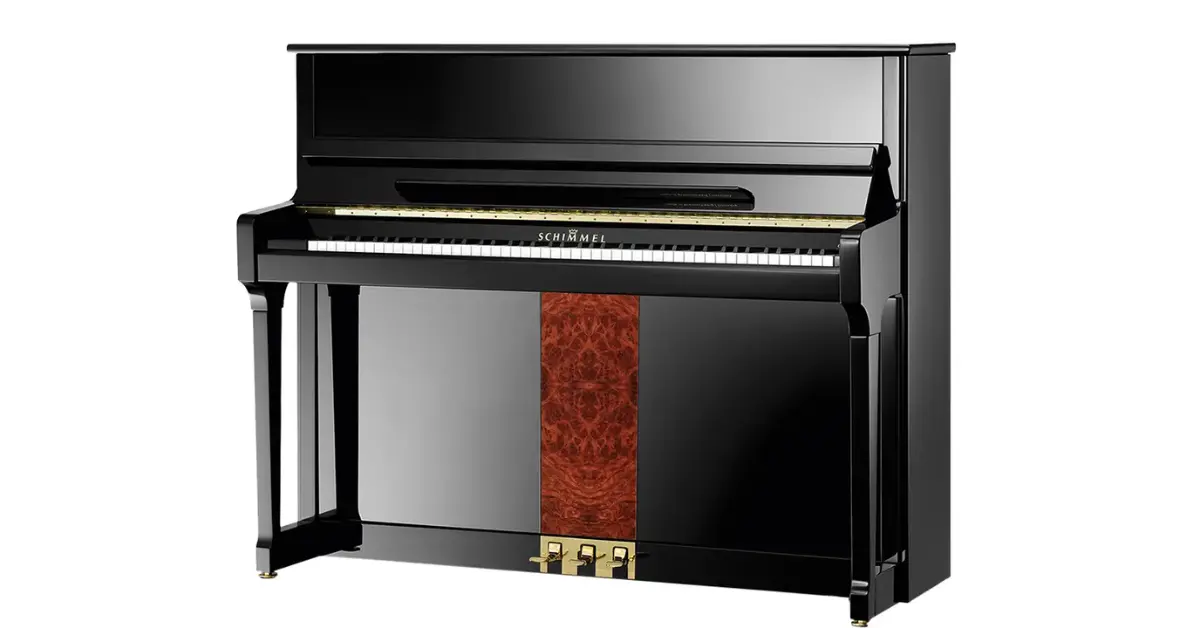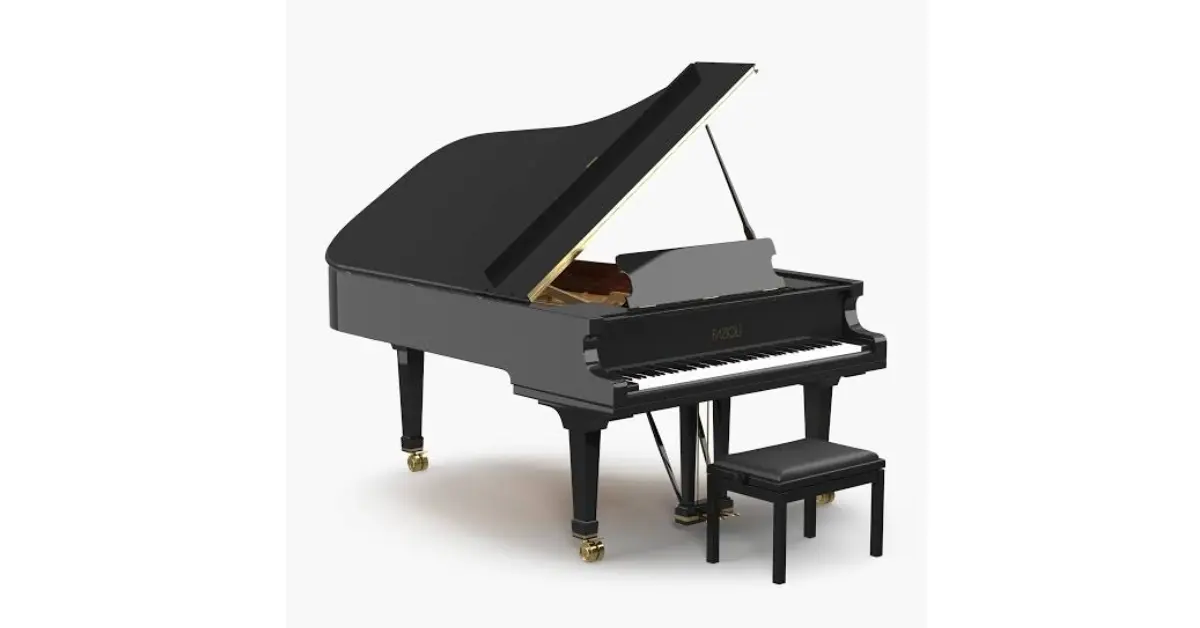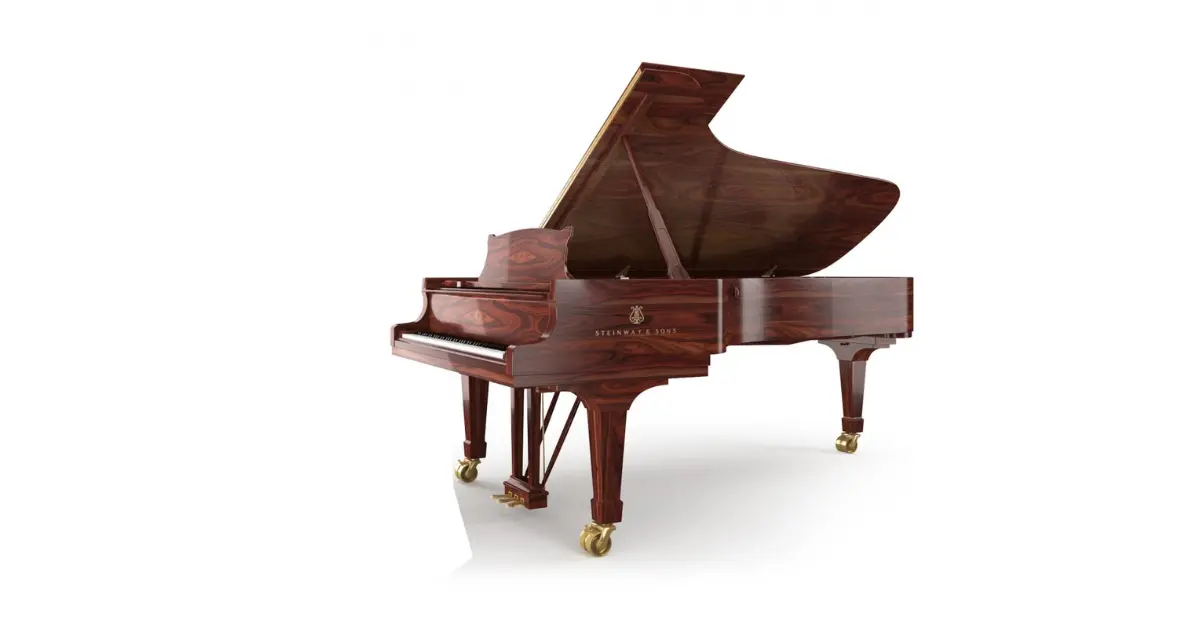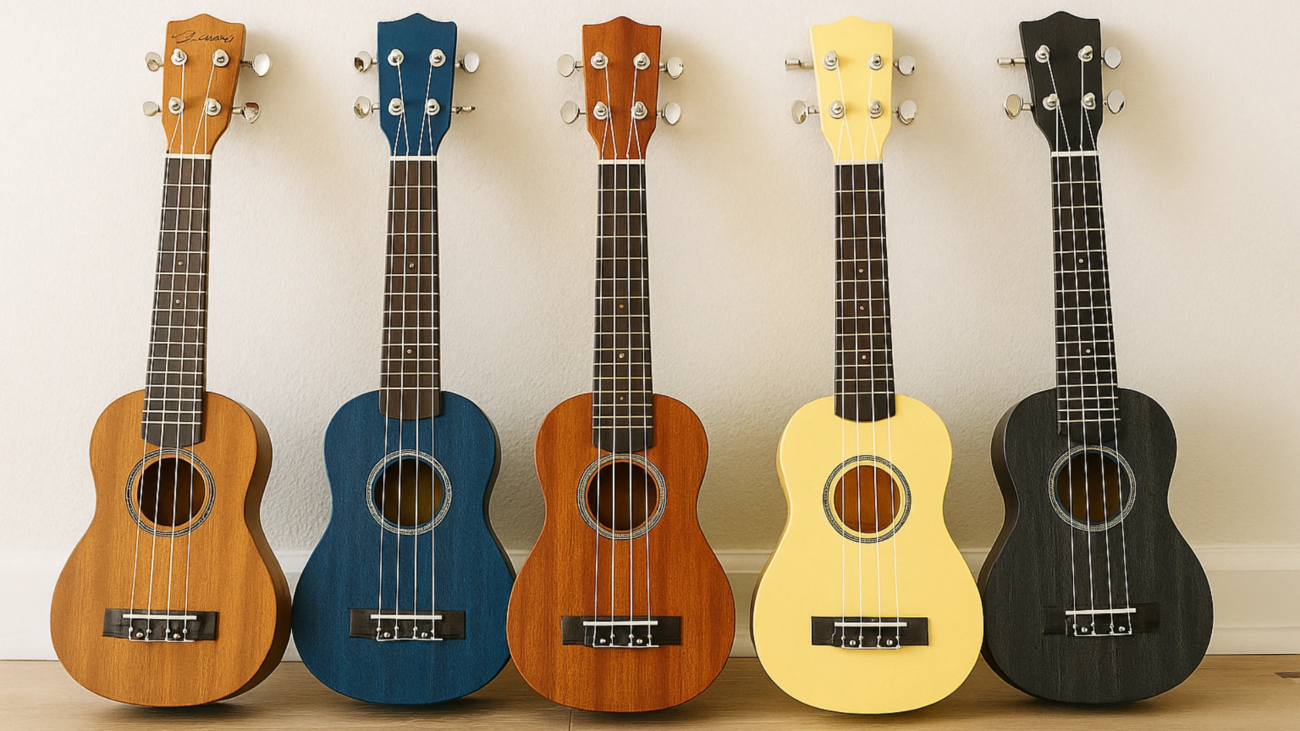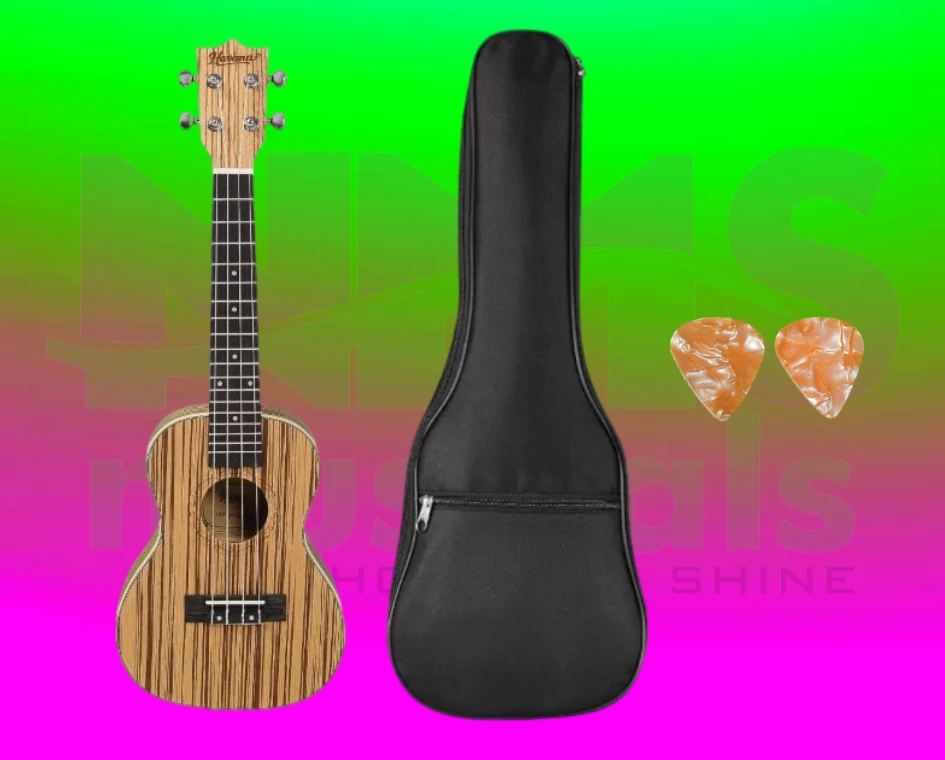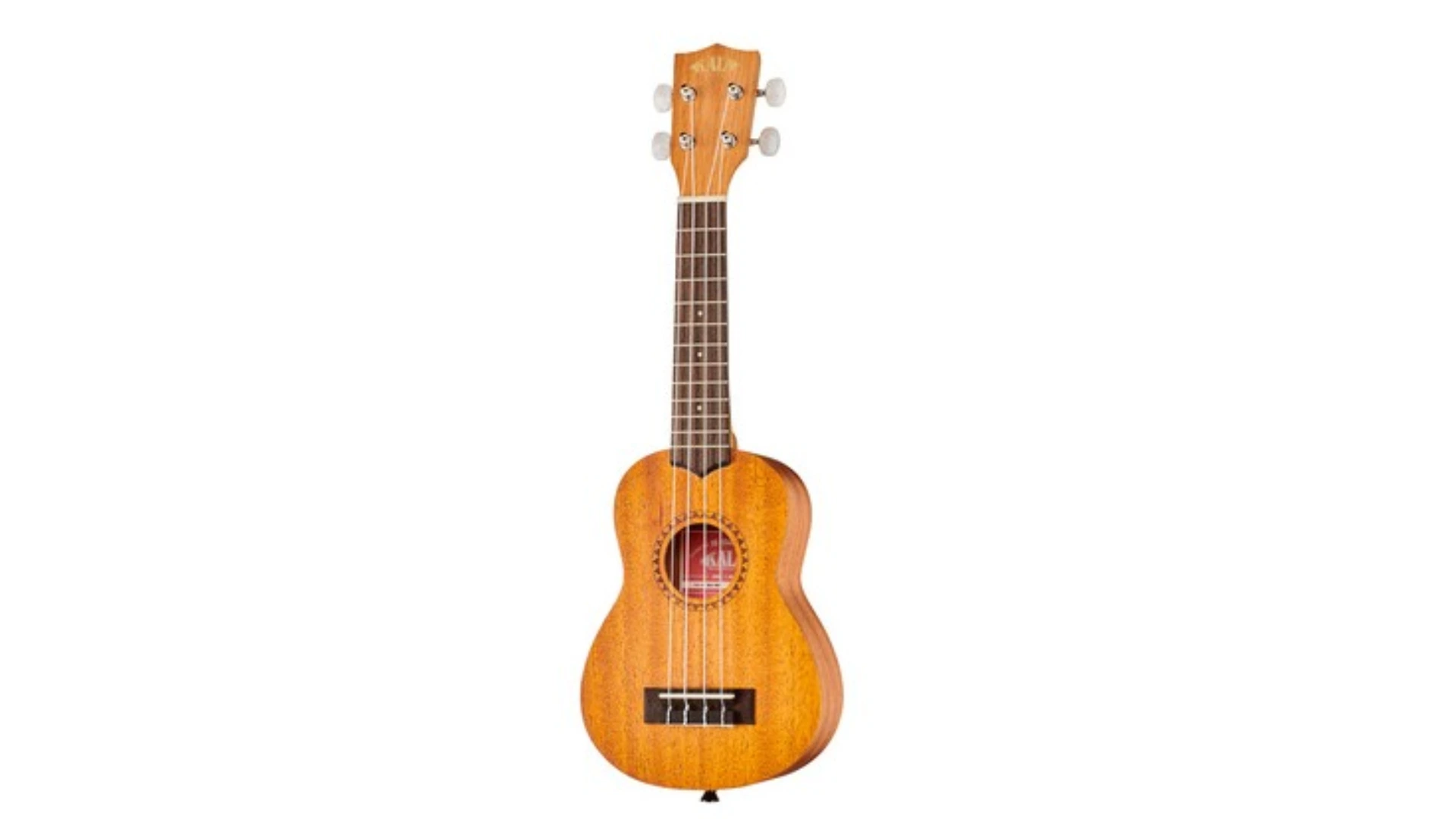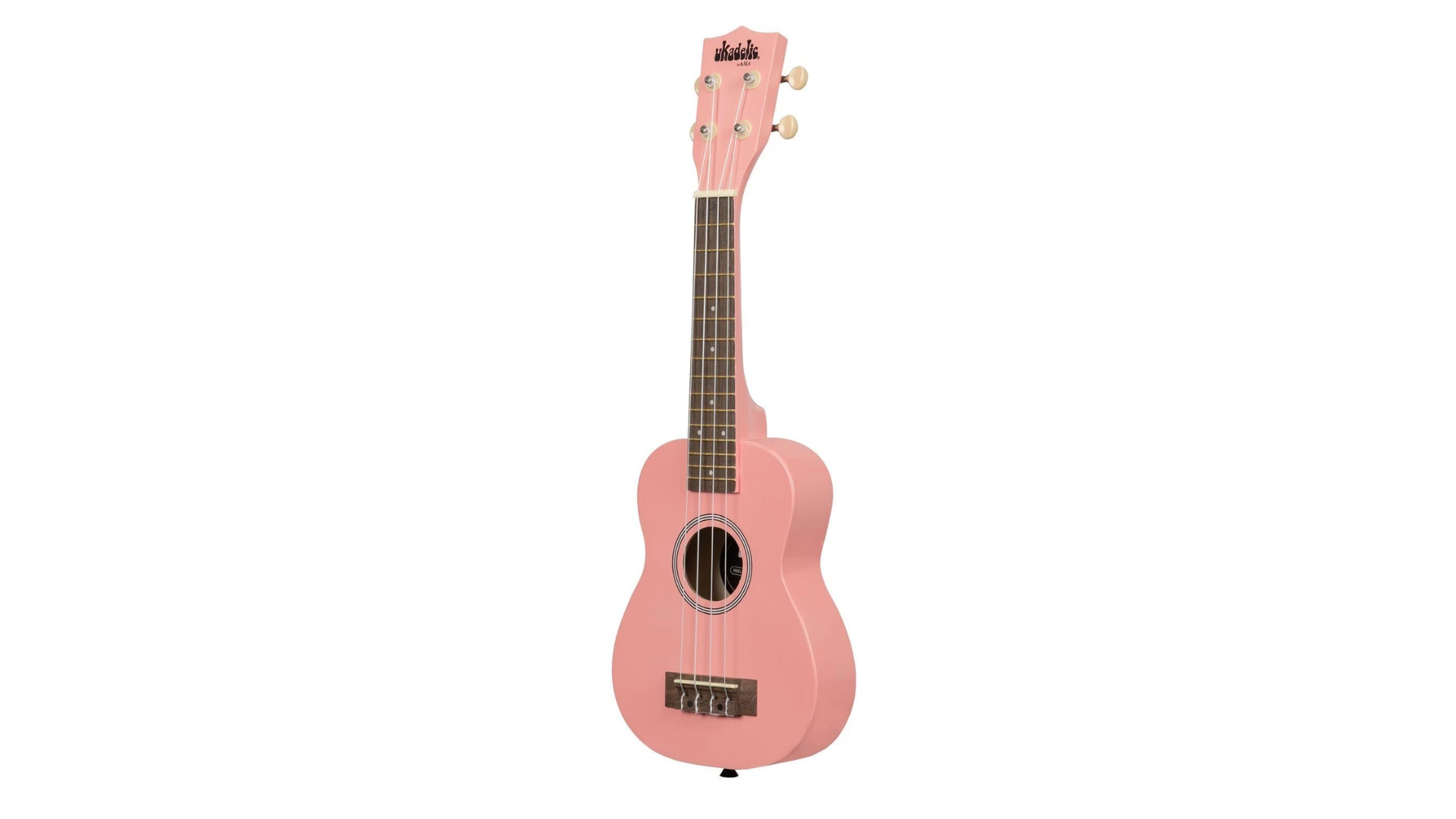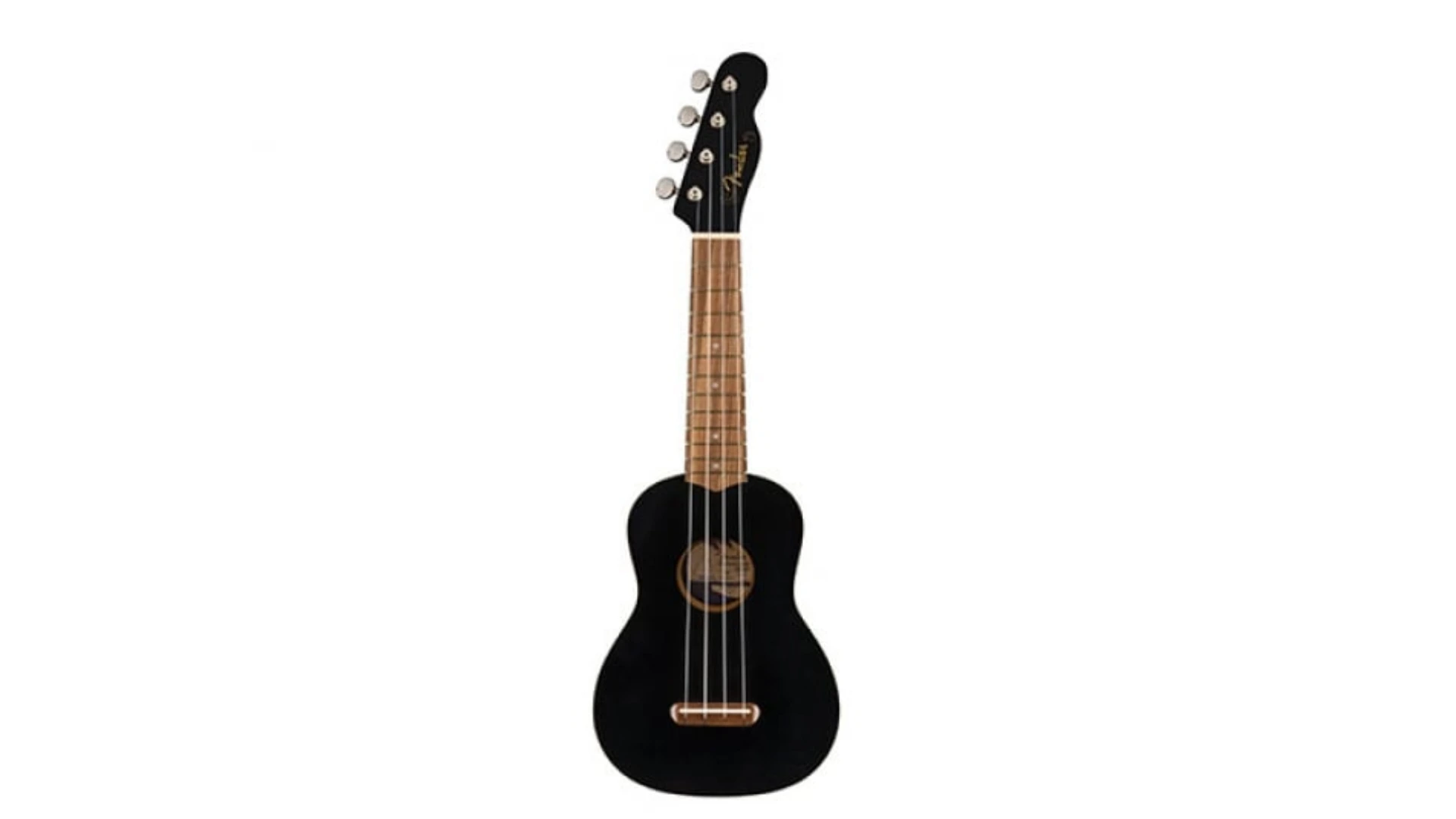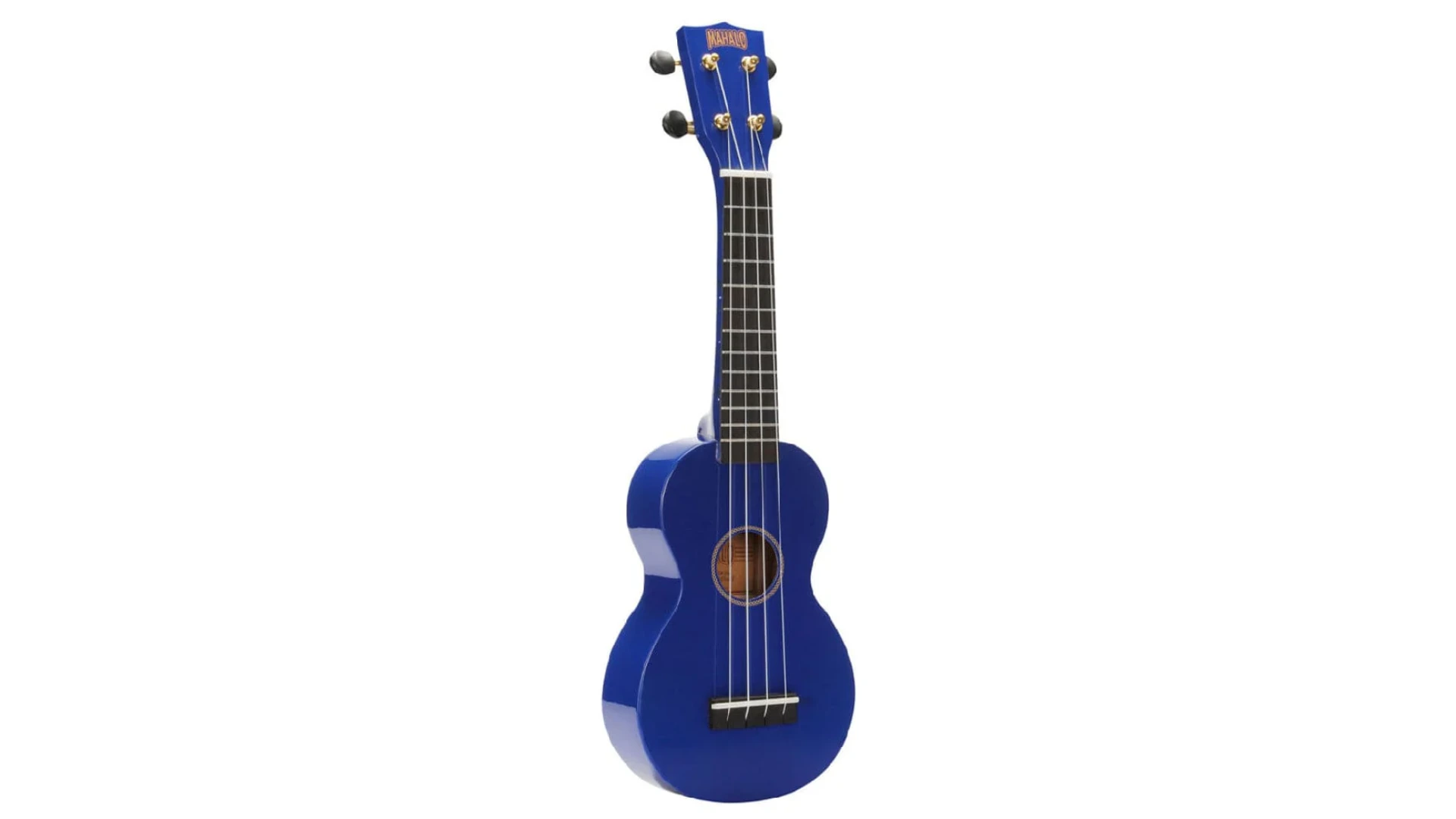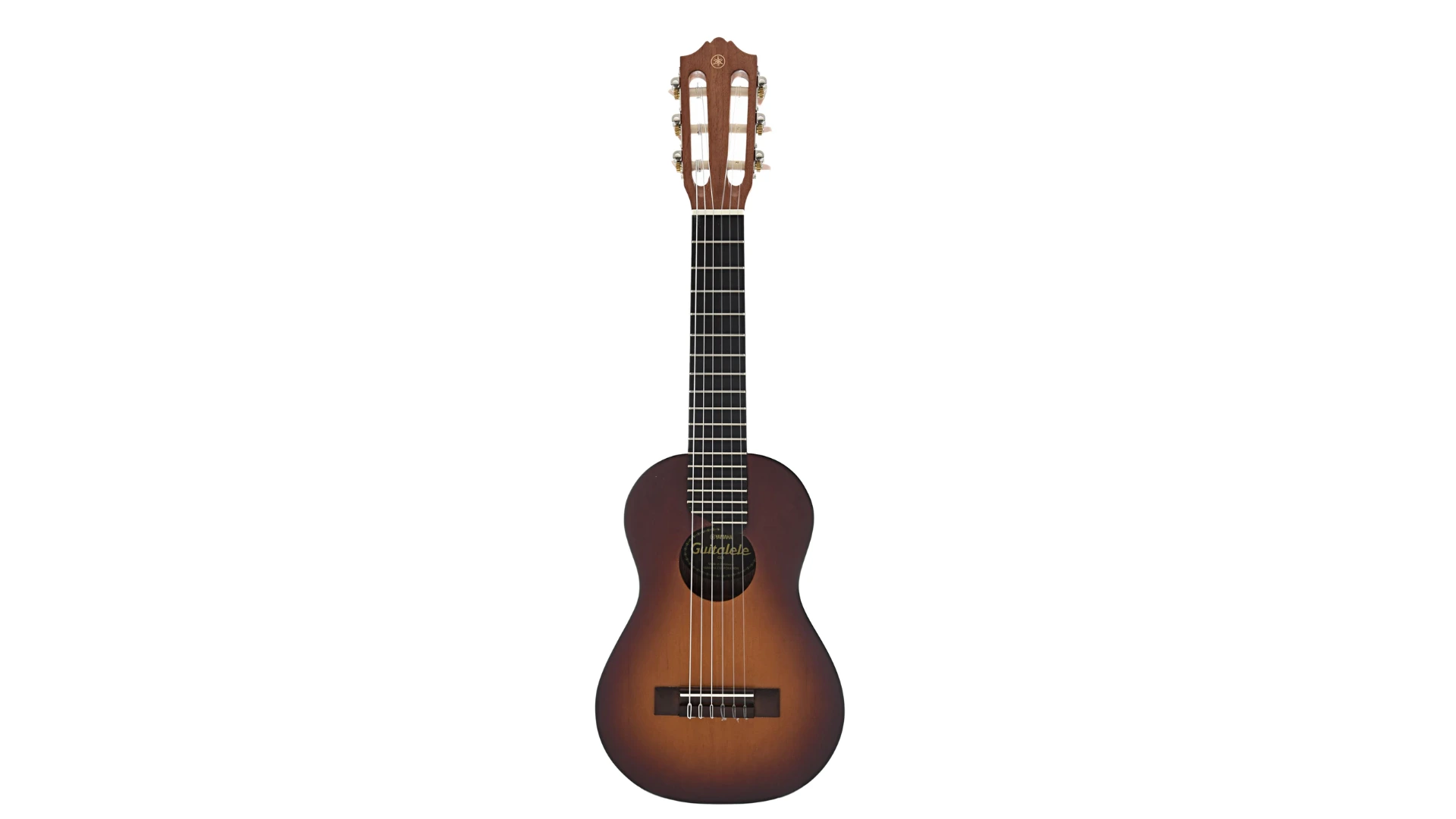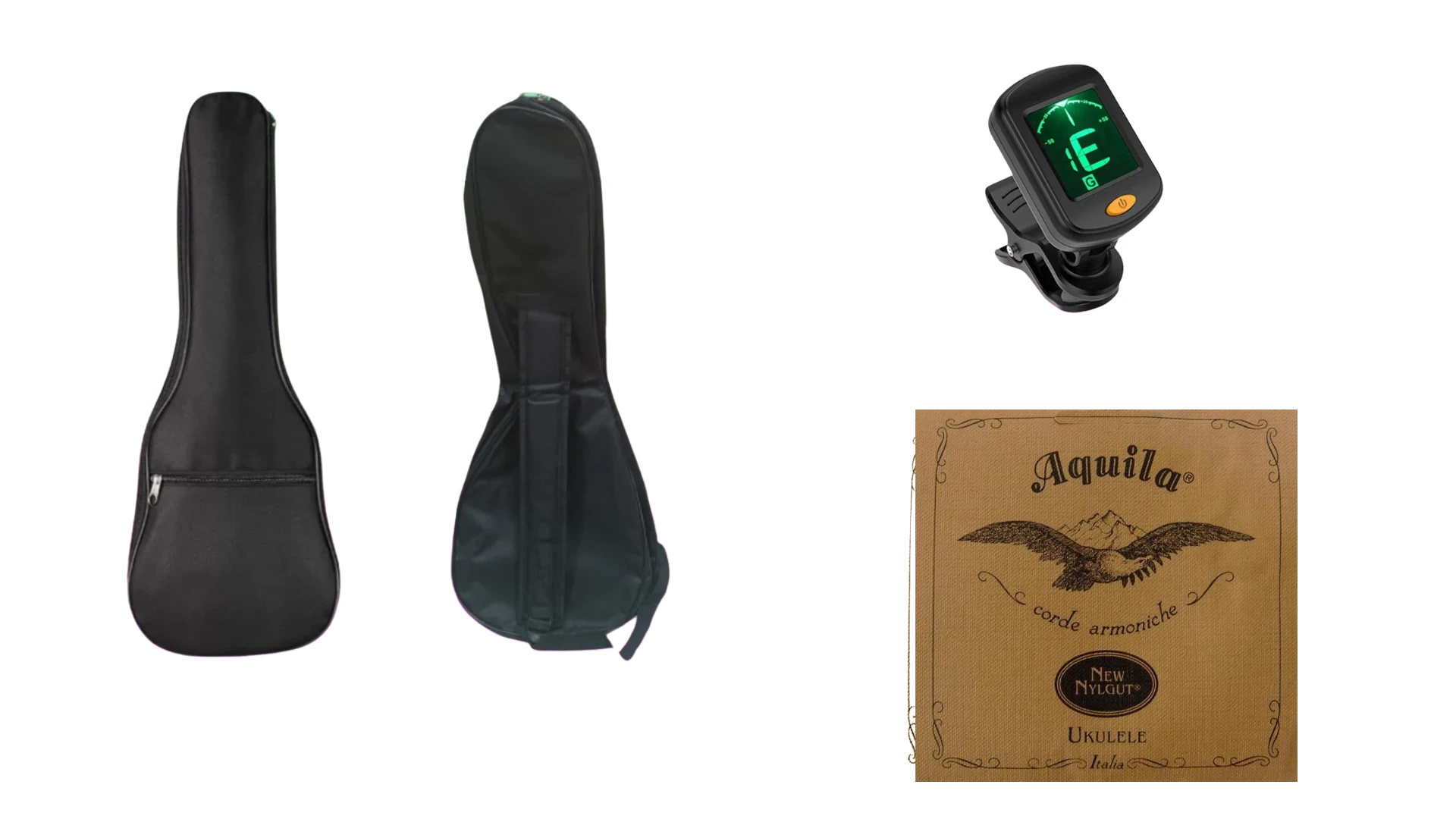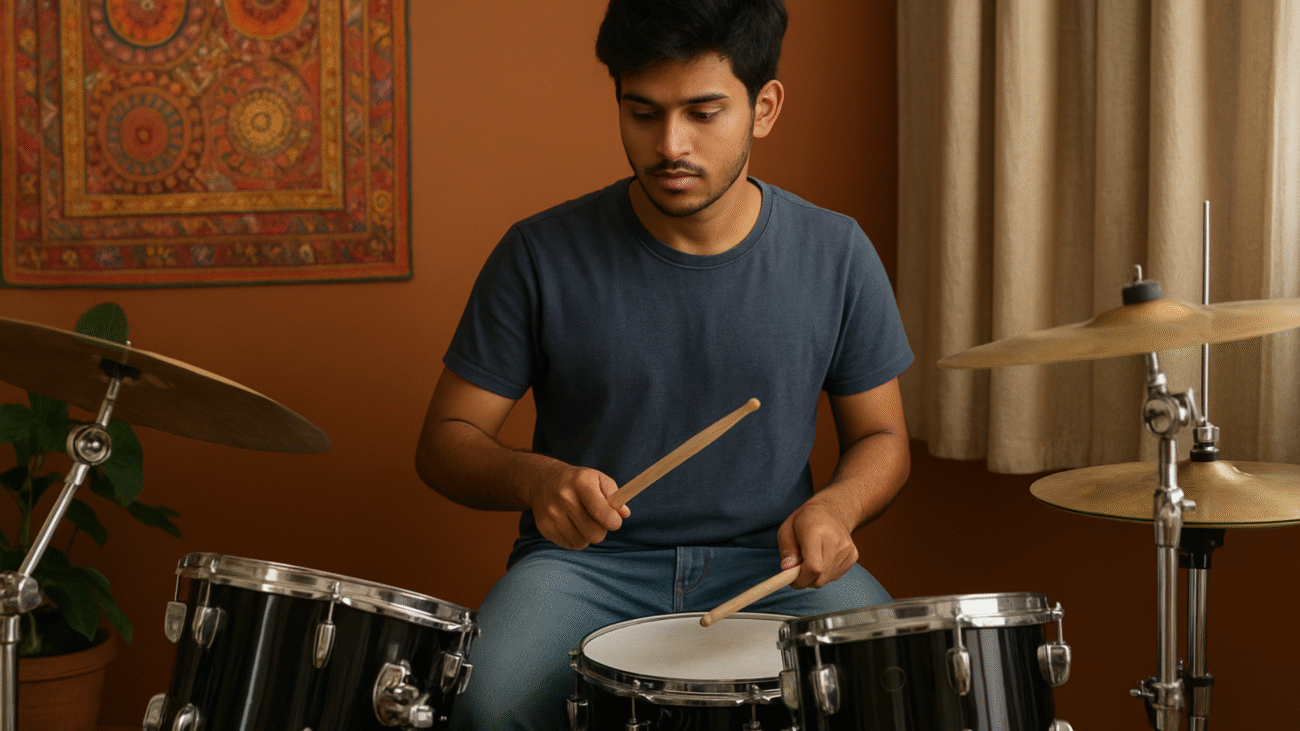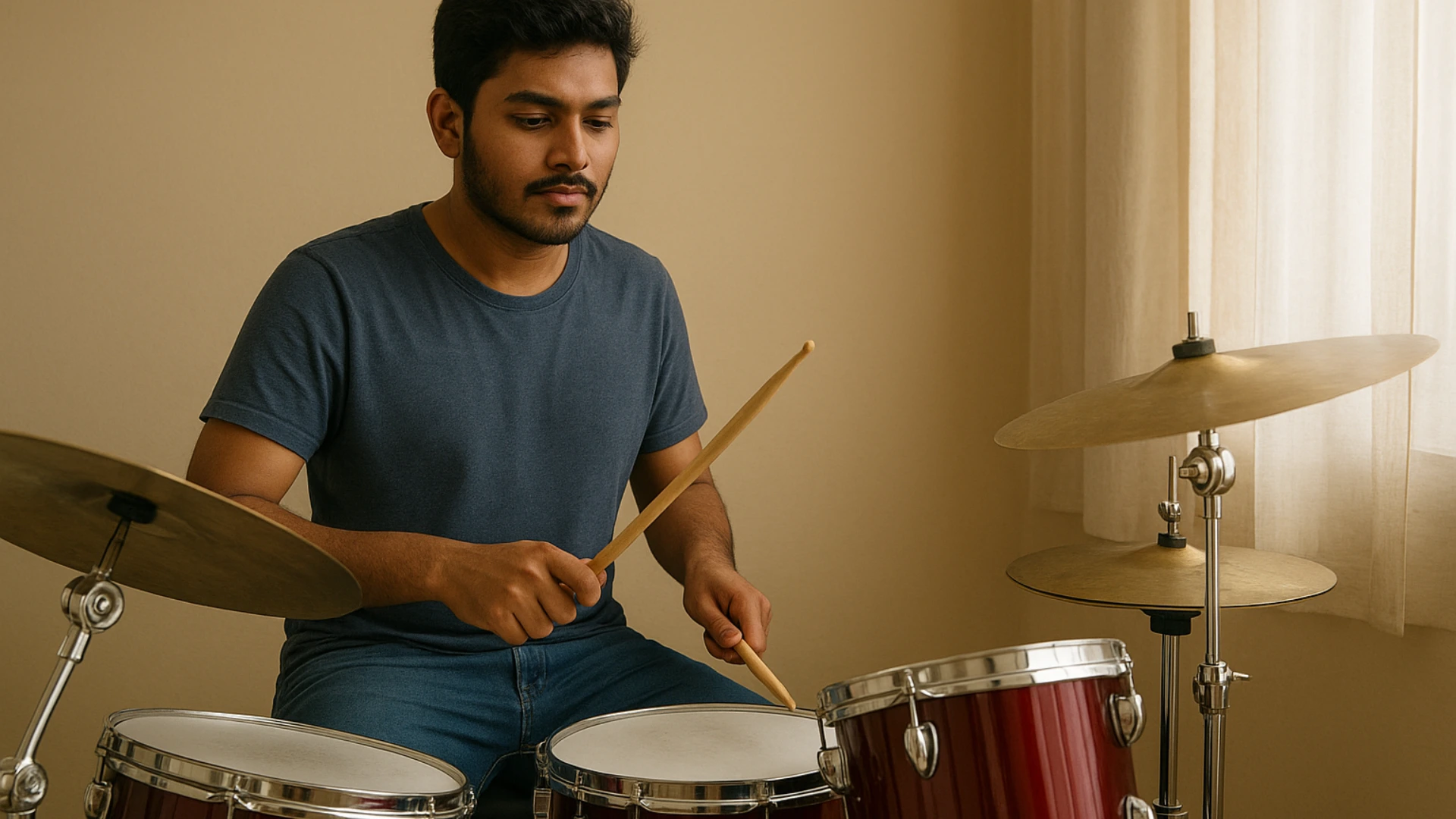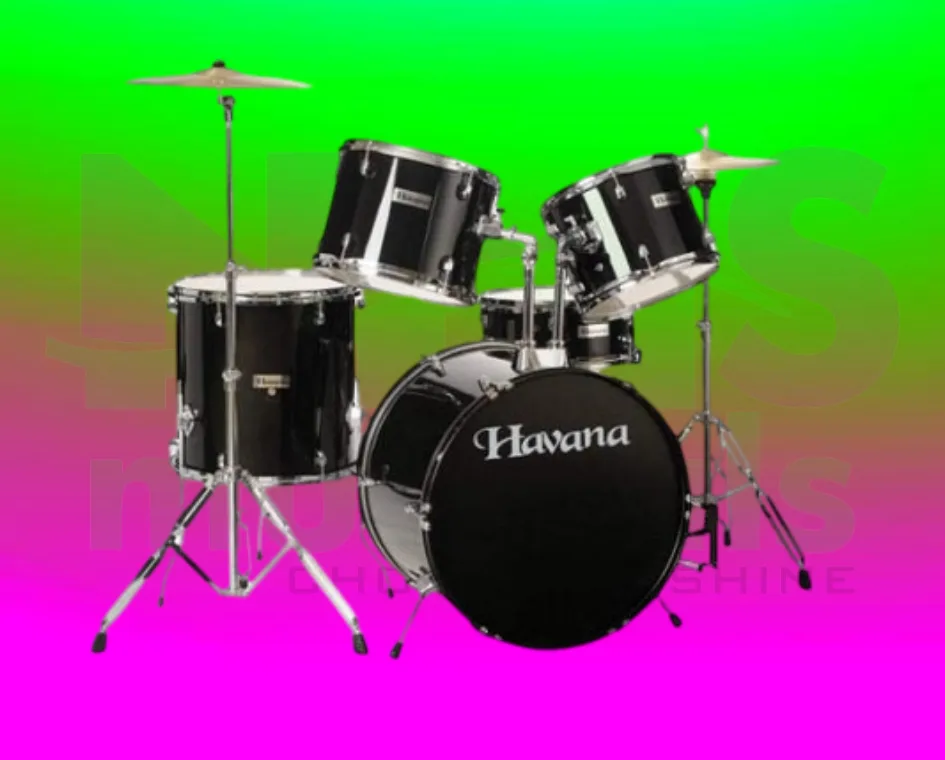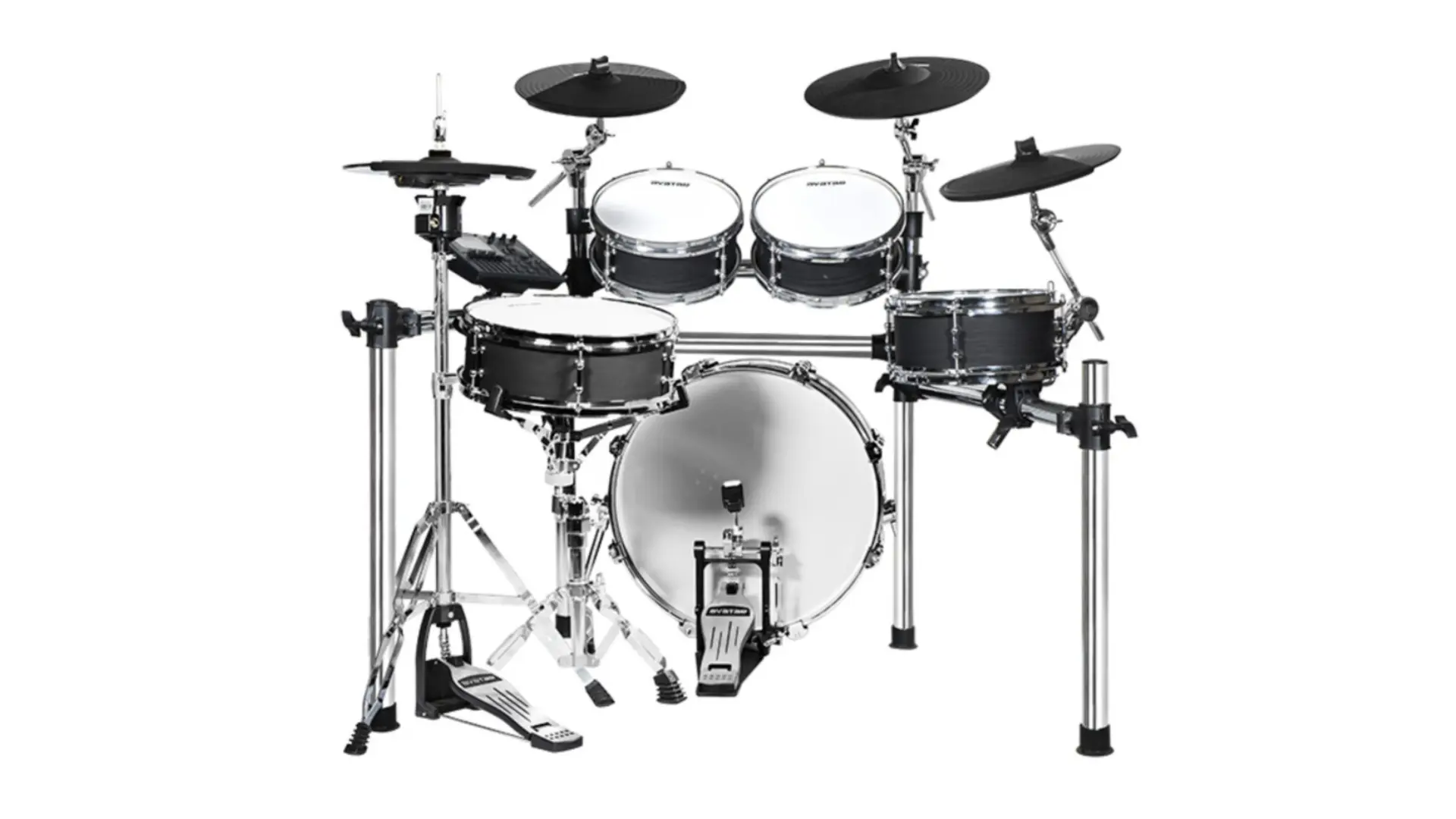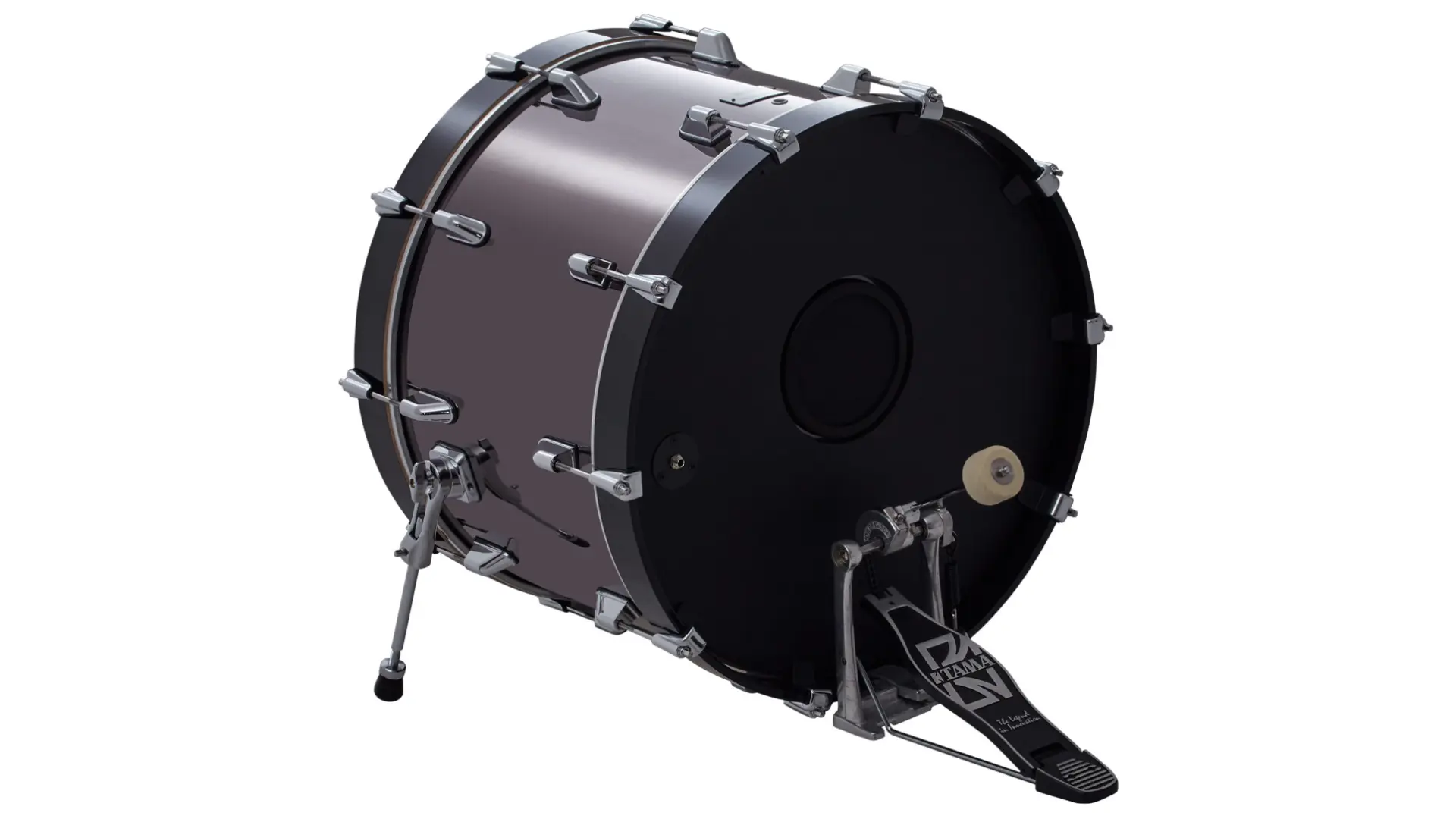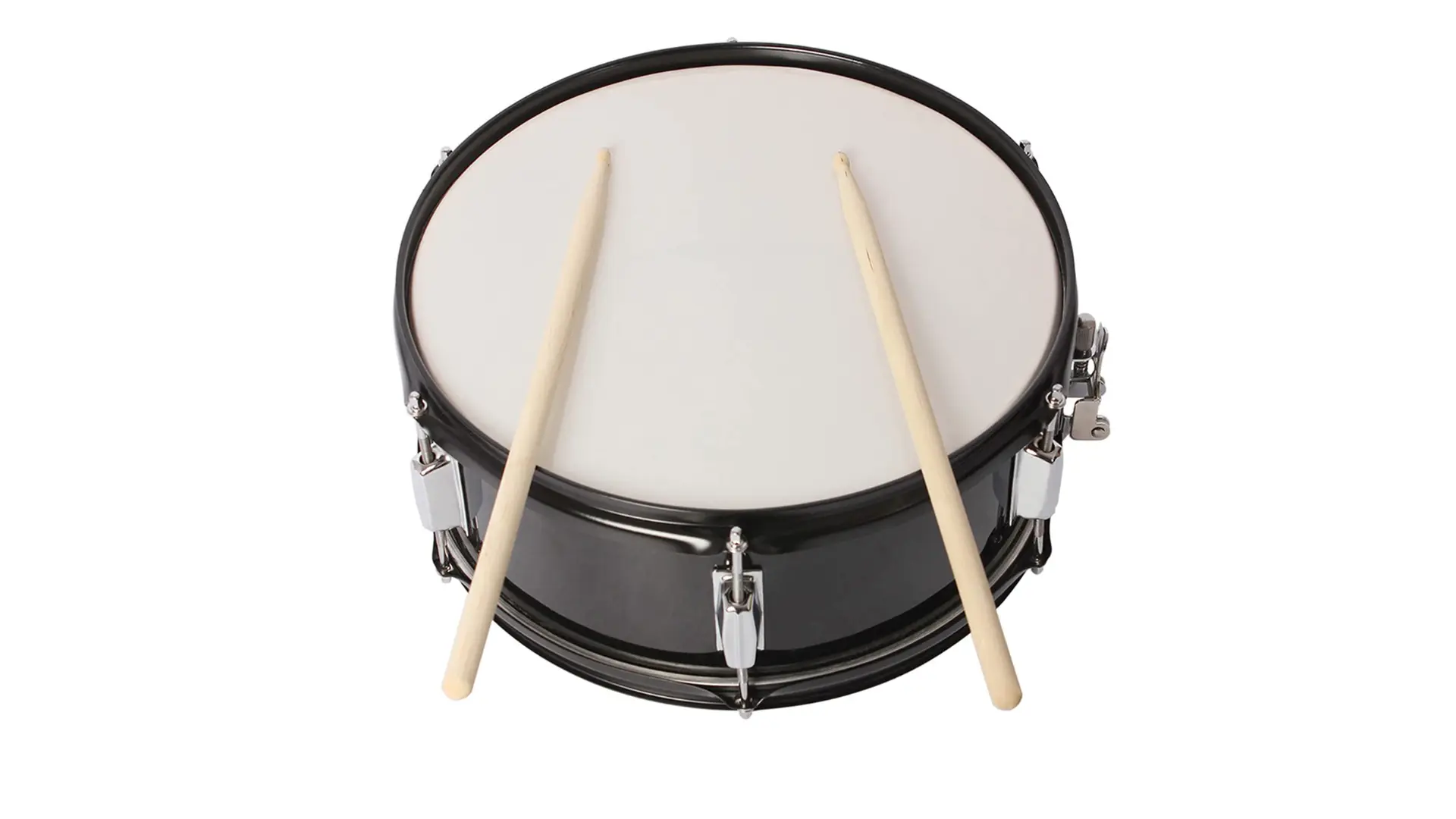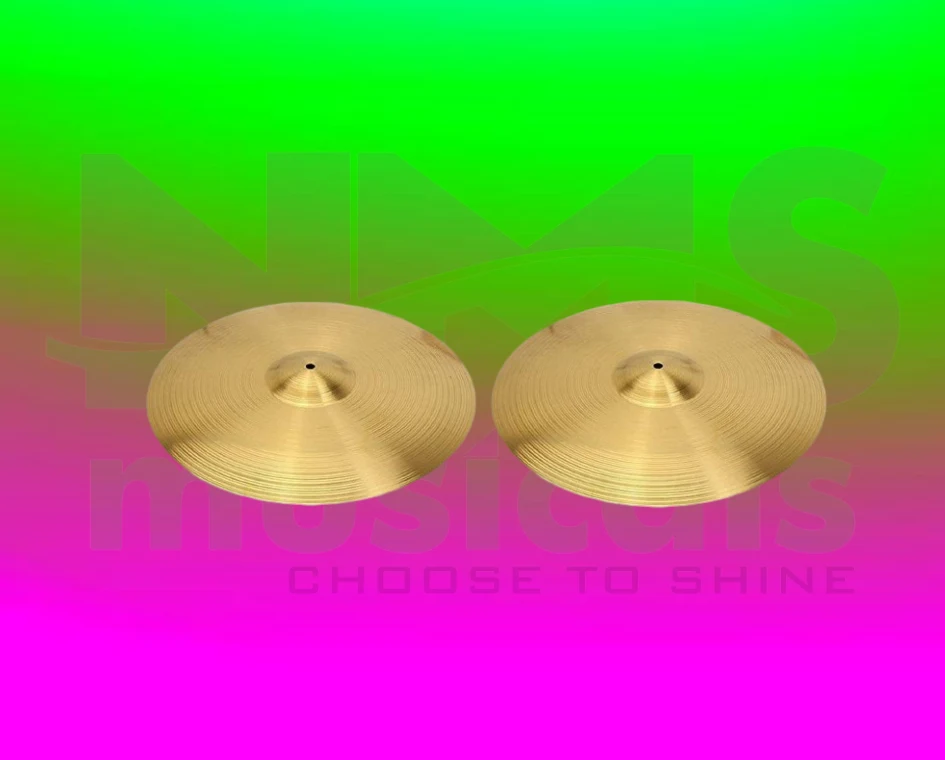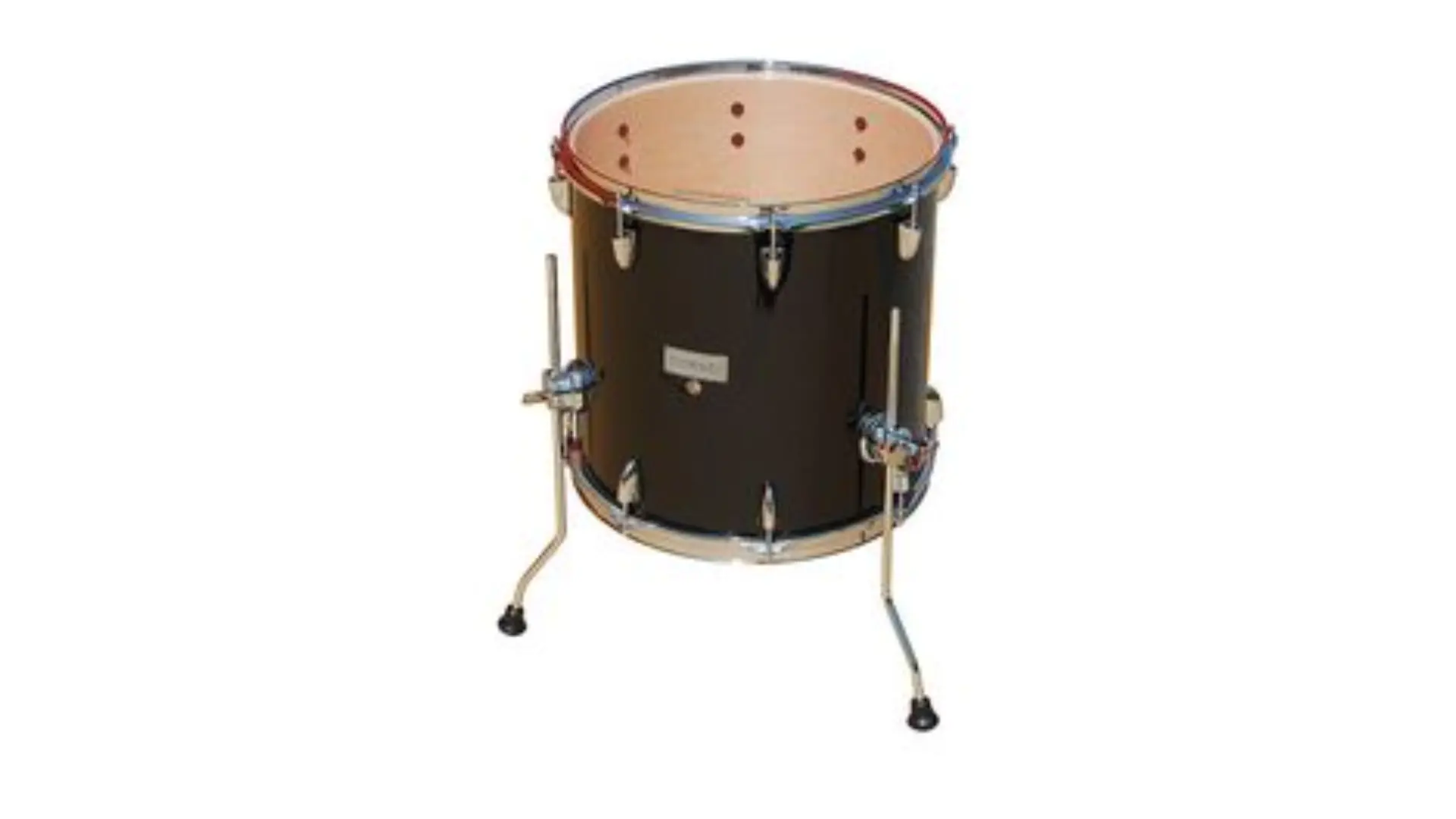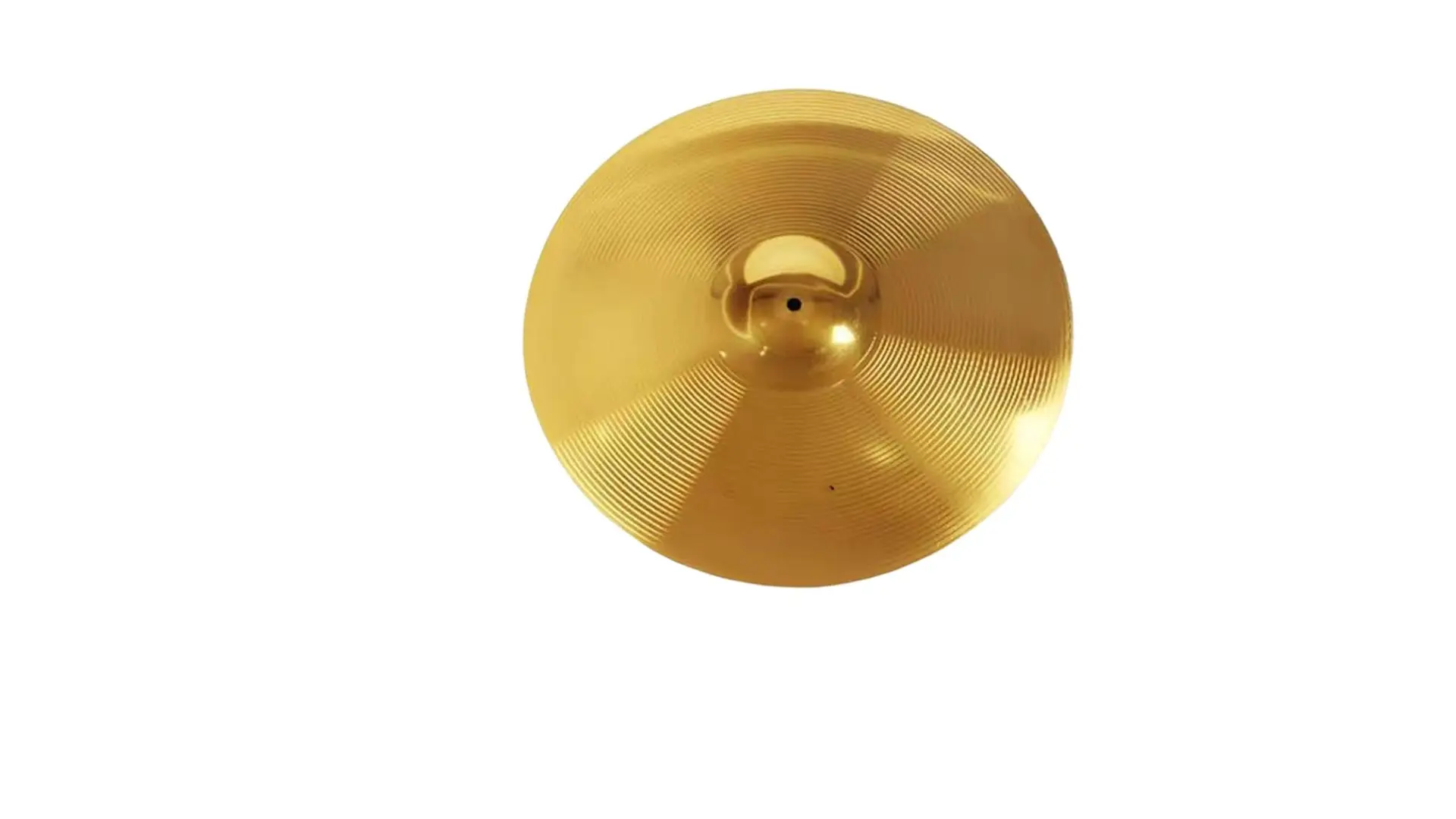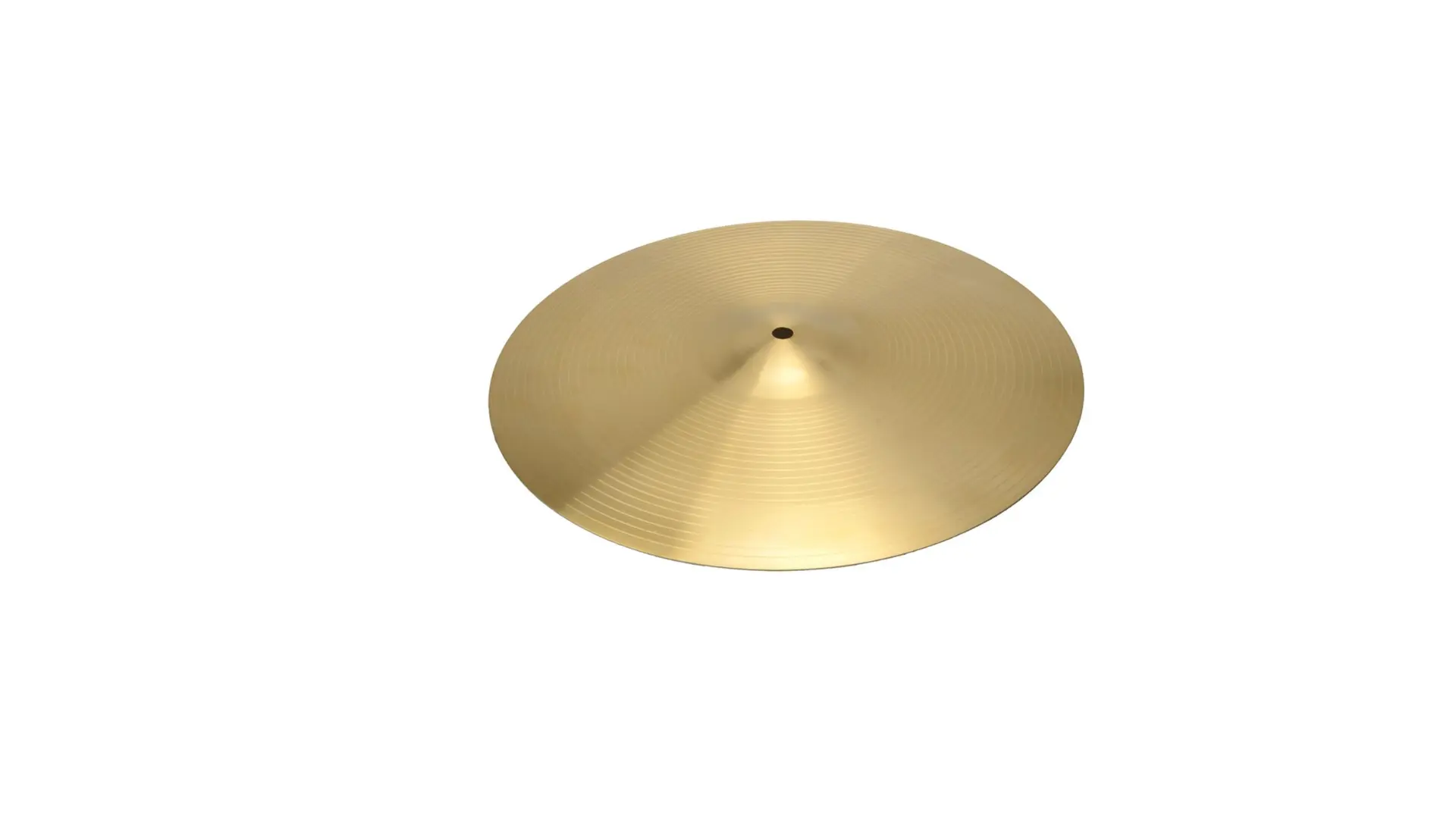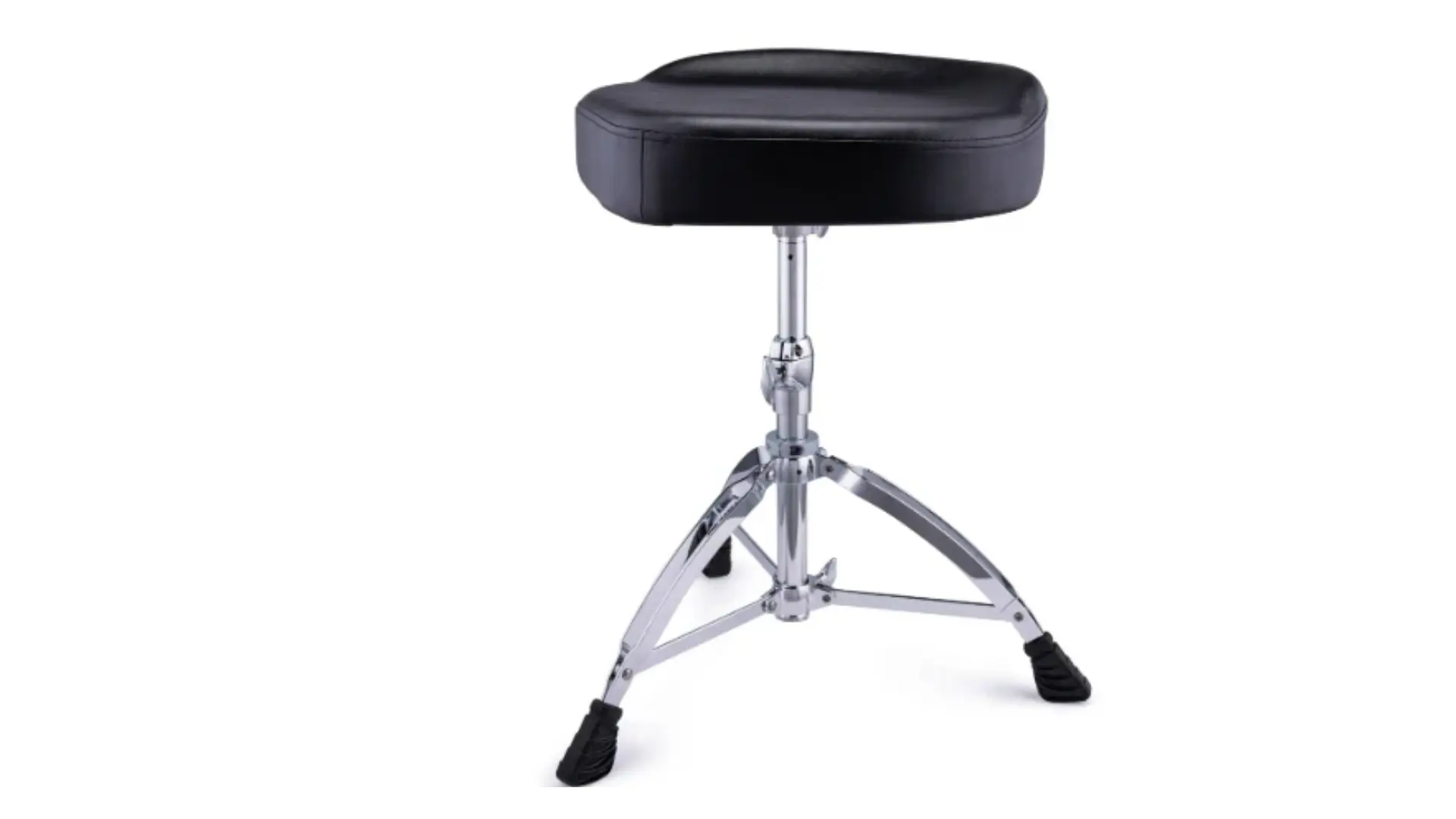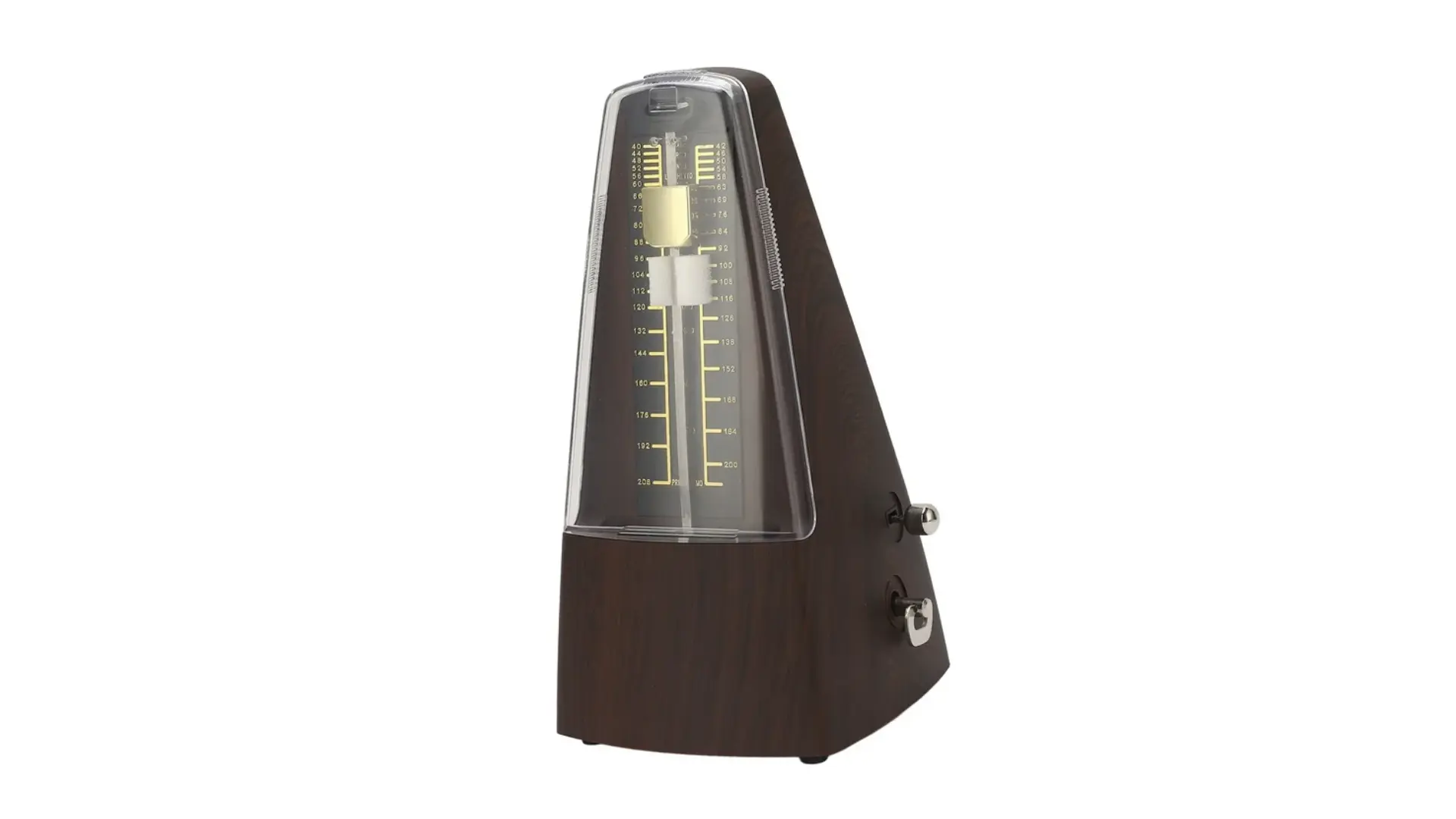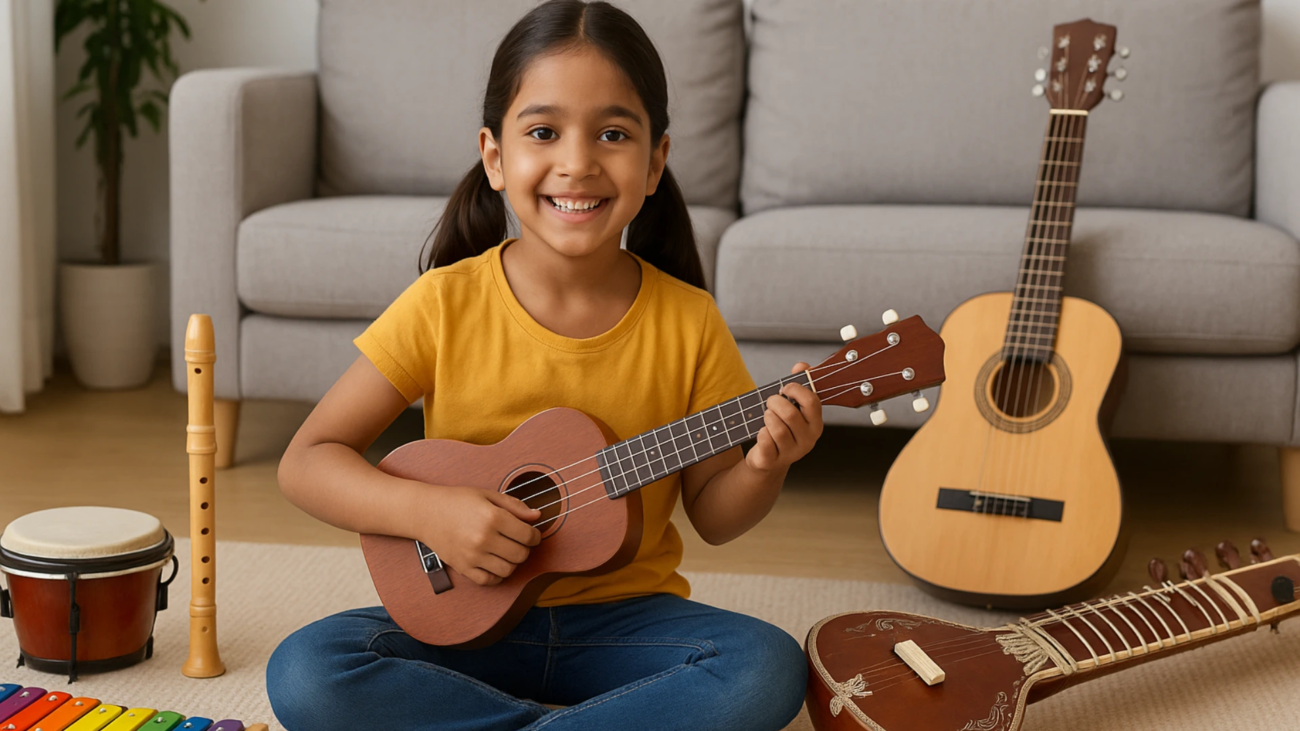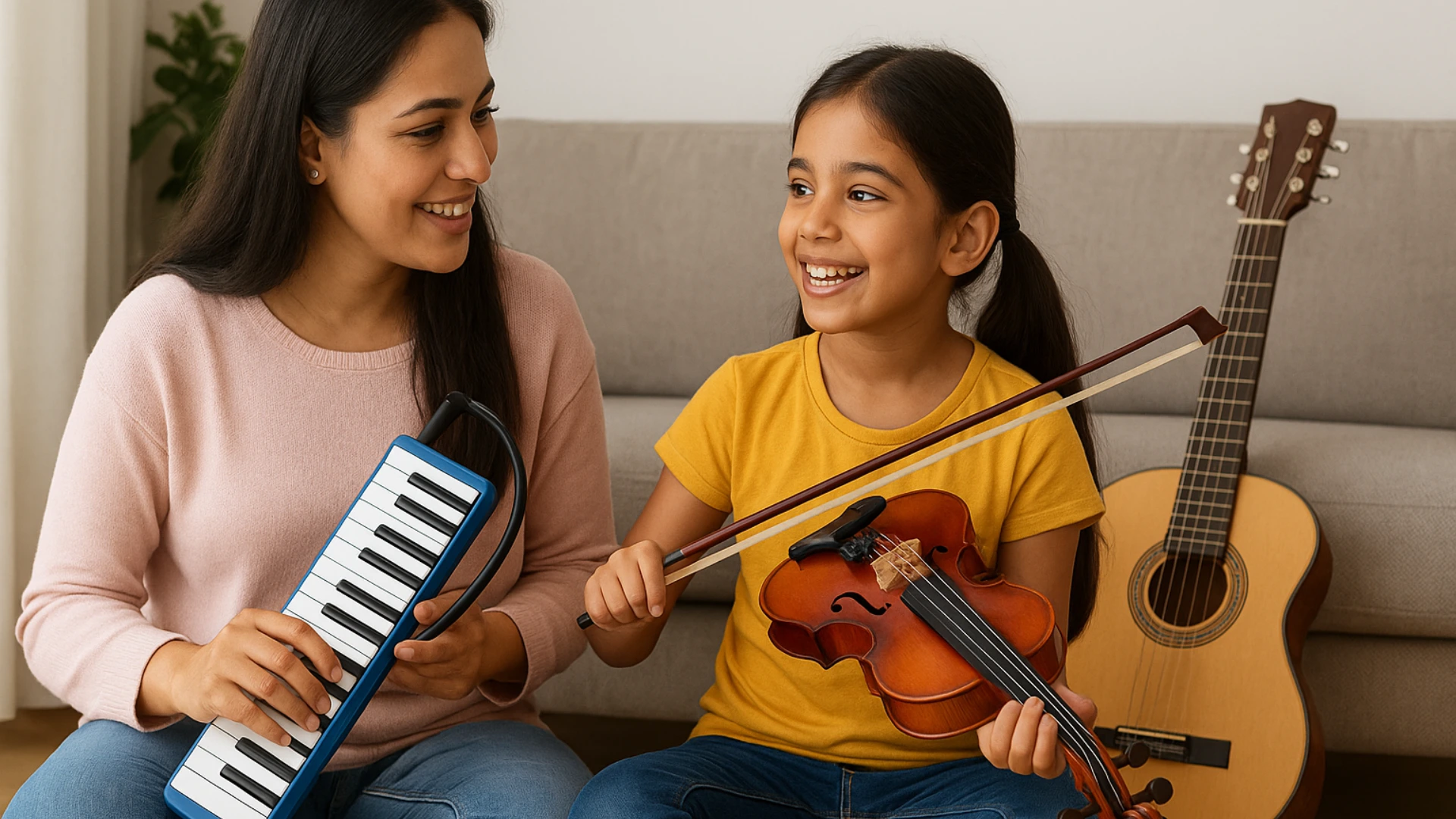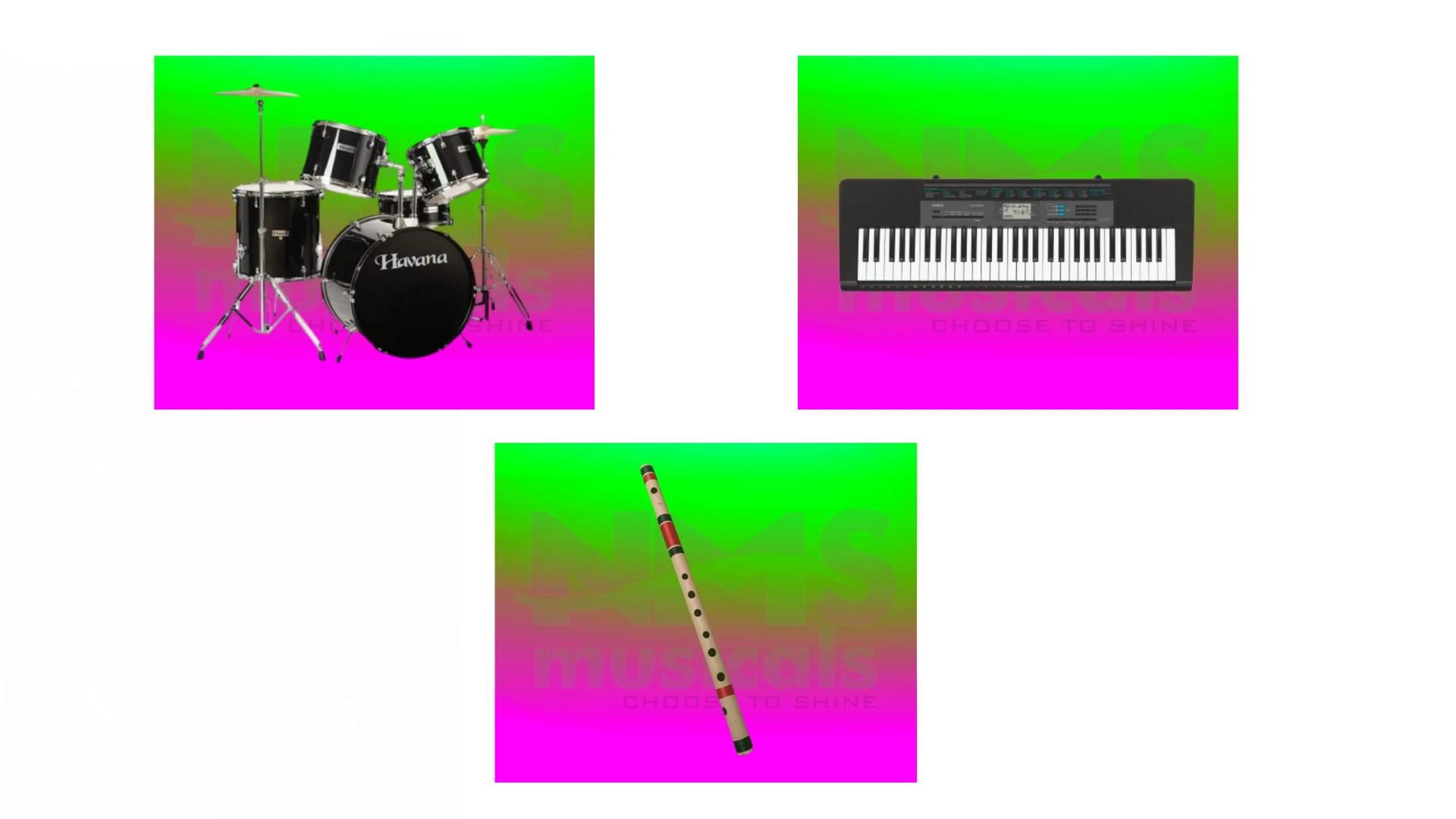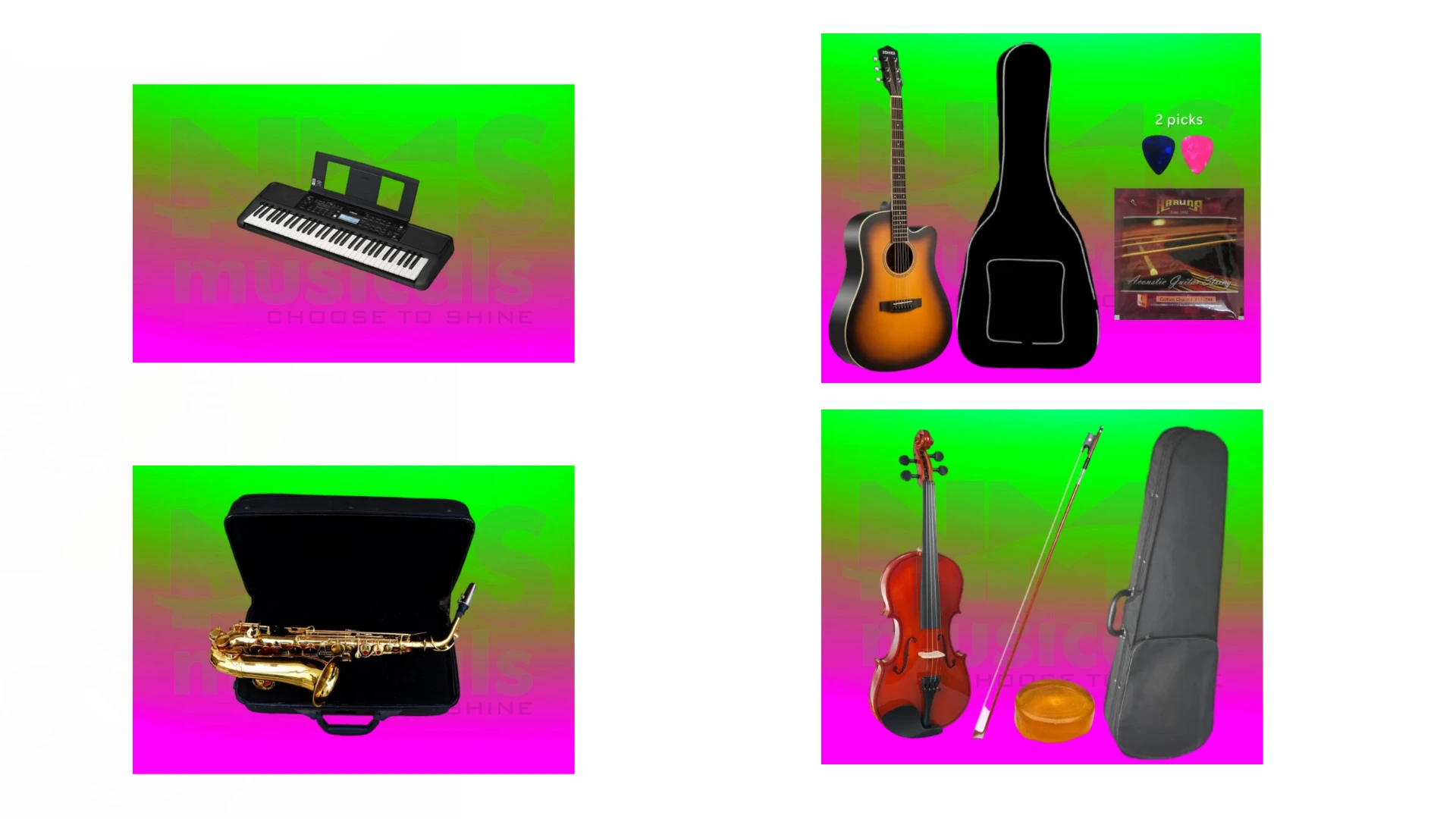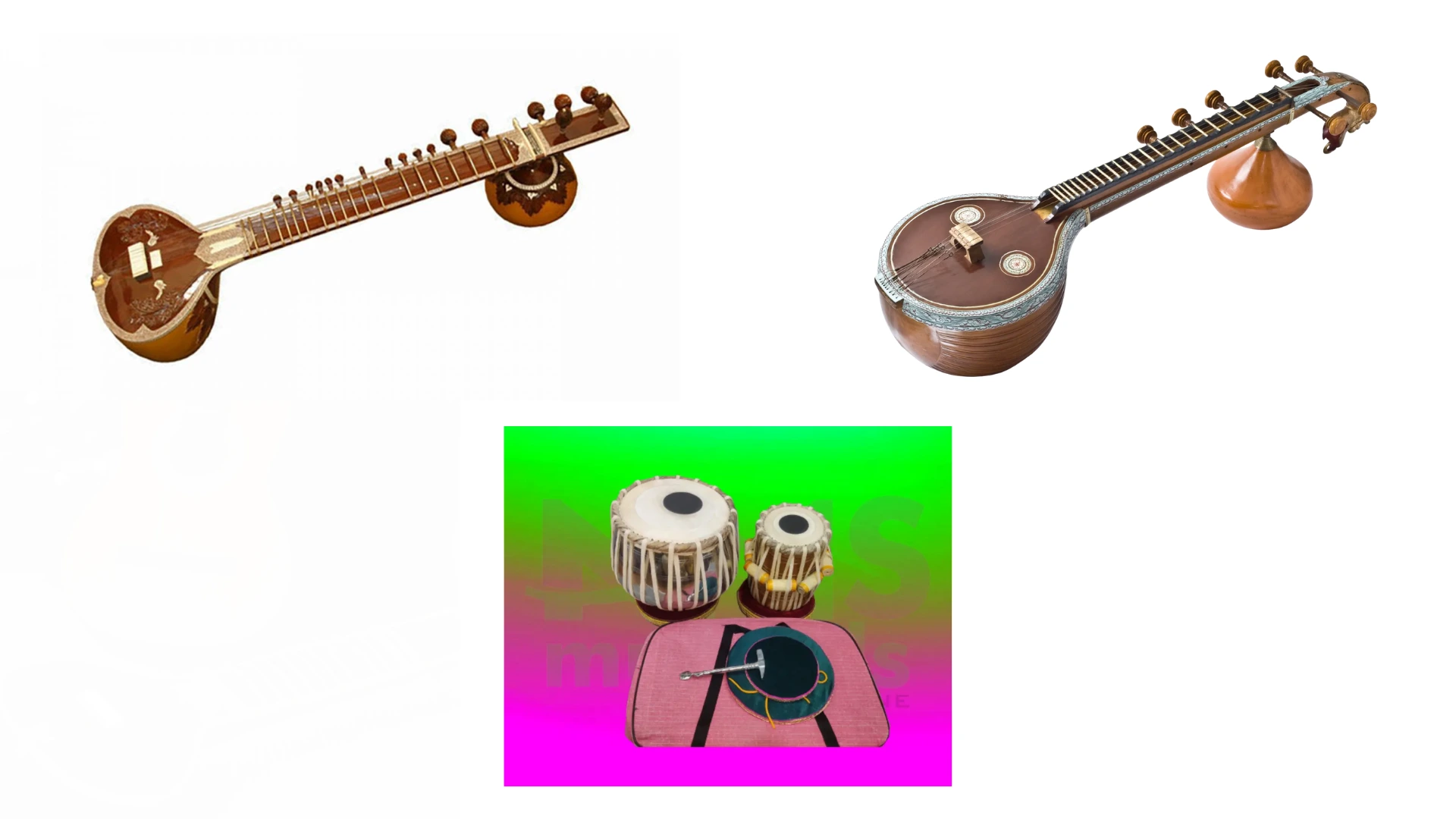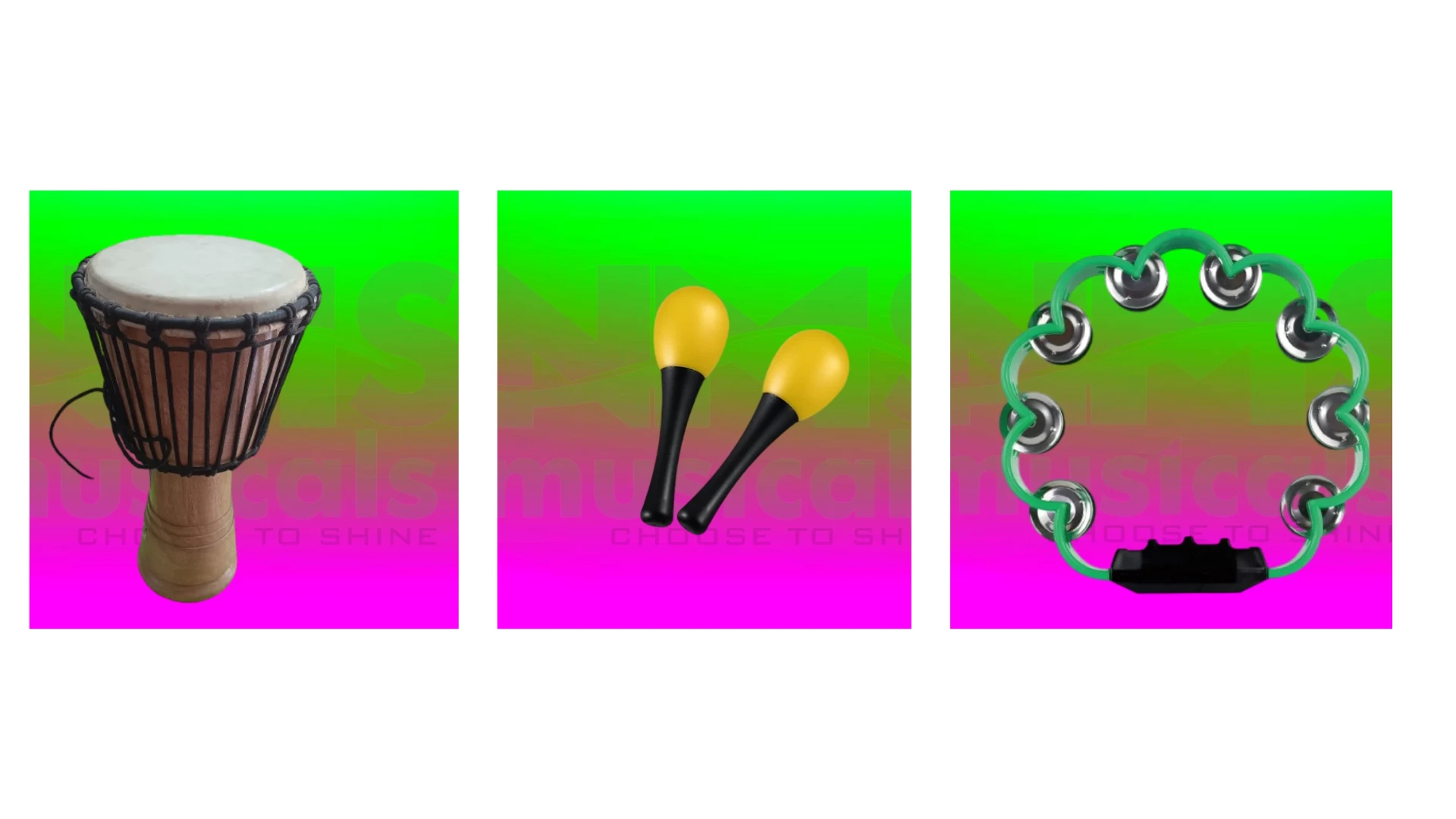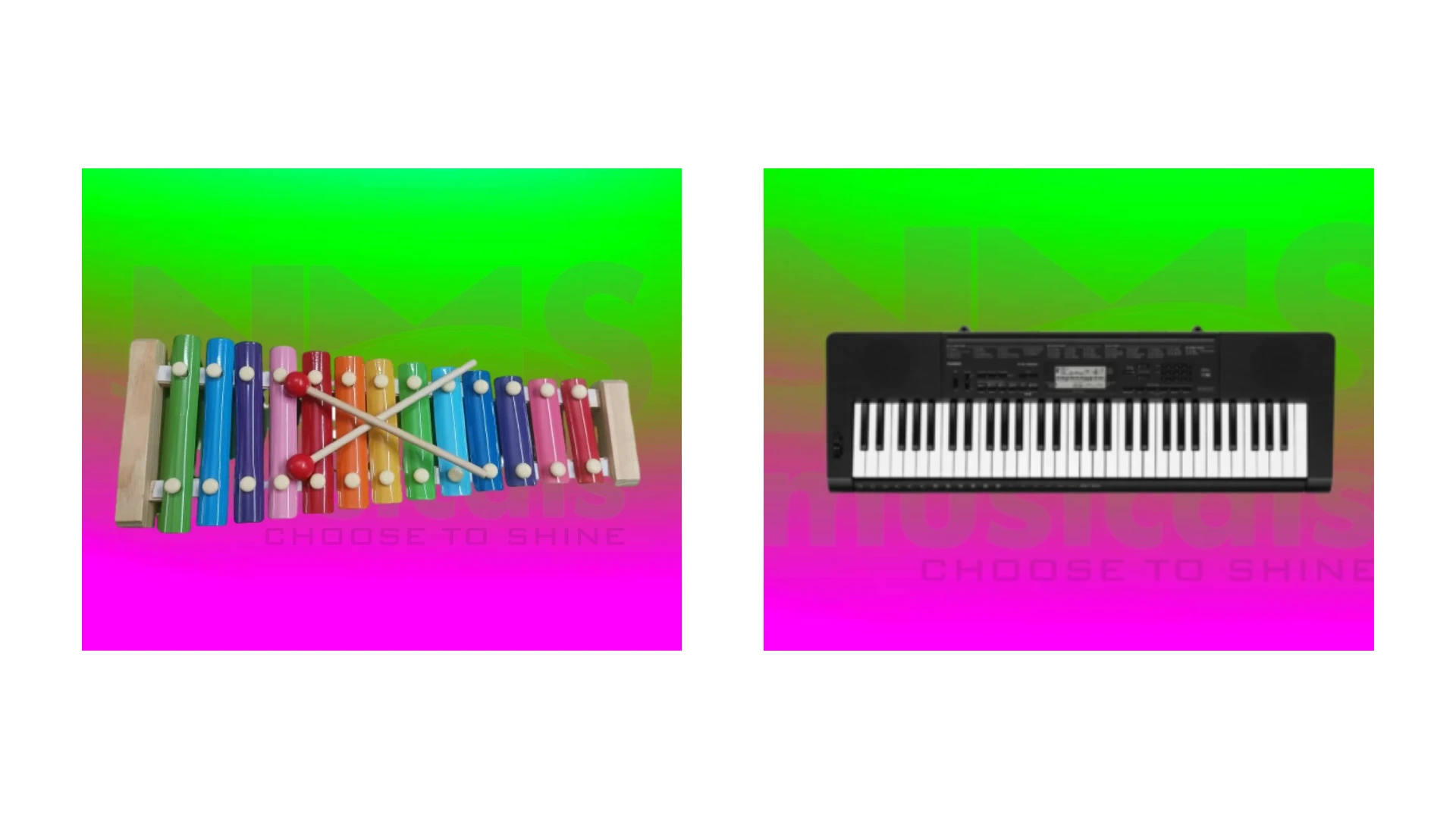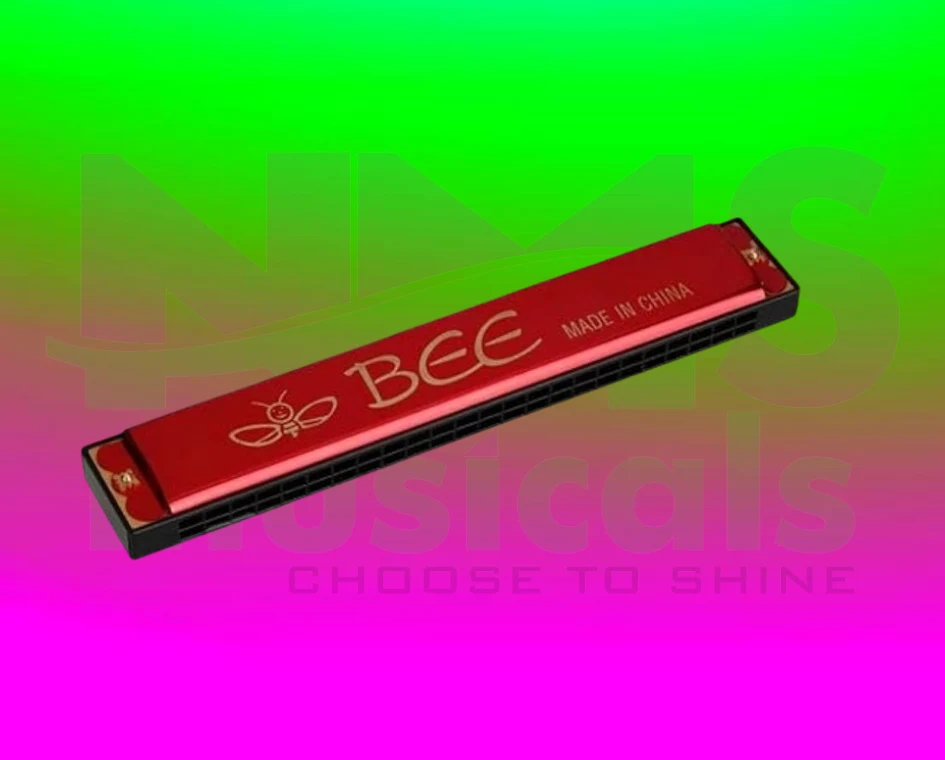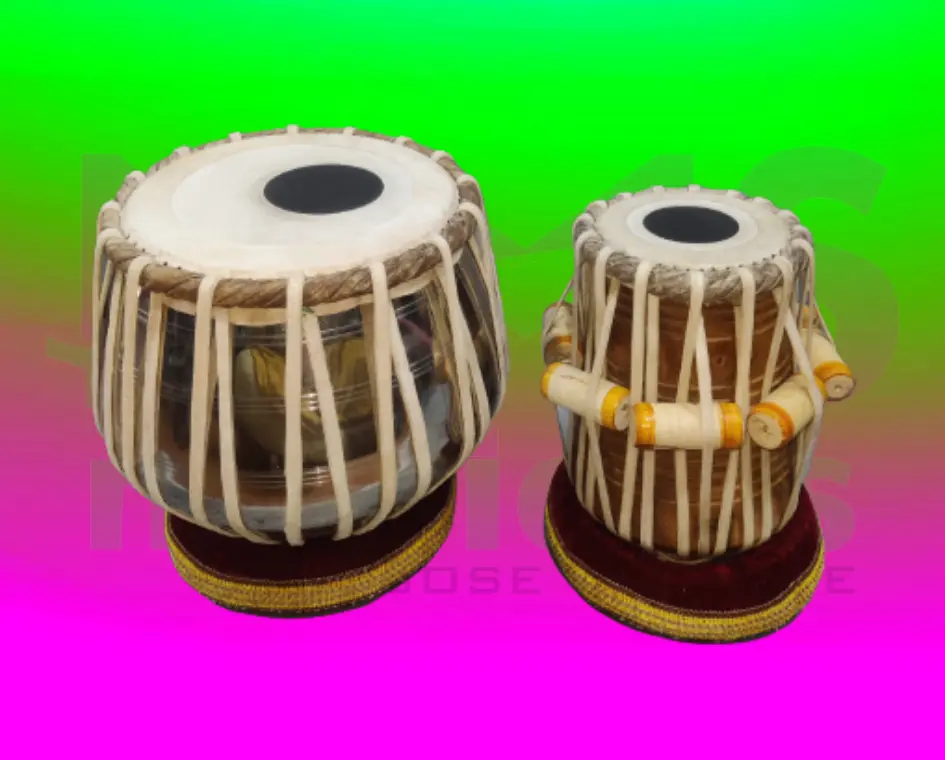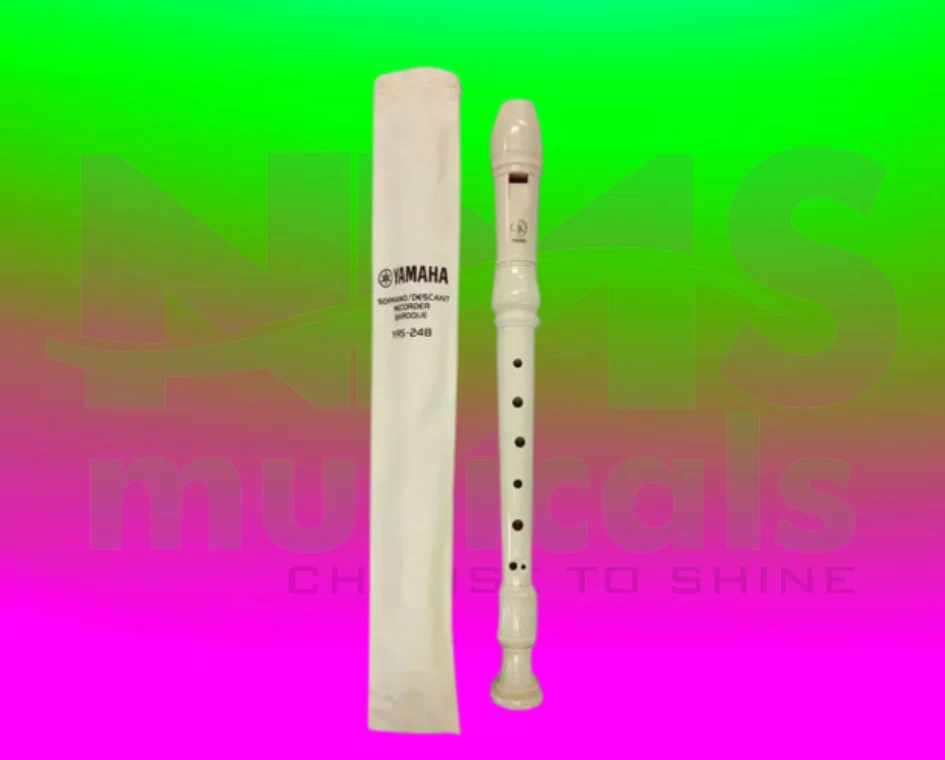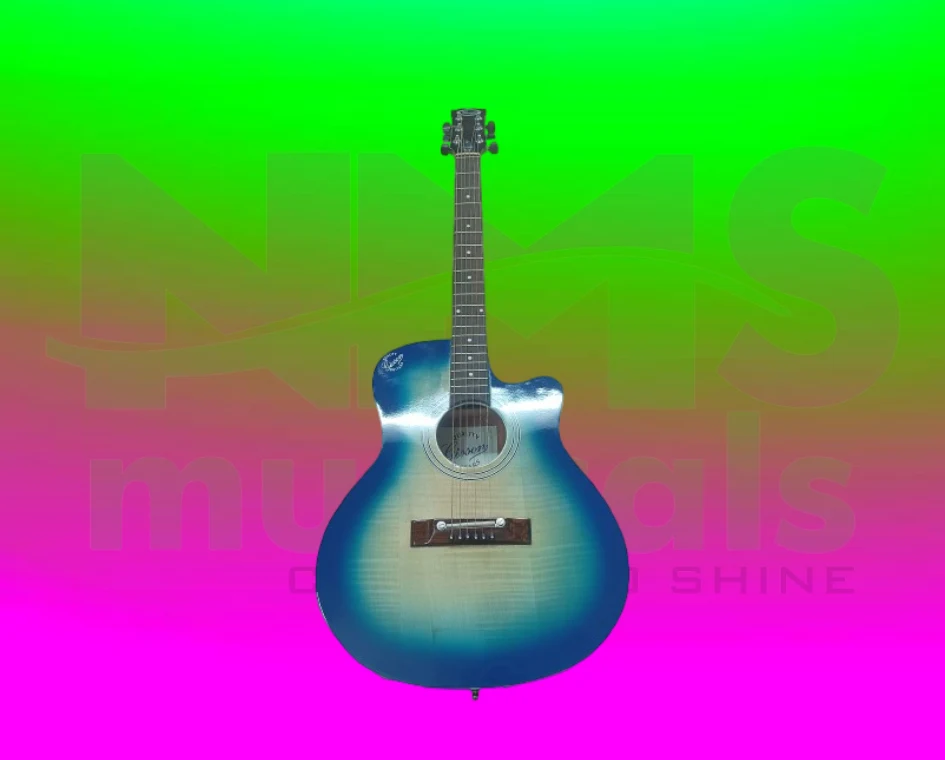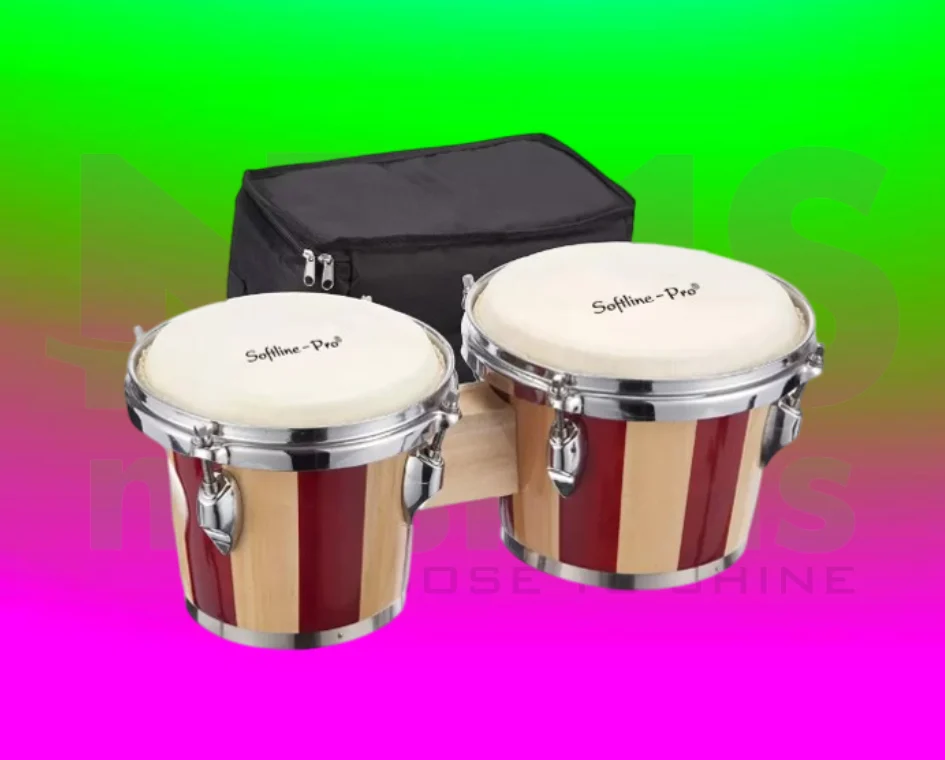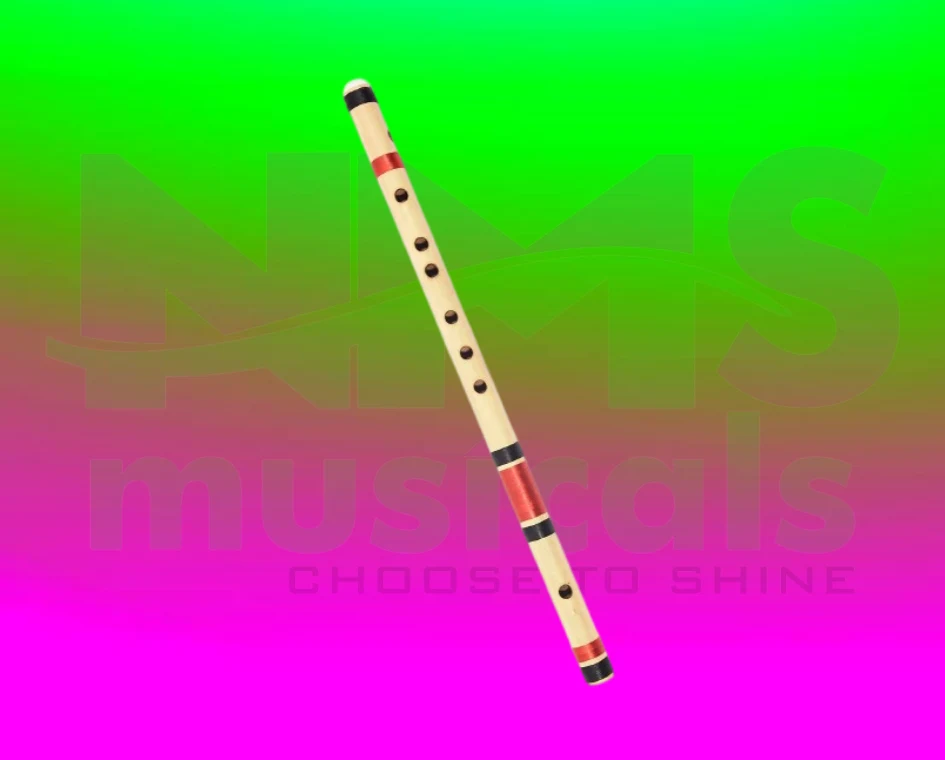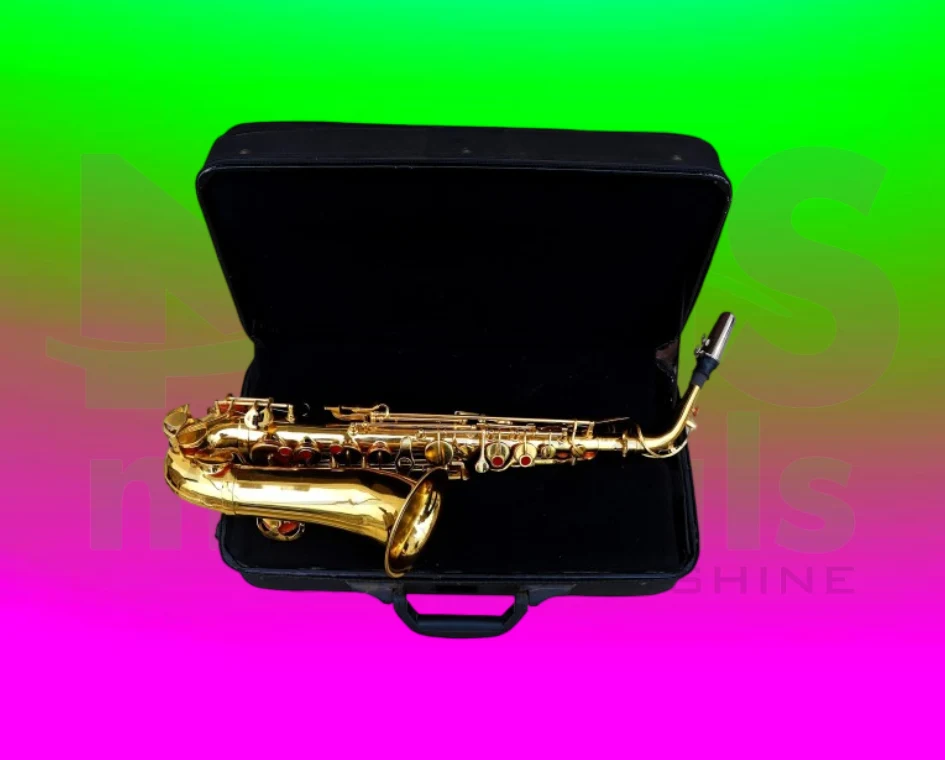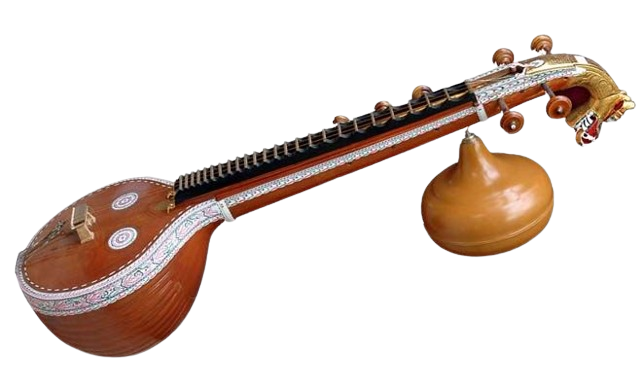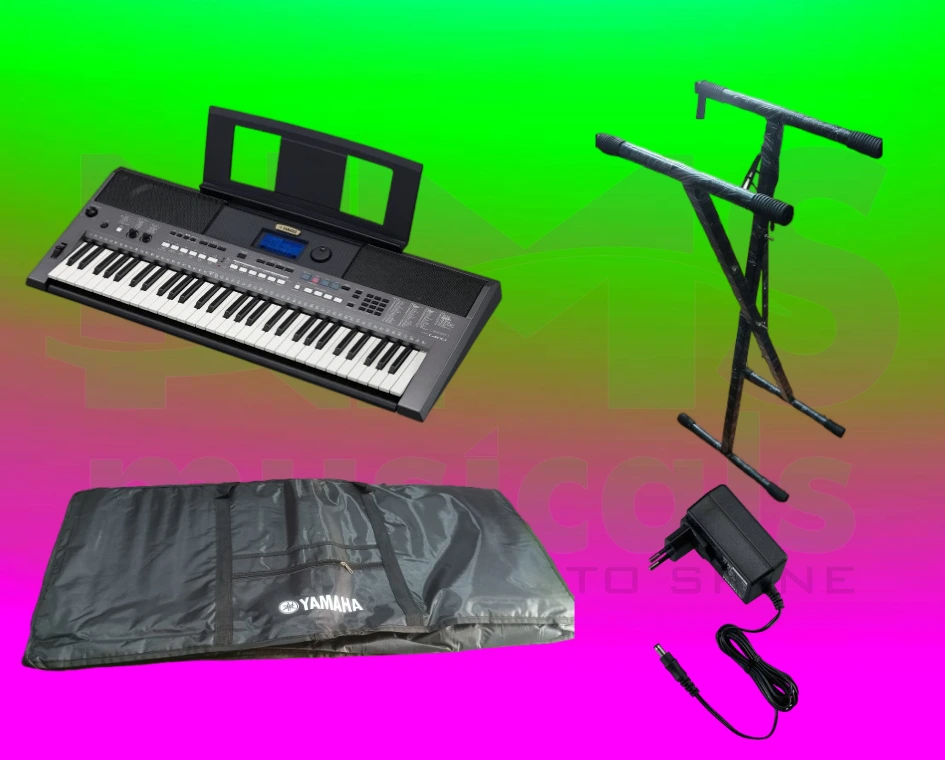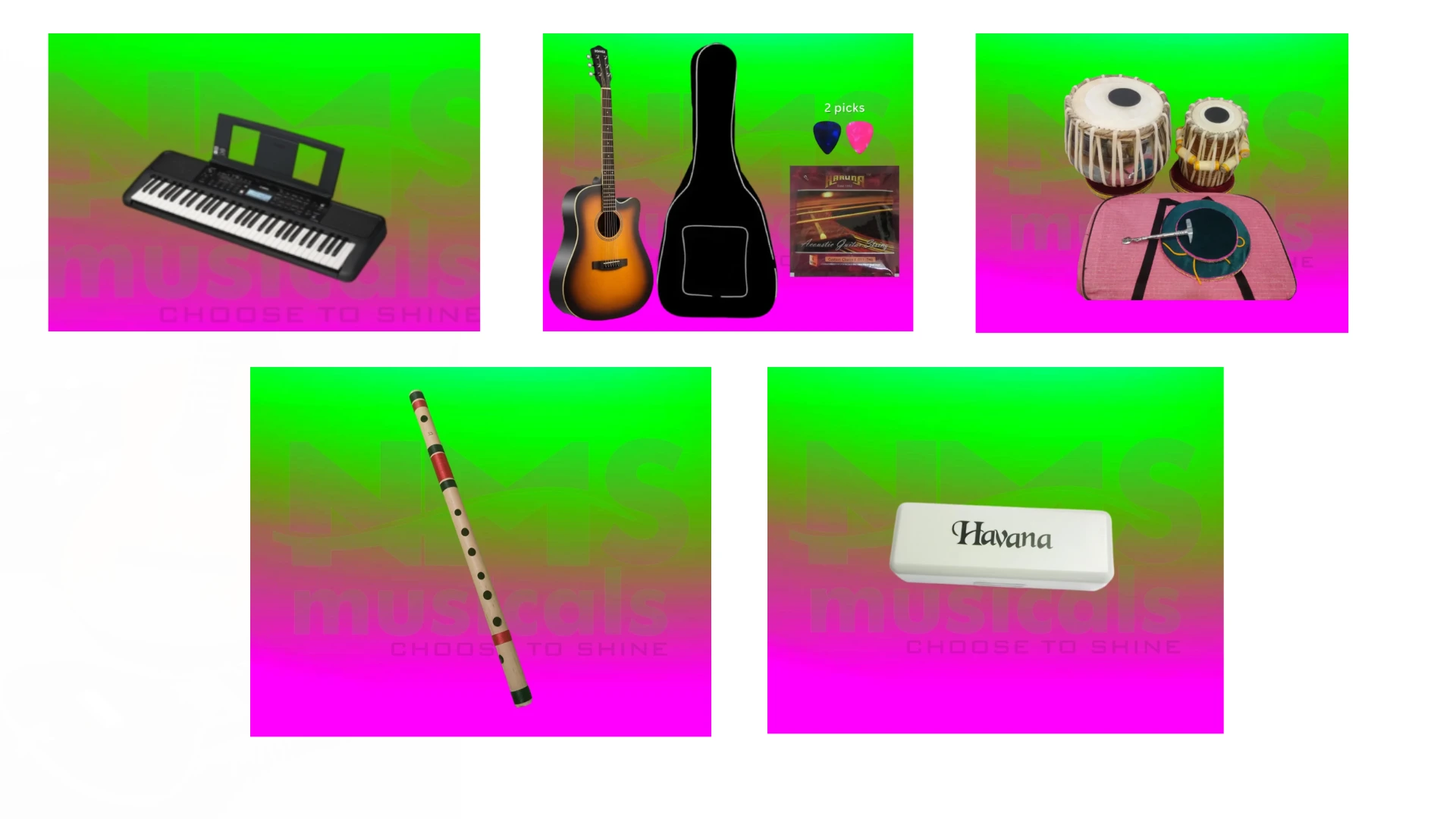Learn Cello as an Adult Beginner with confidence through this inspiring guide
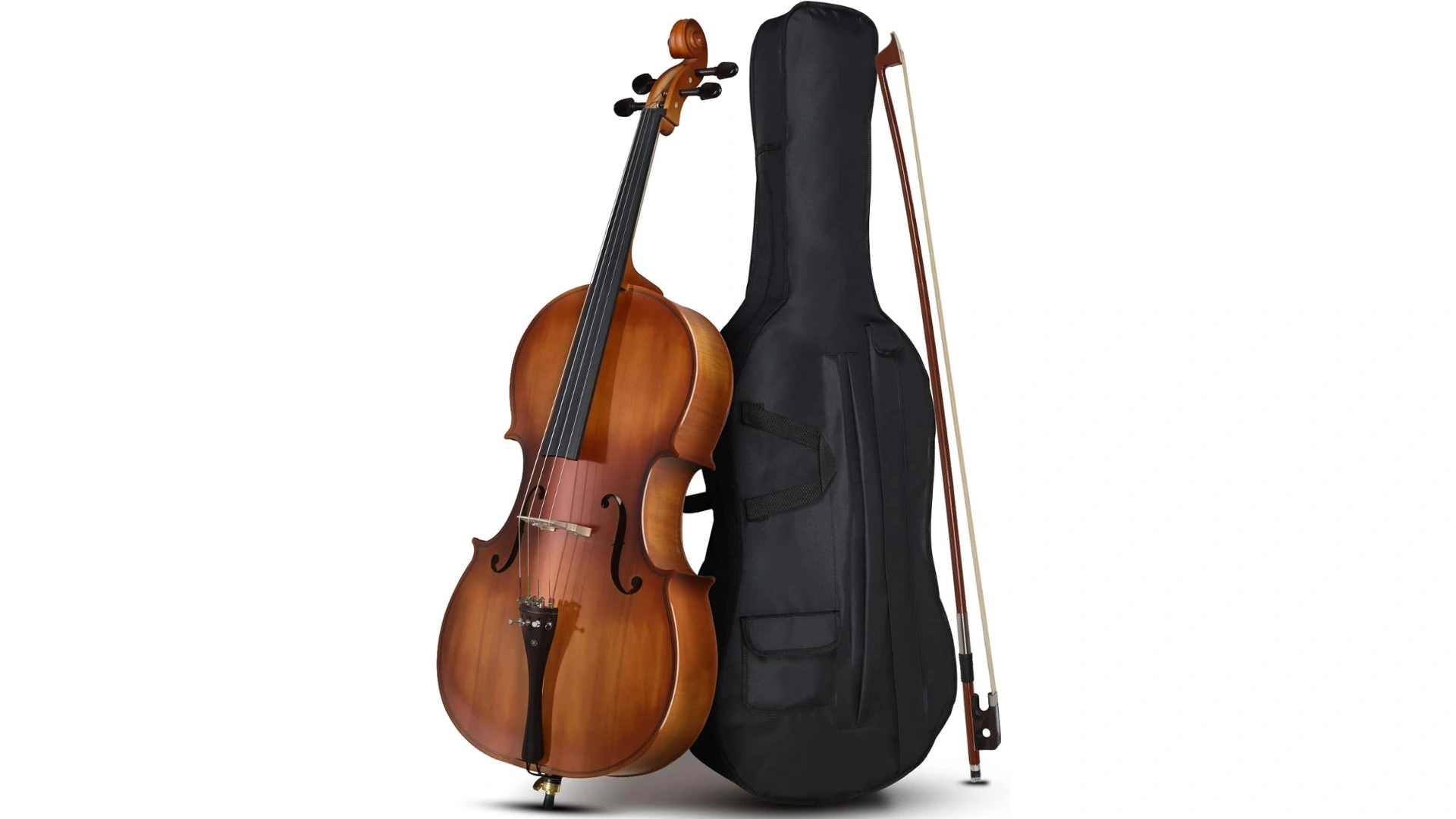
Music has a universal charm, and the beauty of learning an instrument is that it’s never too late to start. For adults looking to enrich their lives, the cello emerges as one of the most rewarding instruments to learn.
With its deep, resonant tones and ability to evoke emotion, the cello holds a special place in both classical and contemporary music. In India, interest in Western classical instruments has been growing, and adults are increasingly turning toward the cello for its versatility and soulful nature.
This blog will explain in detail why the cello is a great instrument for adults to learn, its benefits, practical tips for beginners, and how Indian learners can begin their journey with guidance and quality instruments from trusted music shops like NMS Musicals in Pondicherry and Chennai.
1. The Unique Charm of the Cello for Adults
The cello is often described as the instrument that most closely resembles the human voice. Its wide range allows it to produce both deep, powerful bass notes and bright, lyrical melodies. For adults, this makes the learning experience emotionally fulfilling and intellectually stimulating. Unlike smaller string instruments such as the violin, the cello’s size provides a more grounded, physical connection to the music, which many adult learners find rewarding.
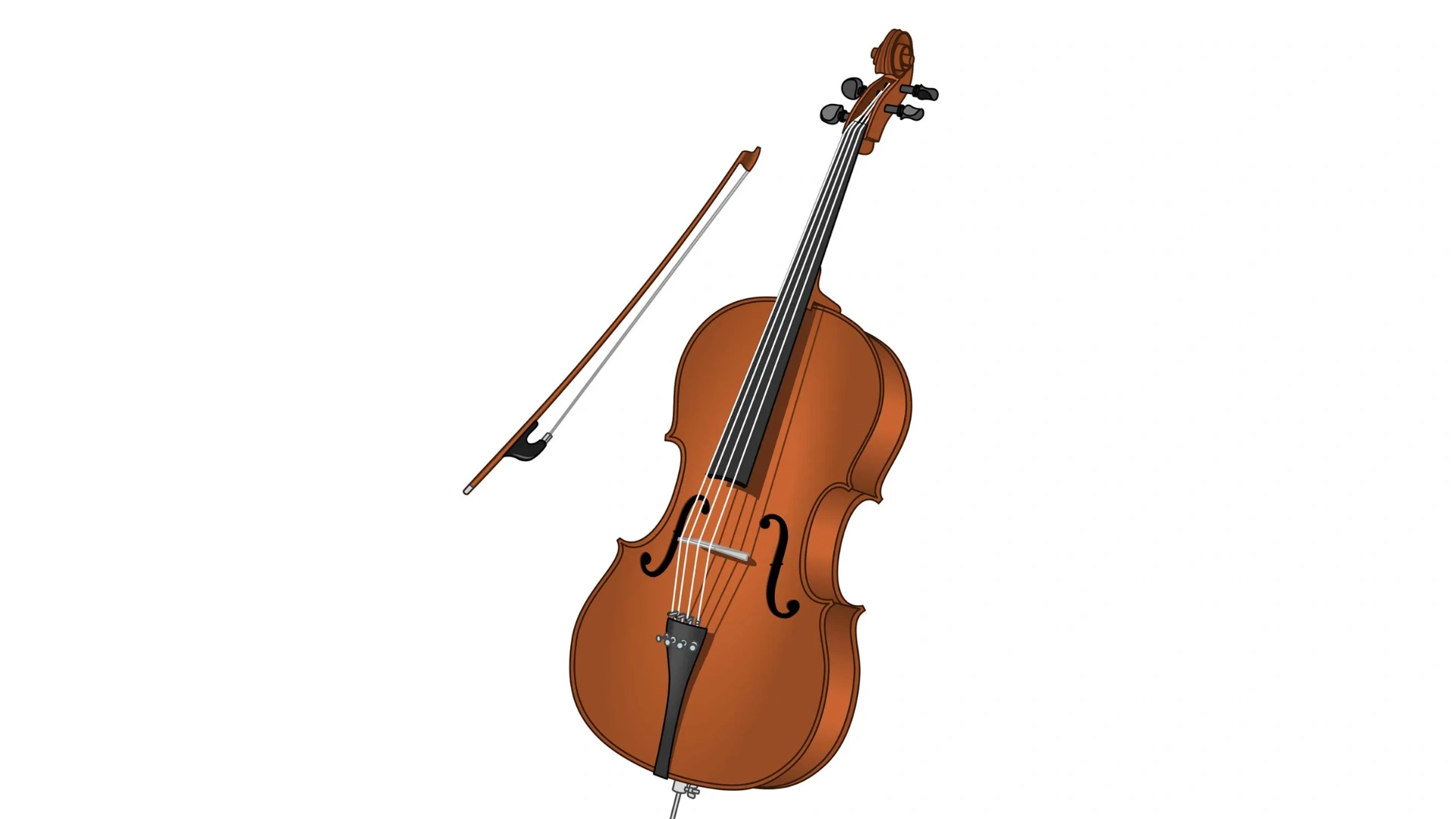
2. Emotional and Mental Benefits of Learning the Cello
Learning any instrument brings cognitive and emotional advantages, but the cello stands out for several reasons:
1. Stress Relief
The warm, soothing tones of the cello help reduce stress and anxiety, making it a form of musical therapy for adults balancing work and family responsibilities.
2. Cognitive Enhancement
Playing the cello involves reading music, coordinating both hands, and maintaining posture, all of which boost memory, focus, and problem-solving skills.
3. Emotional Expression
Adults often seek creative outlets, and the cello provides a channel to express emotions that words cannot.
3. Physical Advantages for Adult Learners
Many assume that string instruments are only suitable for young learners, but the cello proves otherwise.
1. Comfortable Posture
Unlike the violin, which requires playing under the chin, the cello rests between the knees, making it more ergonomic for adults.
2. Improves Motor Skills
Cello playing refines coordination between the bow hand and finger placements.
3. Builds Core Strength
Proper posture while playing the cello naturally engages the back and core muscles, promoting better body alignment.
4. The Cello’s Versatility in Indian Music Context
While traditionally associated with Western classical compositions, the cello is finding its way into Indian fusion, film music, and contemporary ensembles. Renowned Indian cellists are blending Carnatic and Hindustani styles with cello tones, showing its adaptability. For adults in India, learning the cello not only connects them to global music traditions but also provides opportunities to explore unique fusion sounds.
5. Practical Tips for Adults Learning the Cello
1. Choose the Right Instrument
Selecting a quality cello is the first step. Beginners in India can explore affordable yet durable cellos at NMS Musicals in Pondicherry and Chennai, where expert staff can guide you based on budget and skill level.
2. Start with Professional Guidance
While self-learning is possible, adults benefit greatly from structured lessons, either online or in person.
3. Set Realistic Goals
Adults should set achievable milestones, such as learning one piece every few weeks, instead of aiming for rapid progress.
4. Practice Consistently
Even 20–30 minutes a day can lead to steady improvement over time.
5. Record Your Progress
Recording practice sessions helps in tracking improvement and identifying areas for growth.
6. Overcoming Common Challenges for Adult Learners
1. Time Management
Balancing family, work, and music practice can be difficult. Adults should create a weekly practice schedule that aligns with their routine.
2. Patience with Progress
Unlike children, adults may progress slower in terms of muscle memory. Patience and consistent effort are key.
3. Finding the Right Teacher
Look for instructors experienced in teaching adults, as their approach differs from training younger students.
7. Why Buy Your Cello from NMS Musicals in India
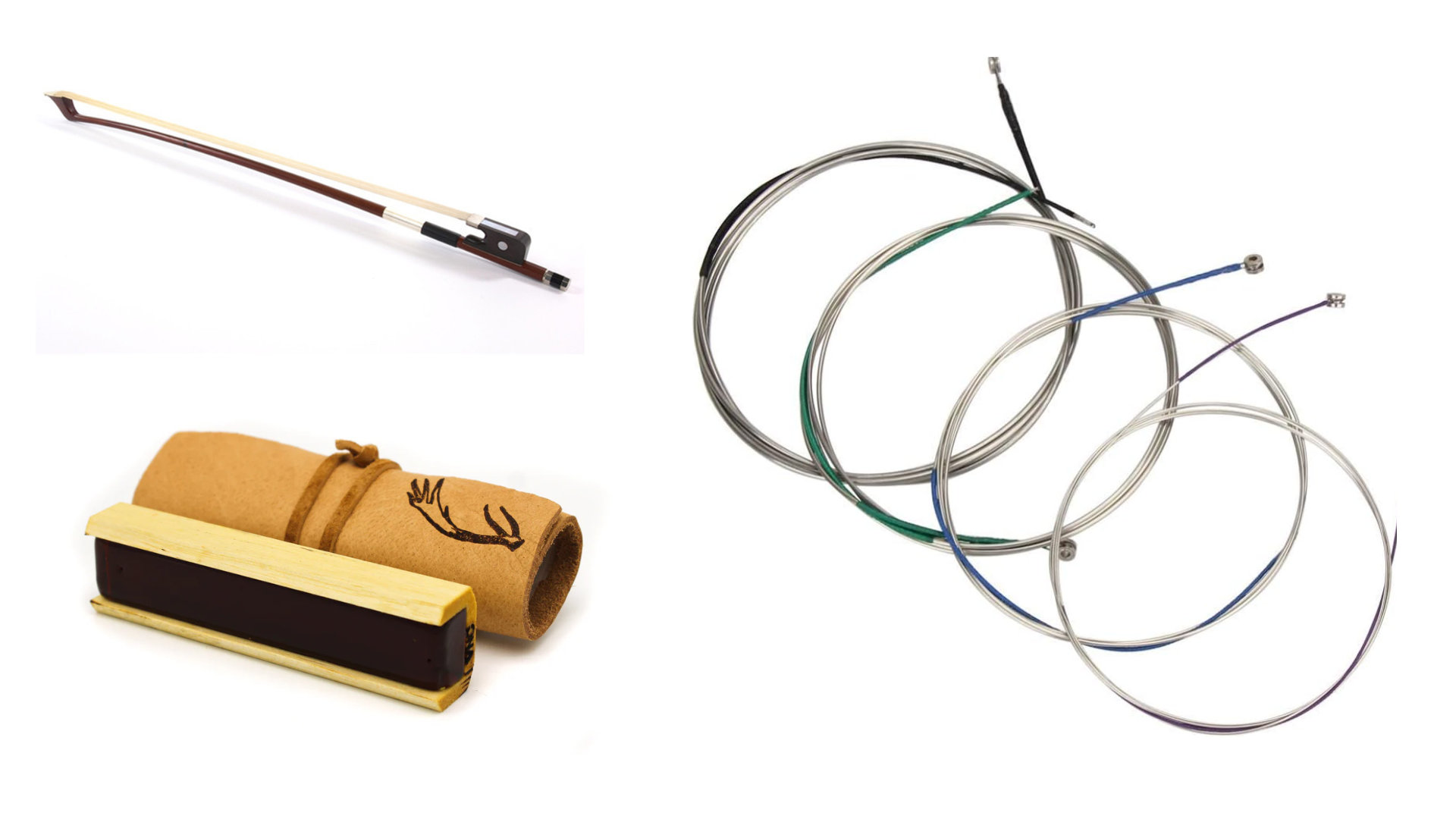
When starting your cello journey, choosing the right instrument is crucial. At NMS Musicals (Pondicherry & Chennai), learners can find:
- A wide range of beginner and professional cellos.
- Expert guidance to help select the right size and model.
- Accessories such as cello bows, strings, and rosin to ensure complete setup.
- Affordable rental and purchase options for adult learners.
By starting with a trusted shop, Indian learners can avoid common pitfalls like poor instrument quality, which can hinder progress.
8. The Joy of Playing the Cello in India
Imagine sitting in your living room in Chennai, playing soulful cello melodies that echo through the space, or performing fusion music with friends in Pondicherry. The cello opens doors not just to personal joy but also to community performances, collaborations, and even online showcases. Adults in India are increasingly discovering the cello as a lifelong companion that enriches both personal and social life.
Conclusion
The journey of learning an instrument as an adult is both empowering and rewarding. Among the many options available, the cello stands out as a truly great instrument for adults to learn. Its emotional depth, physical comfort, versatility, and role in both global and Indian music traditions make it an excellent choice.
For adults in India ready to embark on this musical journey, NMS Musicals in Pondicherry and Chennai is the perfect place to start. From quality instruments to expert guidance, you’ll find all you need to make your cello-learning experience both joyful and sustainable.
So, if you’ve been waiting to pick up an instrument as an adult, the cello might just be your perfect match. Start today, and let its rich tones become a part of your life’s soundtrack.
At NMS Musicals, we offer a comprehensive range of musical instruments, including percussion, string, wind, and keyboard instruments. Our services encompass sales, expert servicing, and the manufacture of leather instruments. Explore our diverse collection and find the perfect instrument to suit your musical needs.
Visit our website to browse our offerings: nmsmusicals.in
For a closer look at our products, check out our shop page: nmsmusicals.in/shop
Stay connected with us through our social media channels:
- Facebook: https://www.facebook.com/nmsmusicalinstruments/
- Instagram: https://www.instagram.com/nmsmusicals/?hl=en
- YouTube: youtube.com/@nmsmusicals
Our shop locations are:
- Puducherry: 149, Perumal Koil Street, Heritage Town, Puducherry, 605001.
Map Link: https://maps.app.goo.gl/ejDwBBFEJmd3szxk7 - Chennai: No: 1, 1st Floor, Kandigai Street, TVS Nagar, Korattur, Chennai – 600076.
Map Link: https://maps.app.goo.gl/7oXmB6X7KQsqeuuw9
For inquiries, contact/Whatsapp us at 9500663895 or email us at laxman.m89@gmail.com.
Discover the world of musical instruments with NMS Musicals today!
For a visual overview of our percussion instruments, watch the following video:


 Cart is empty
Cart is empty 